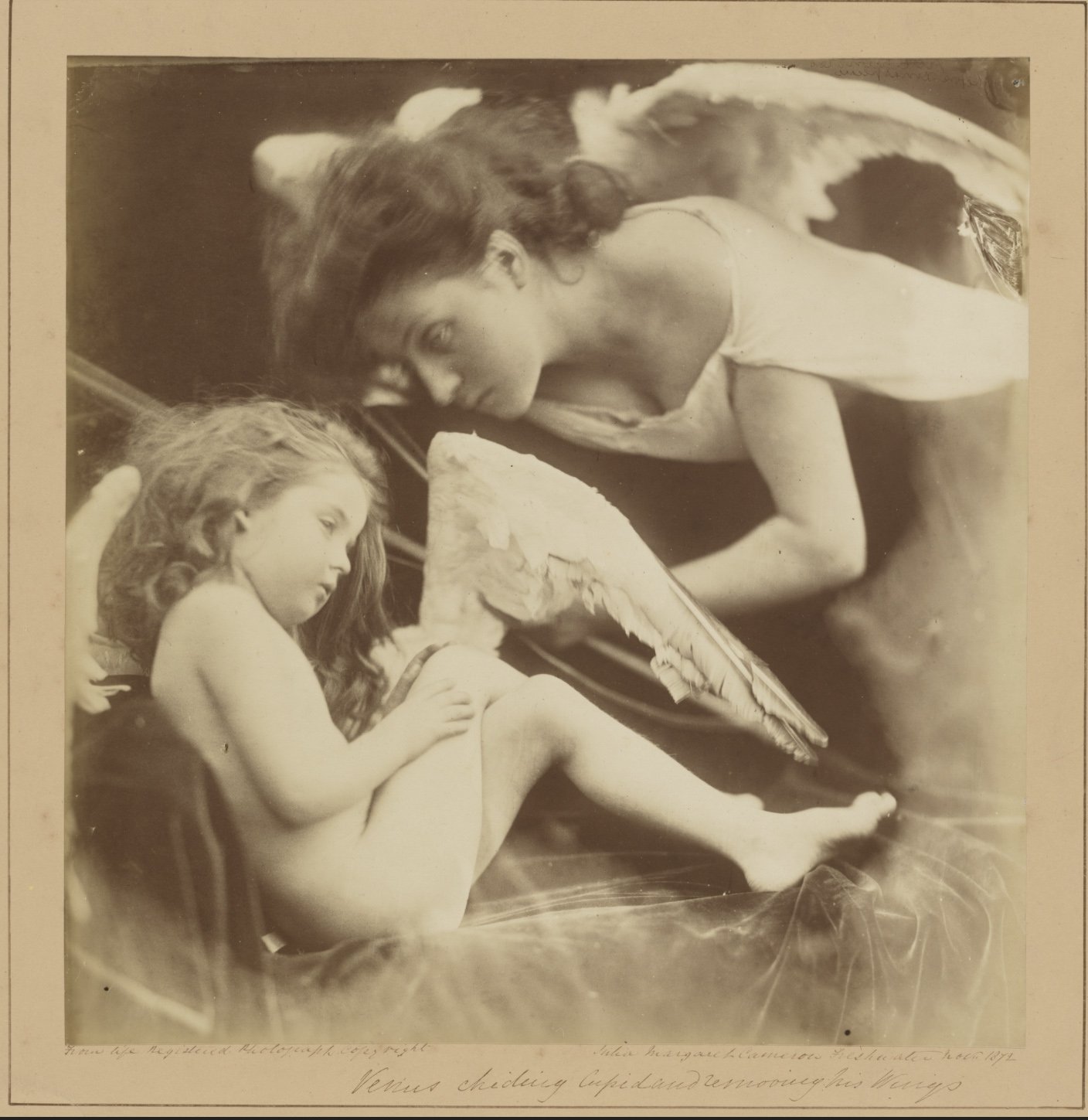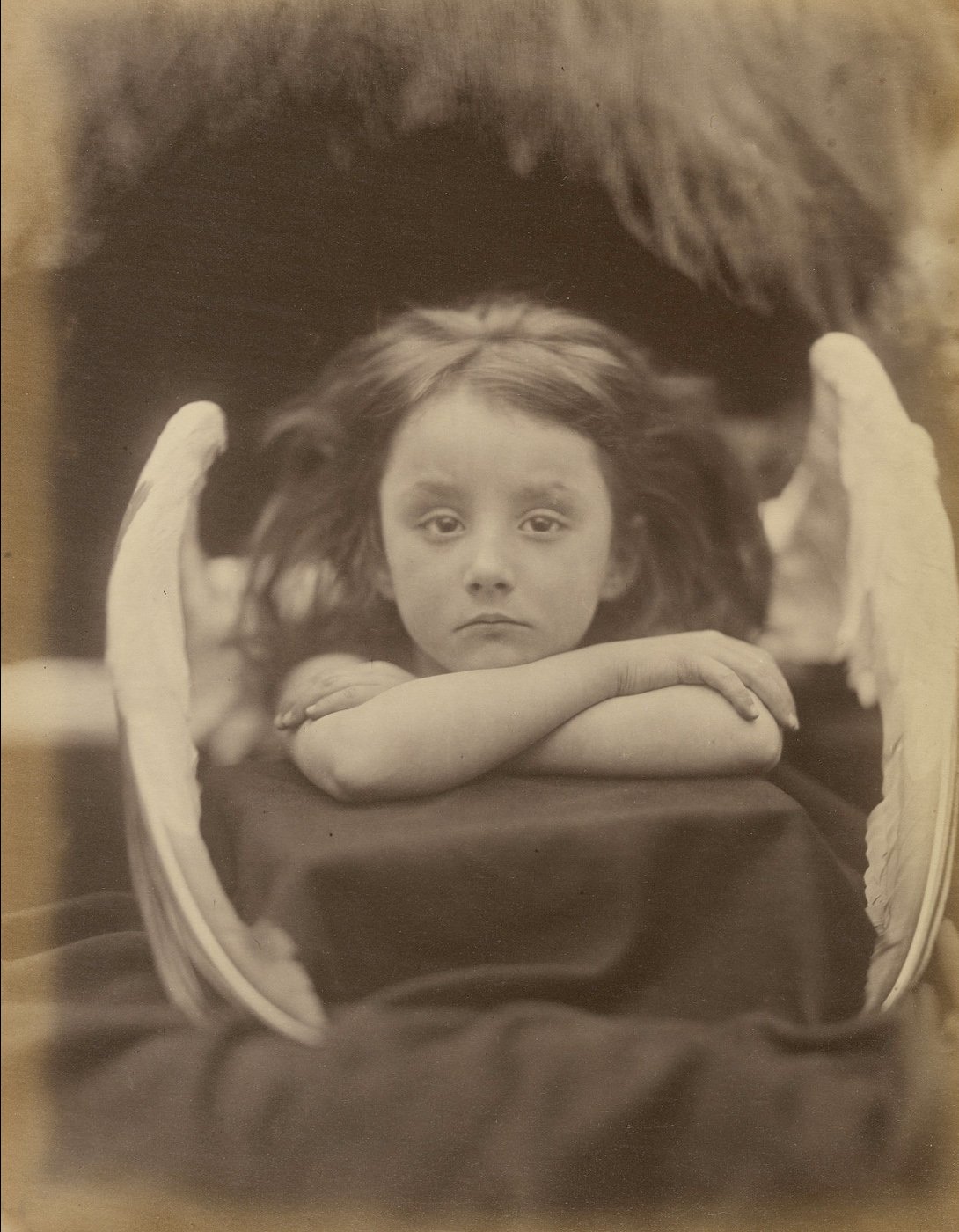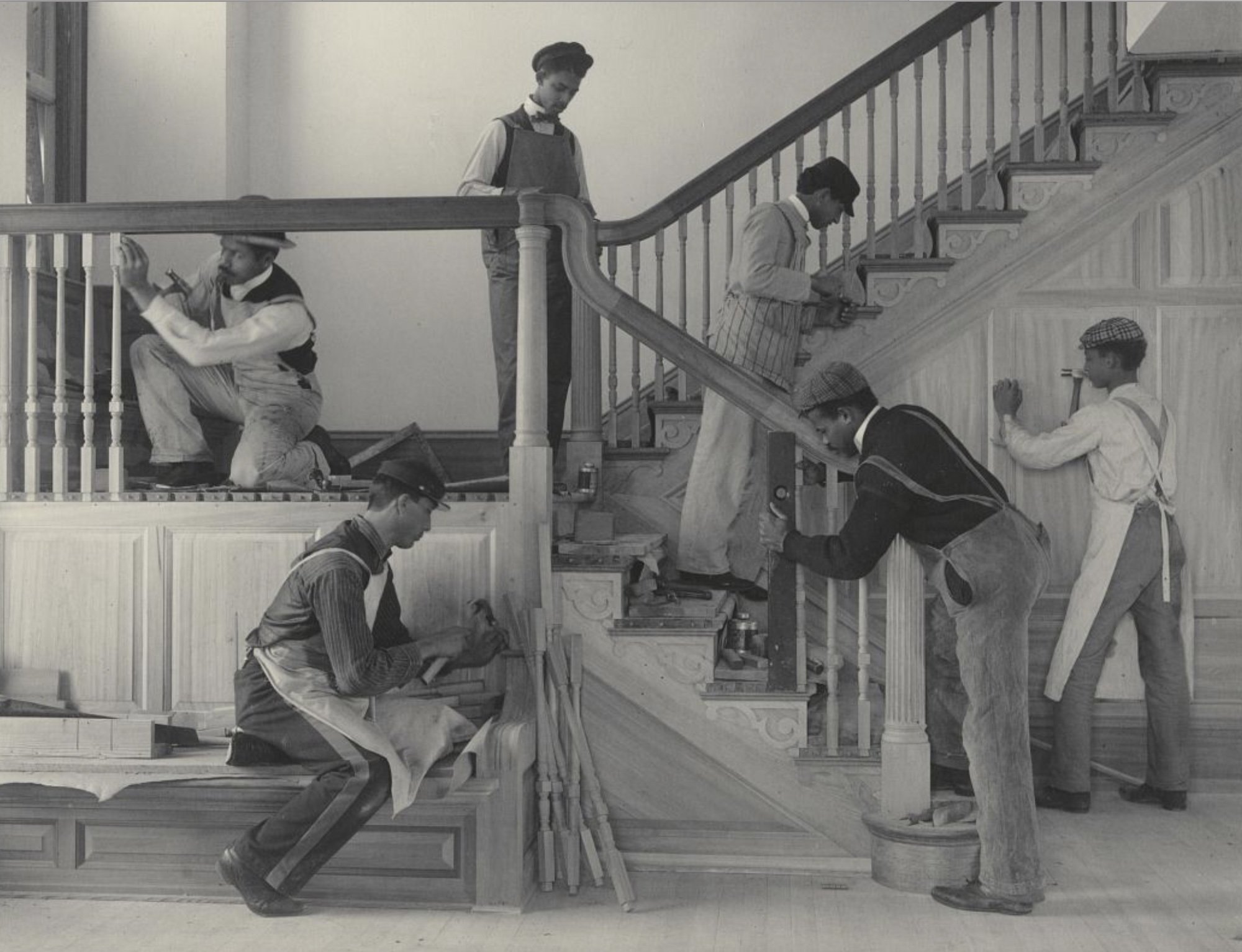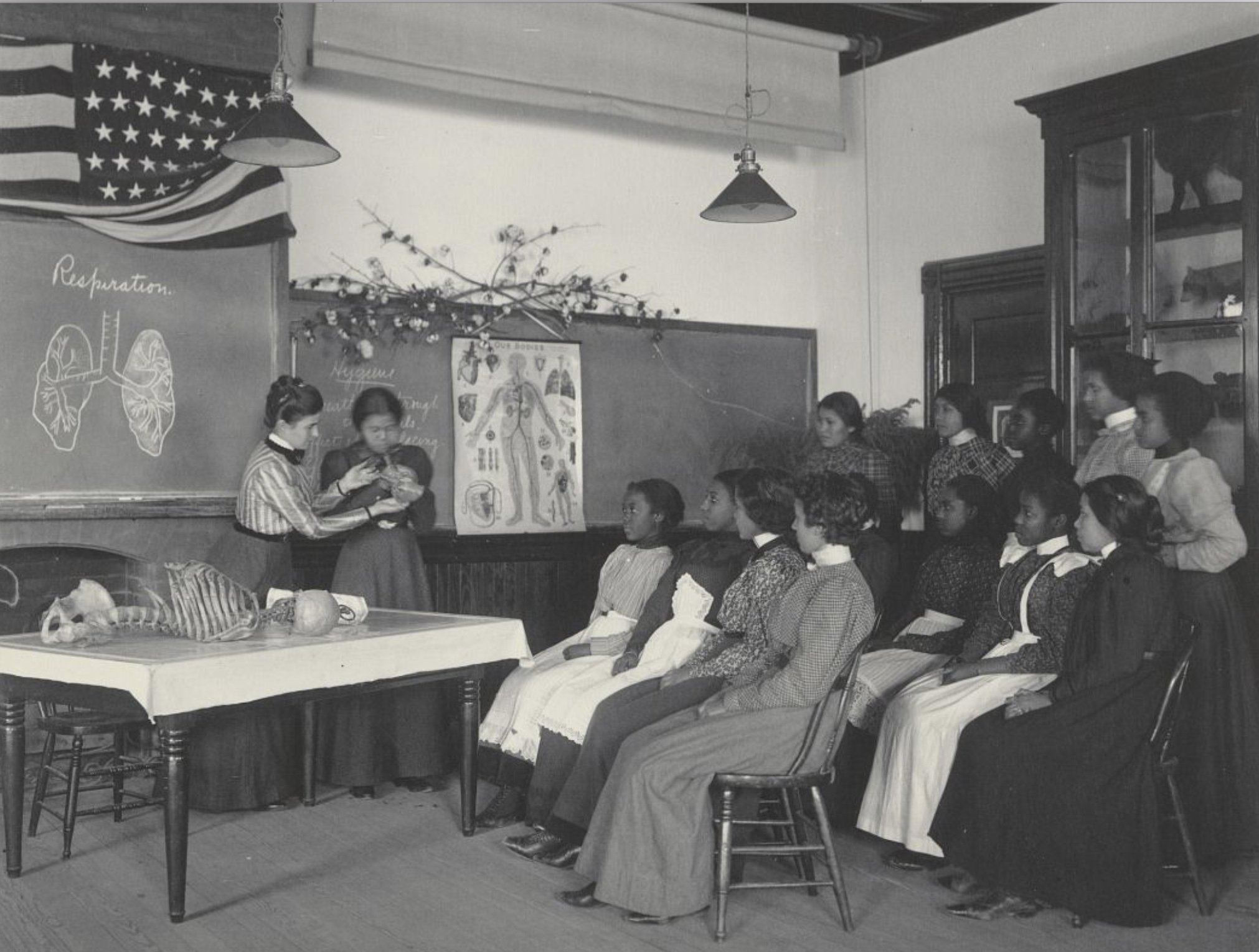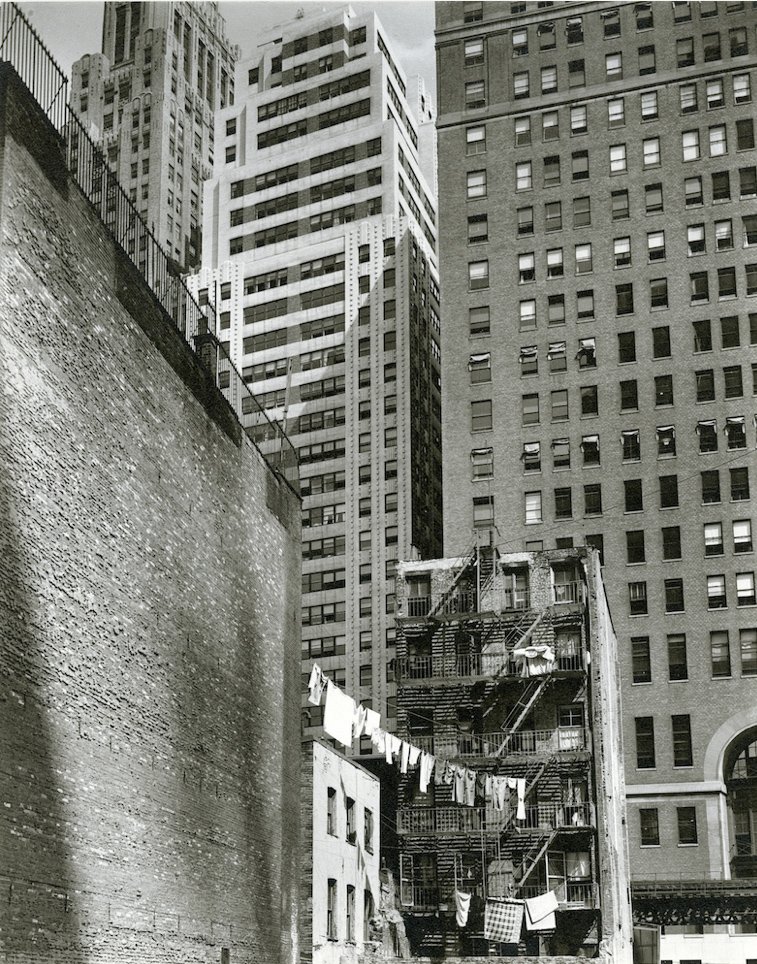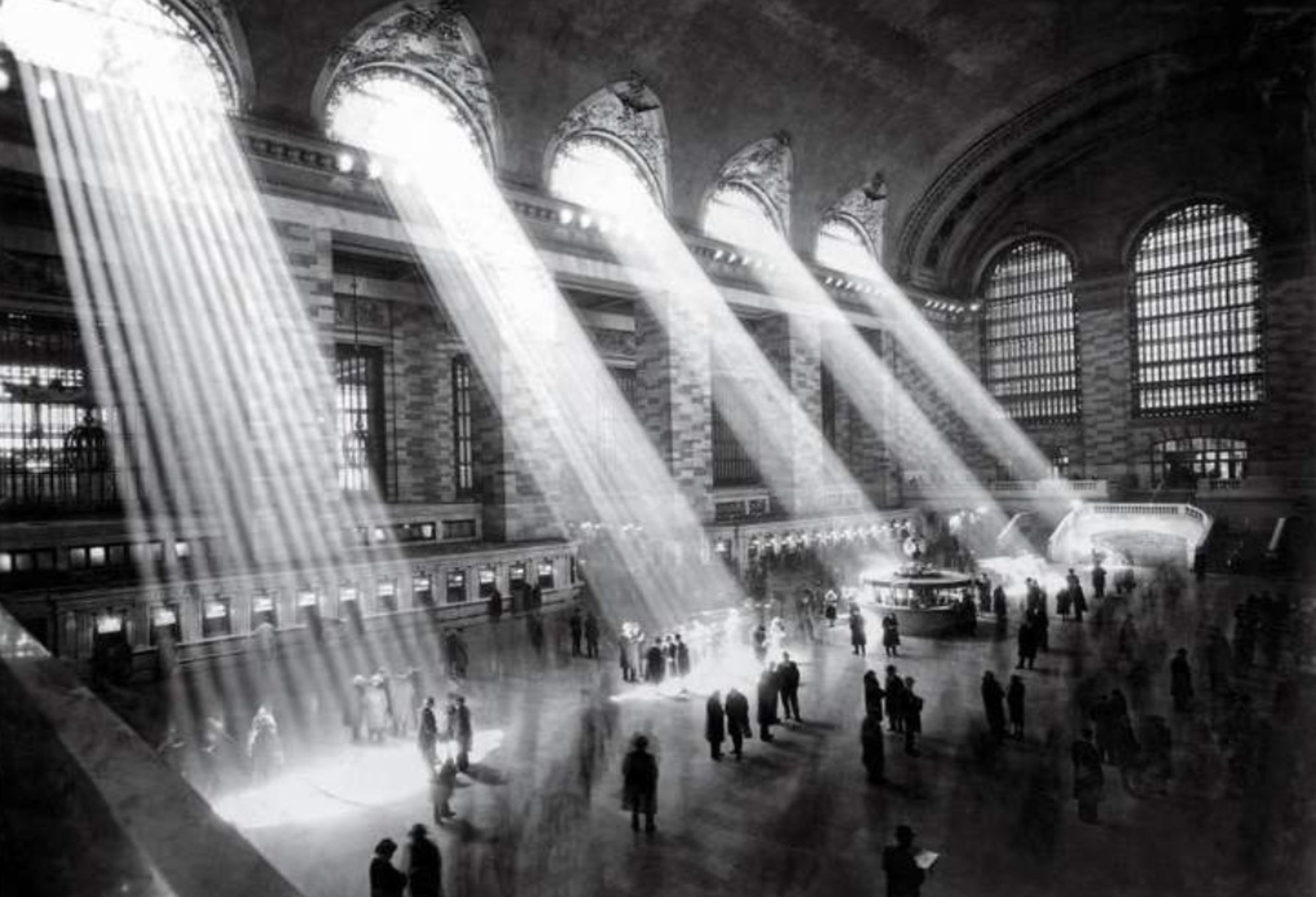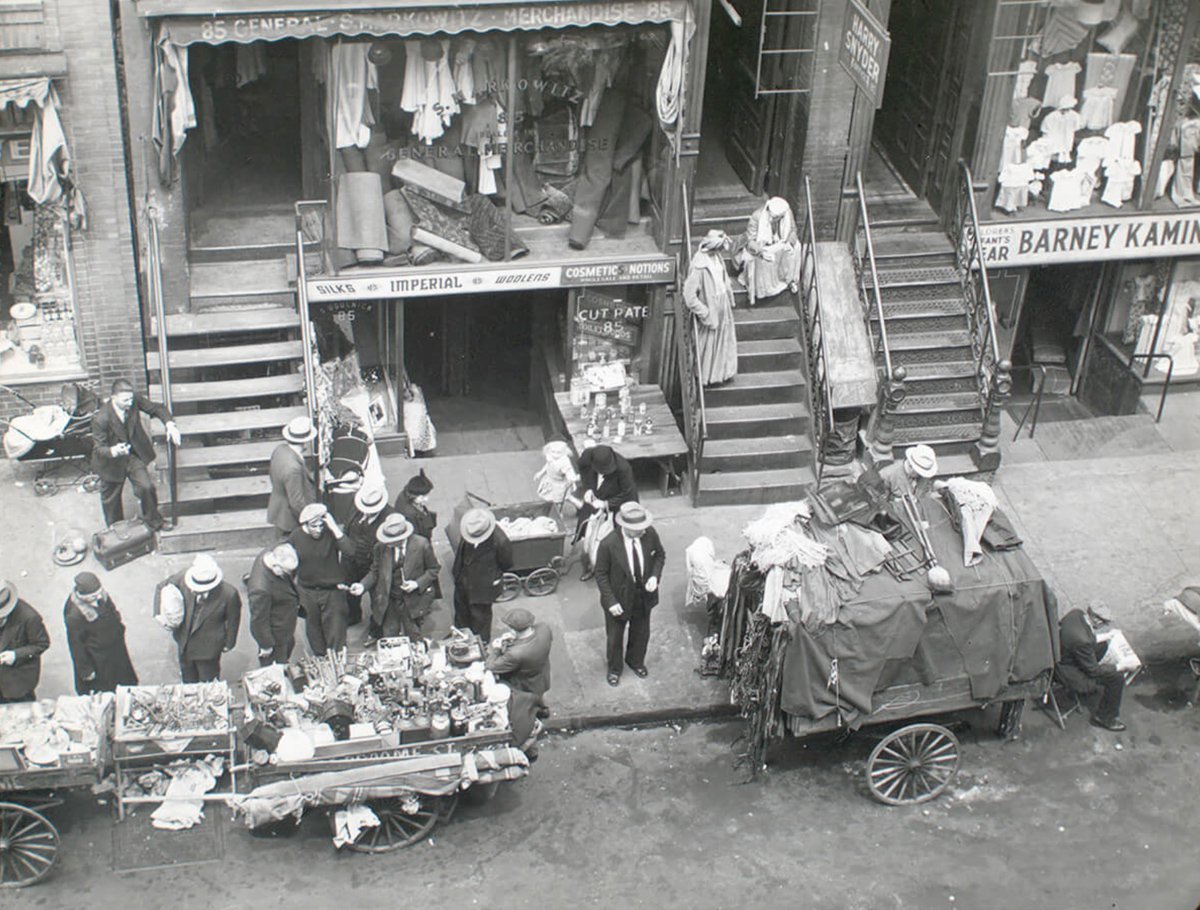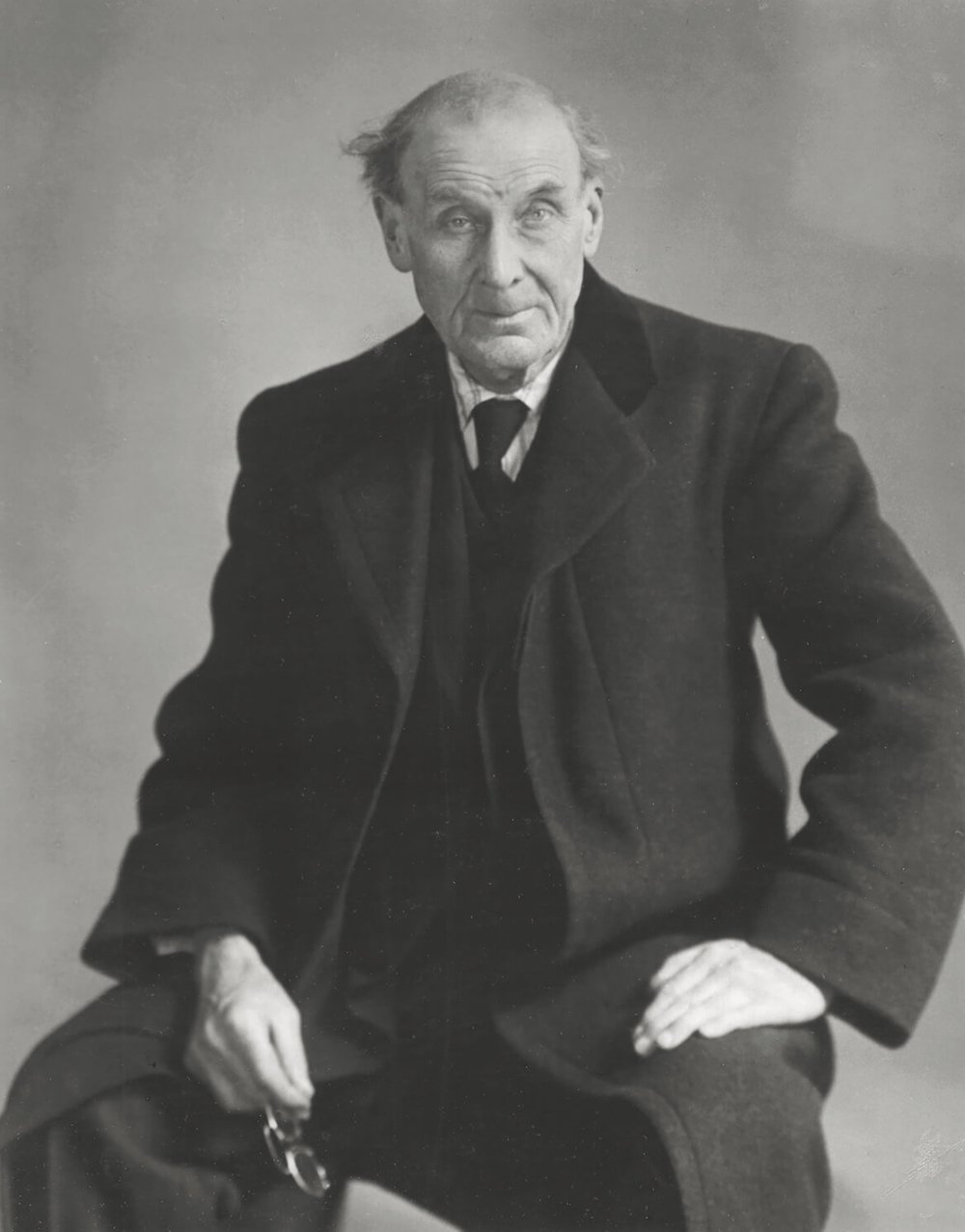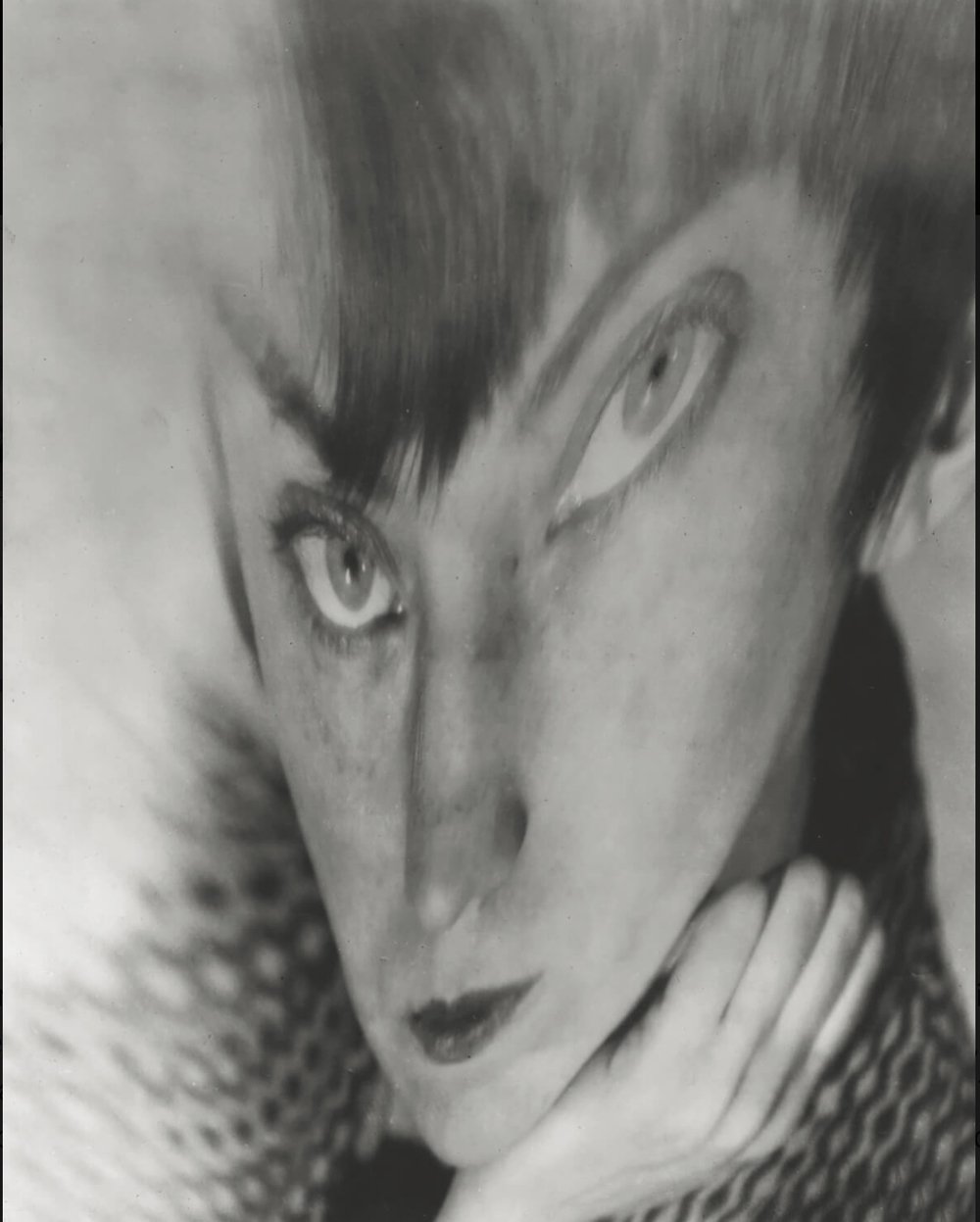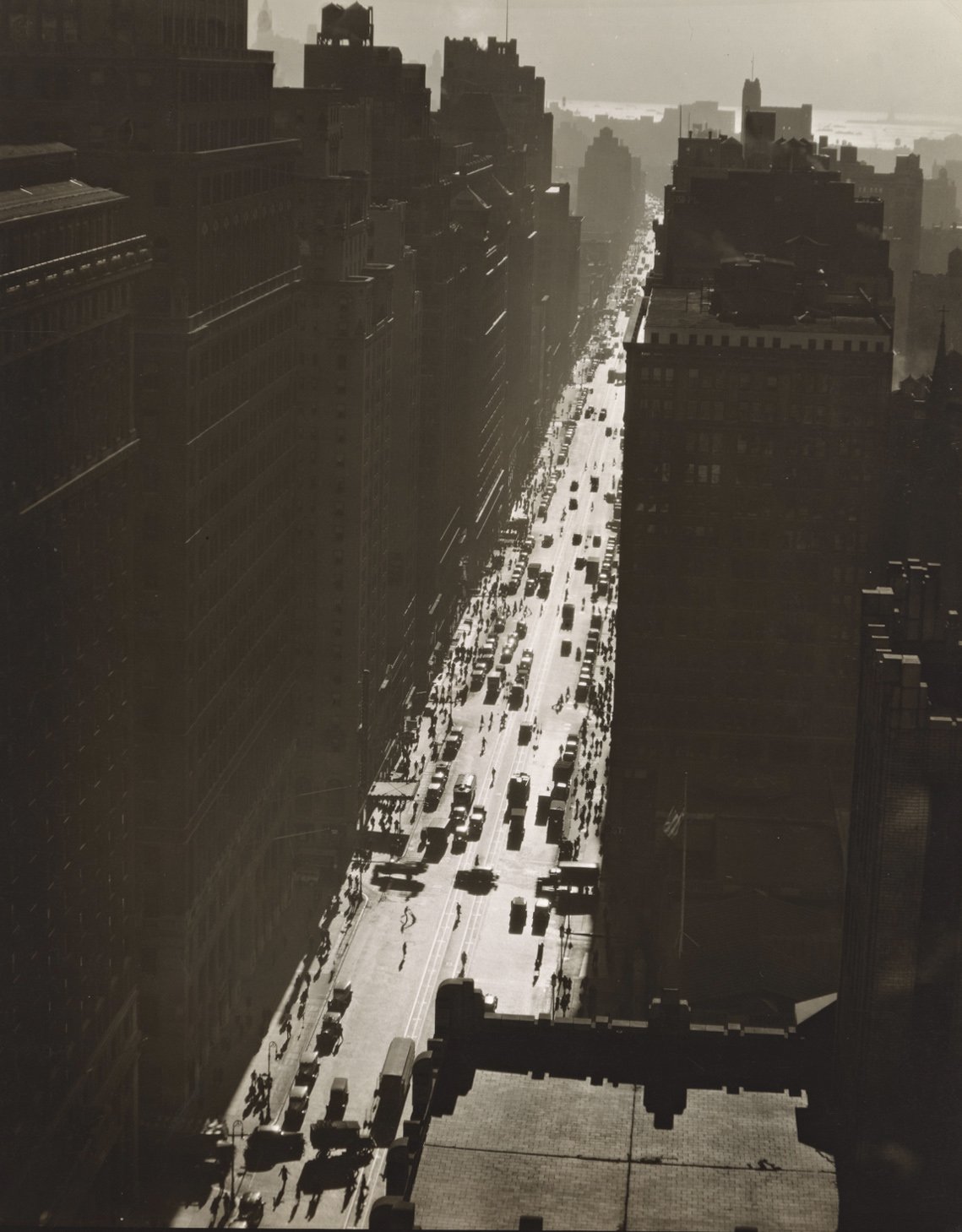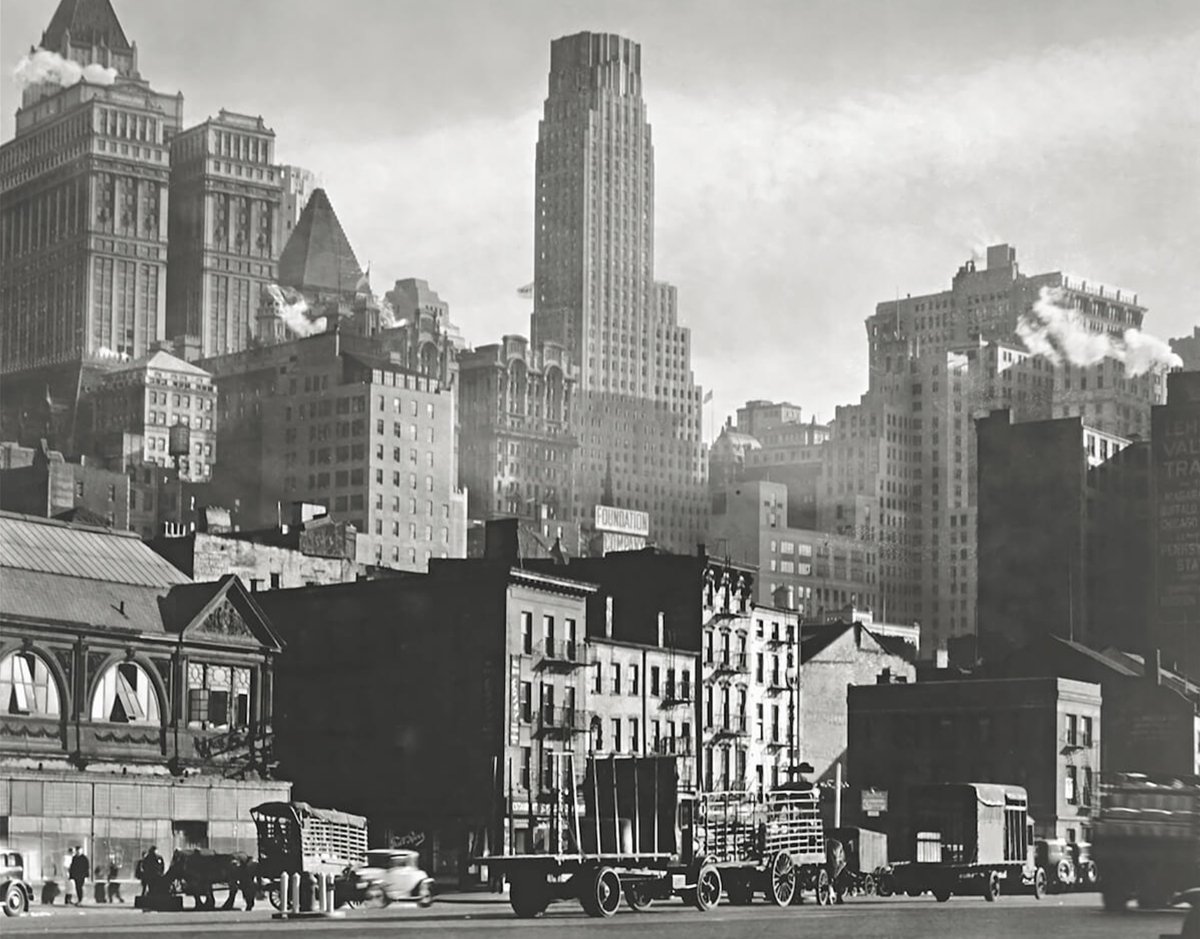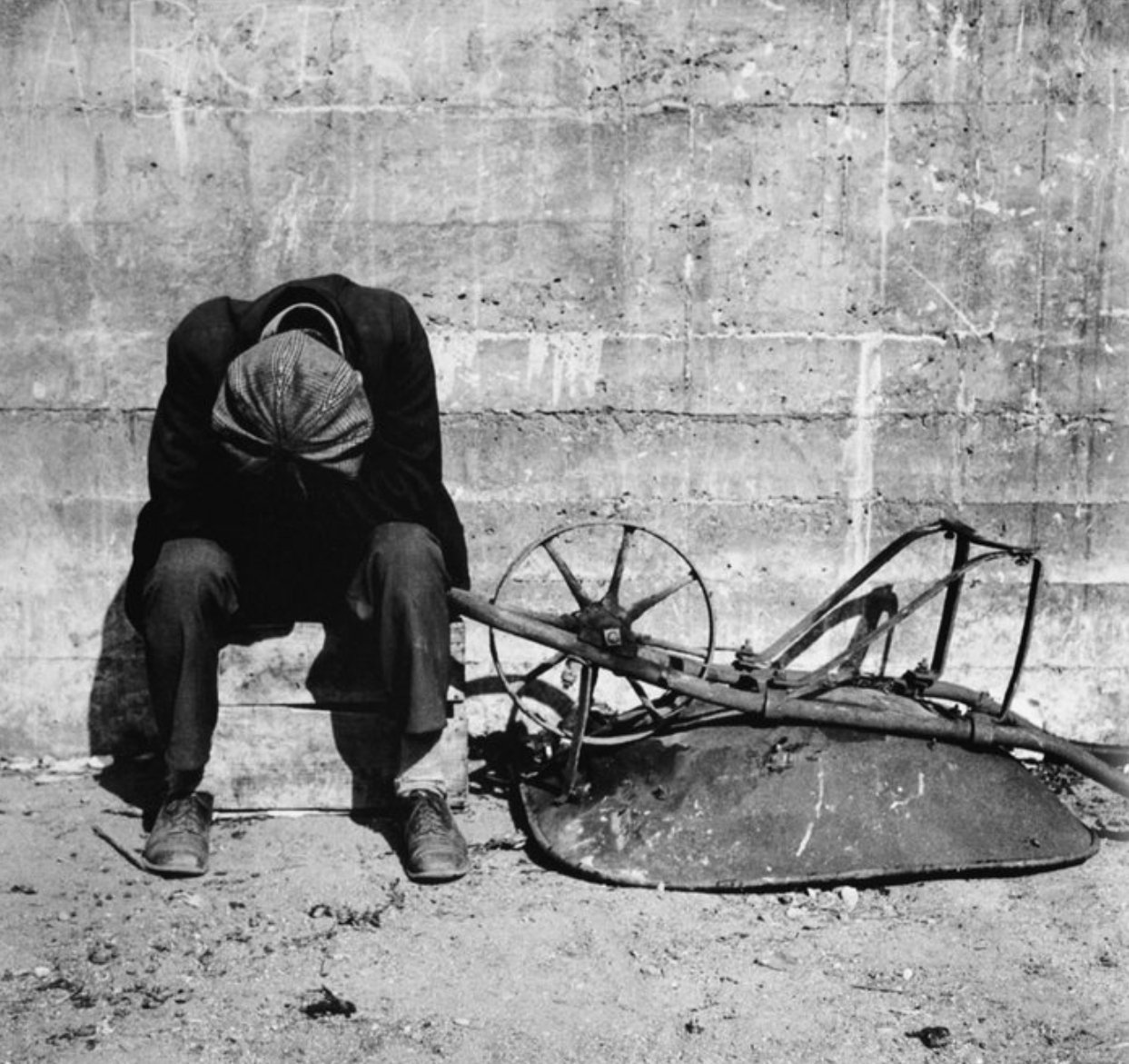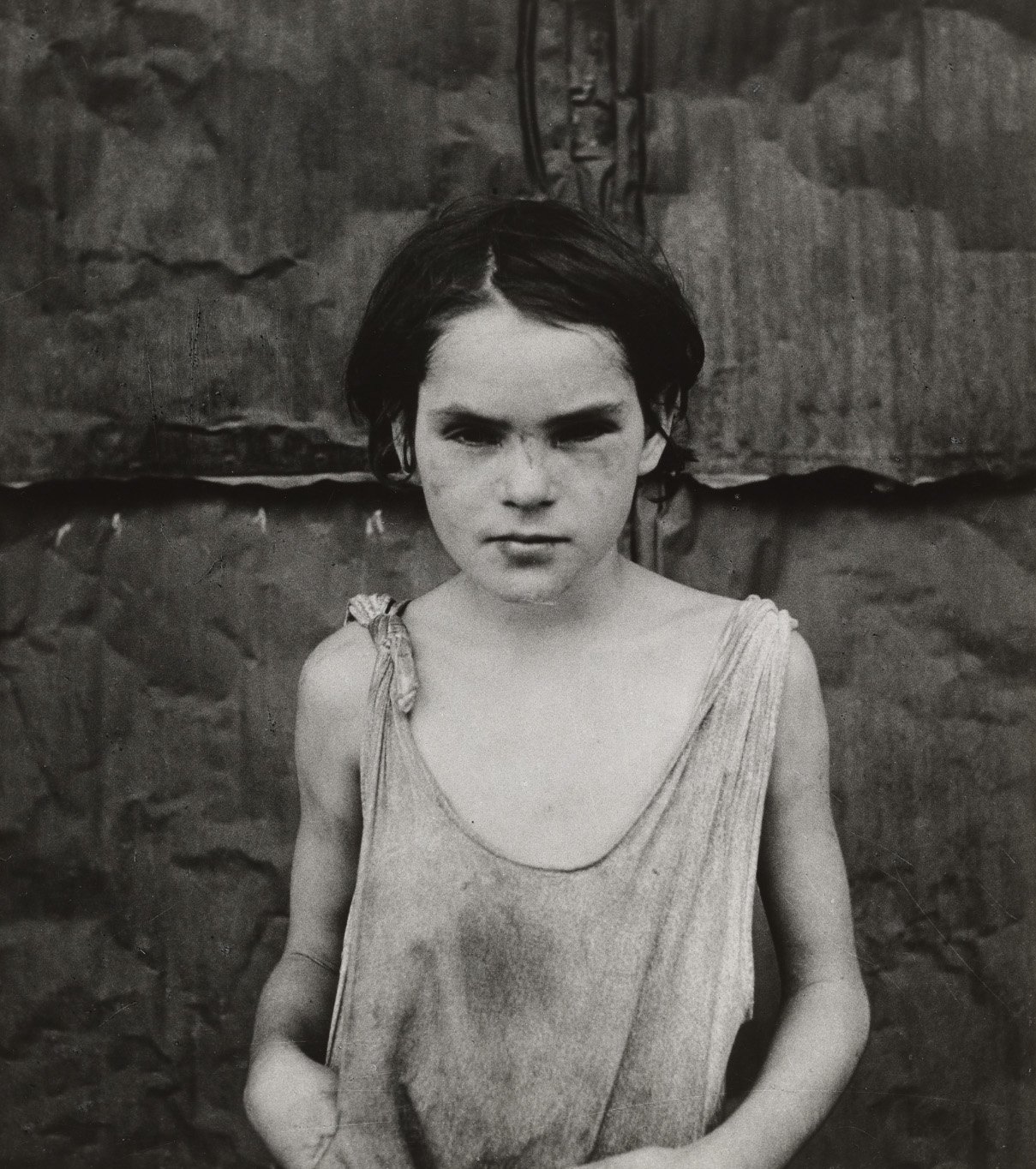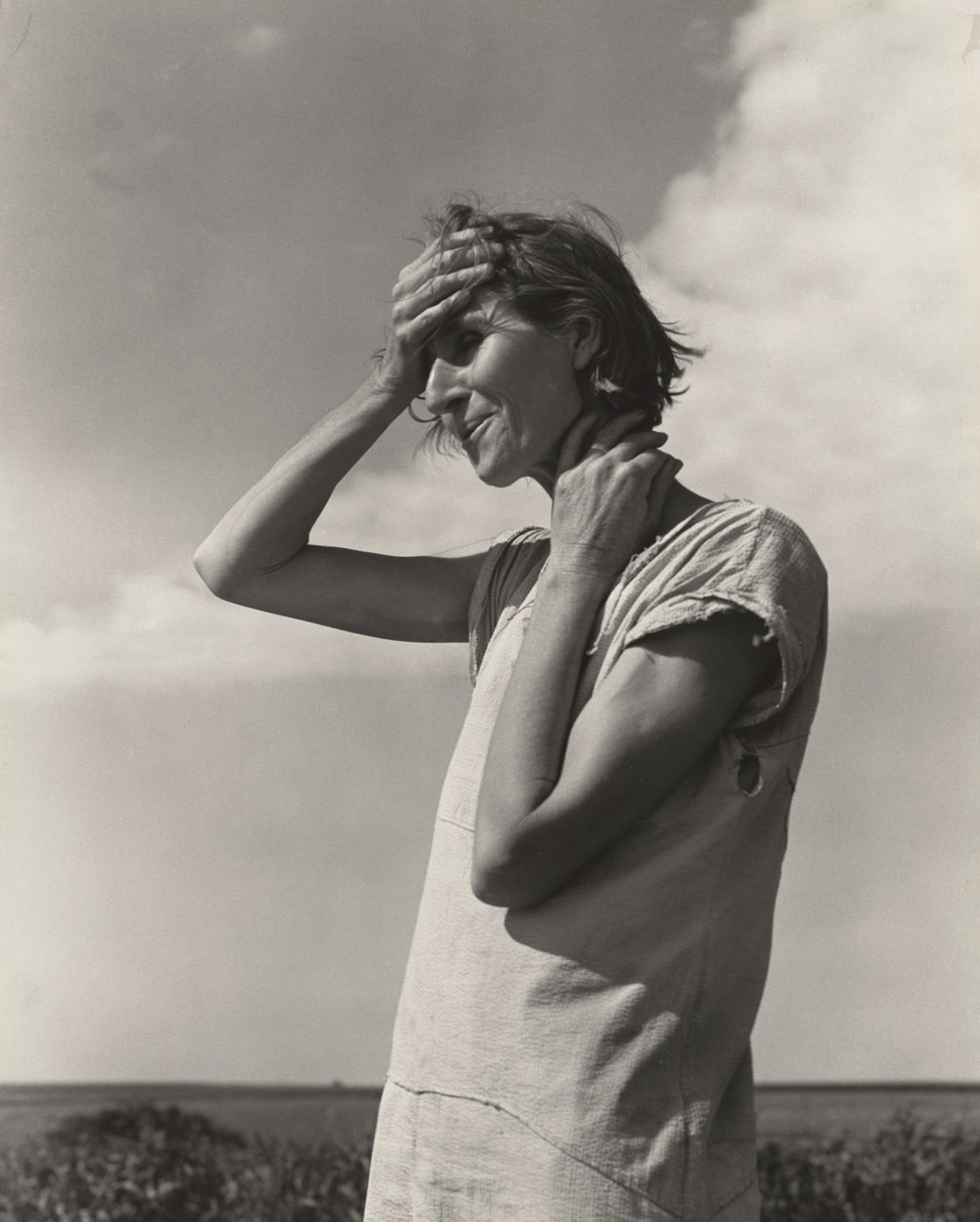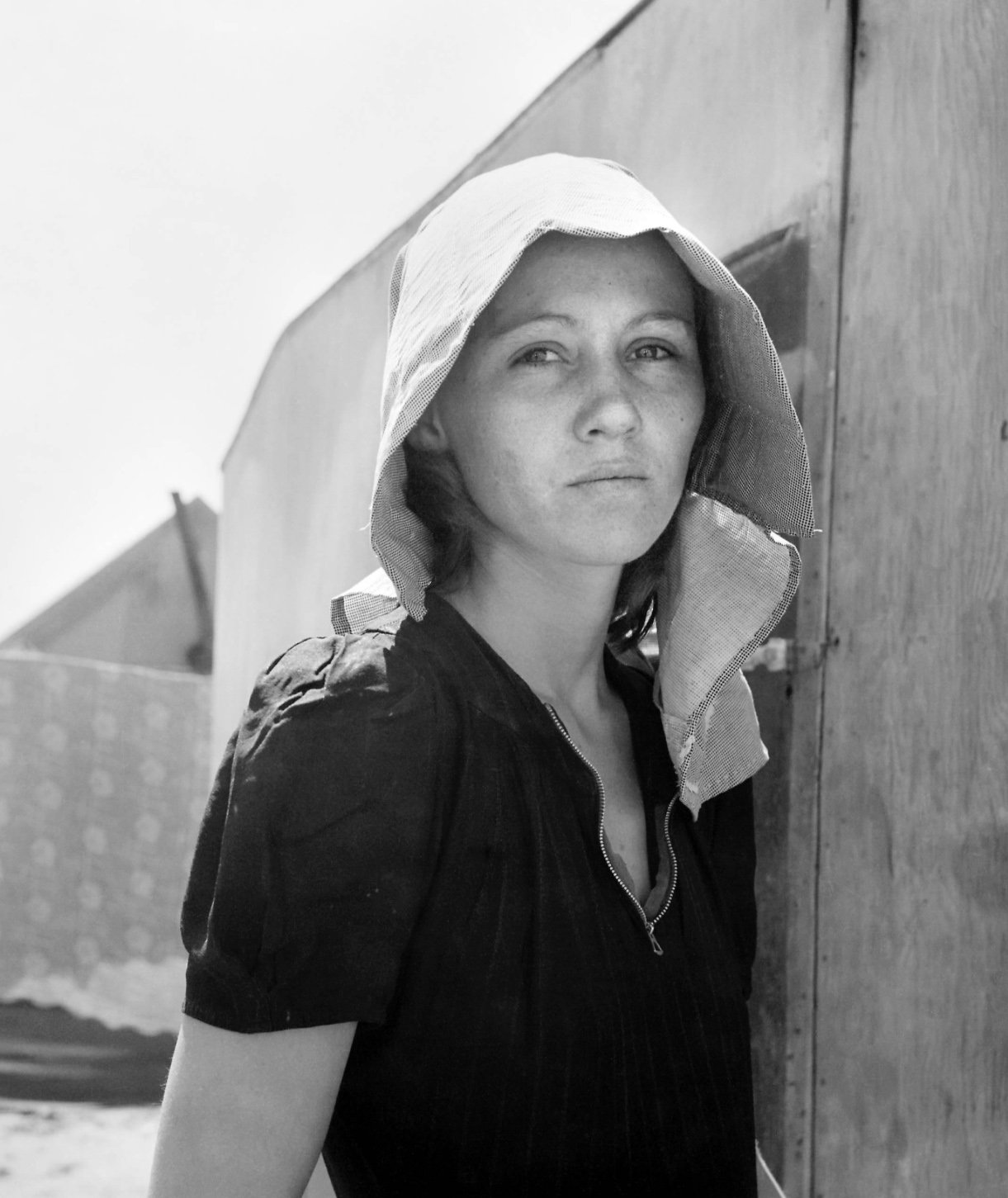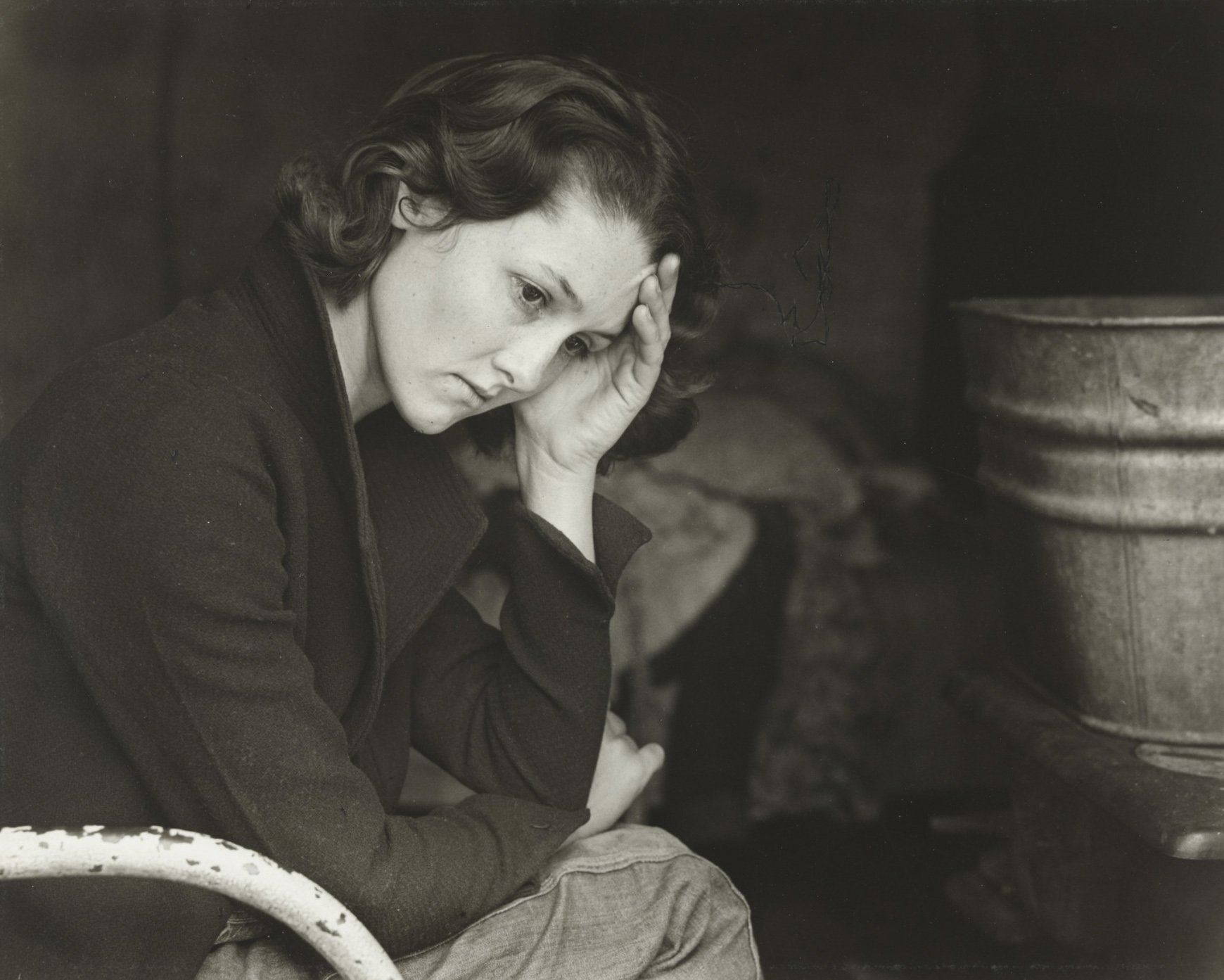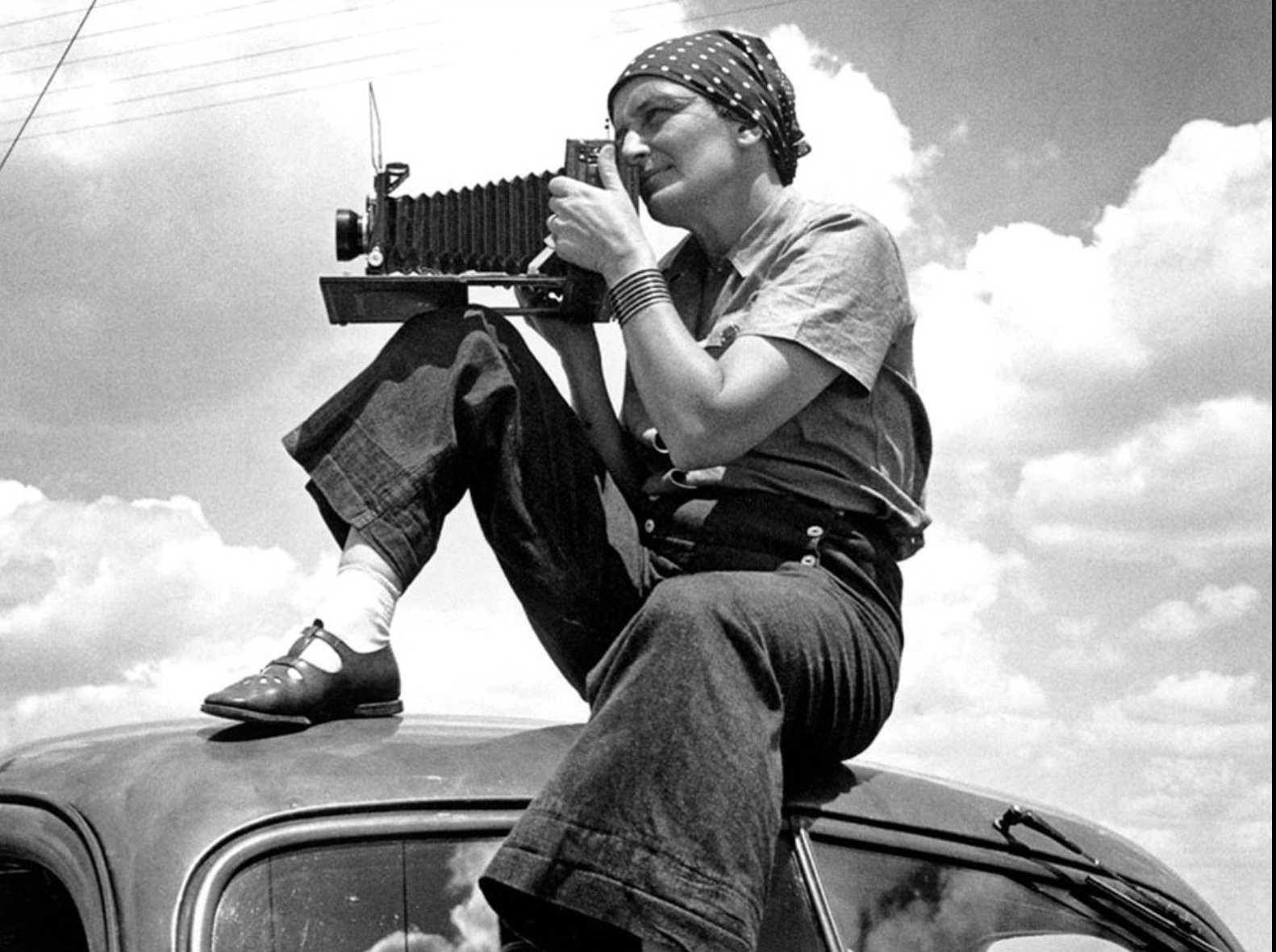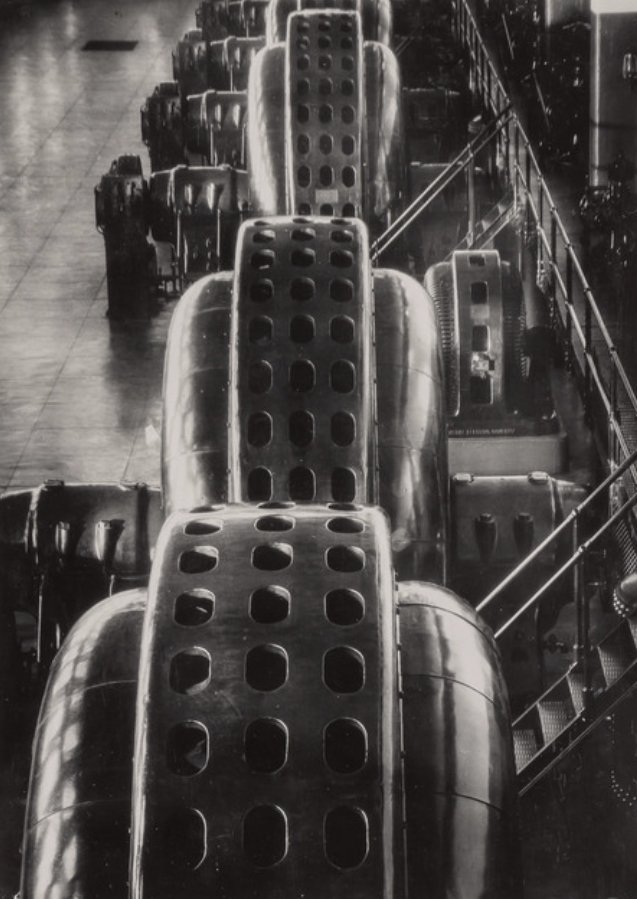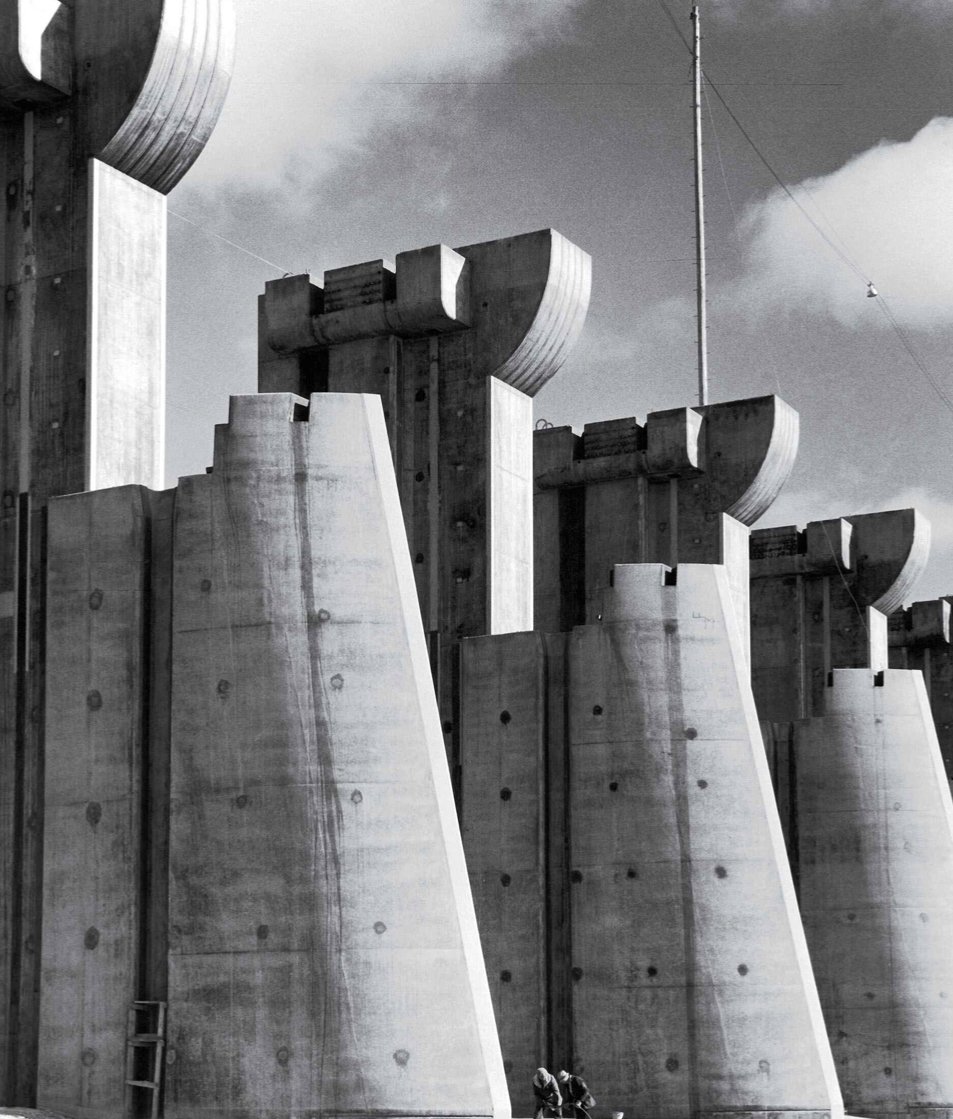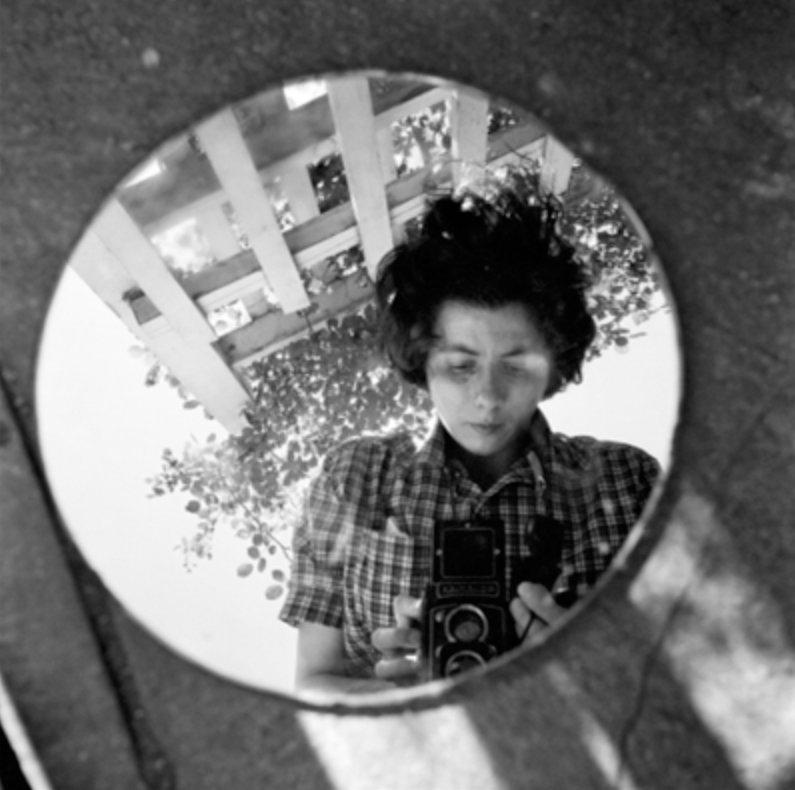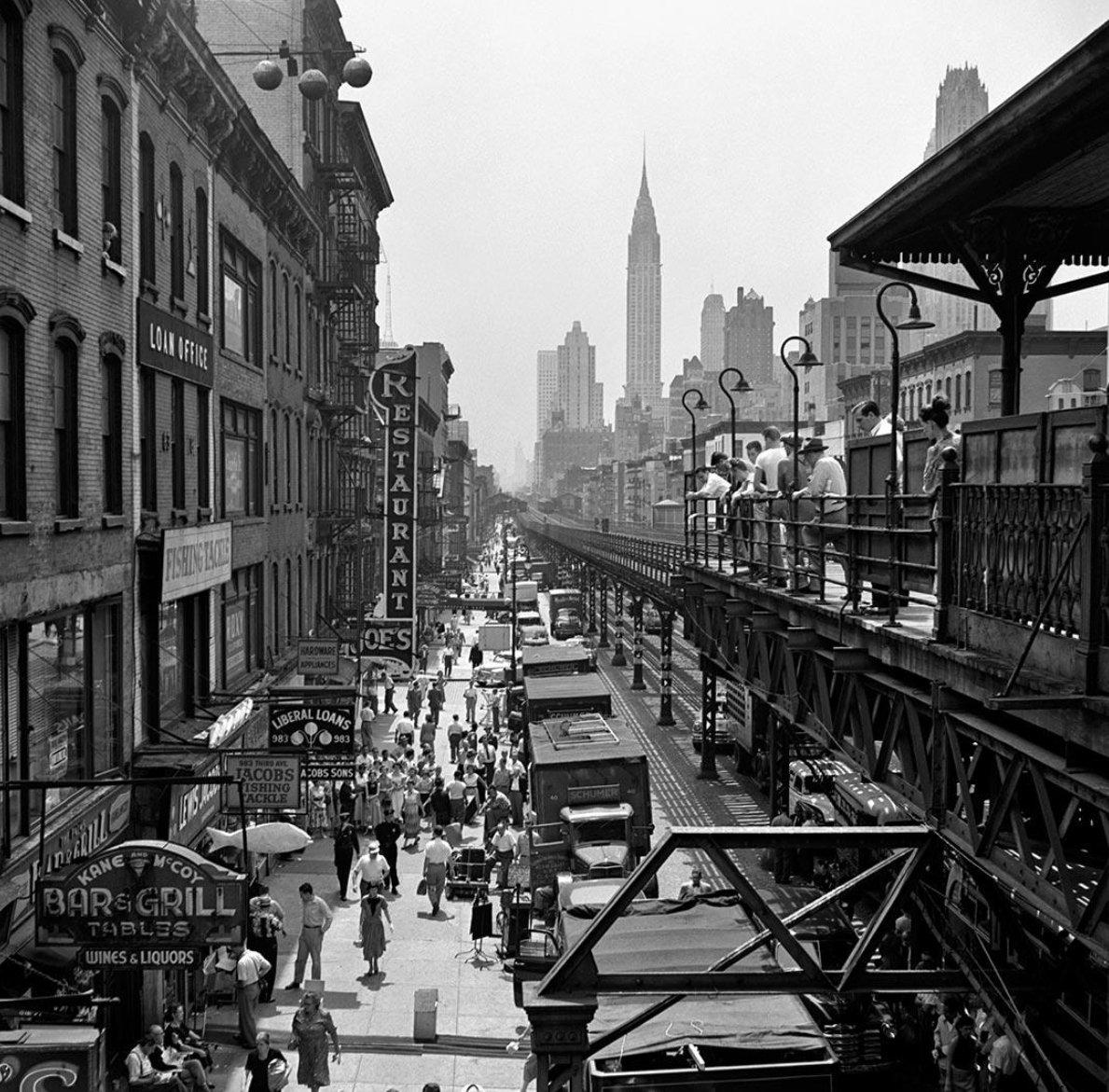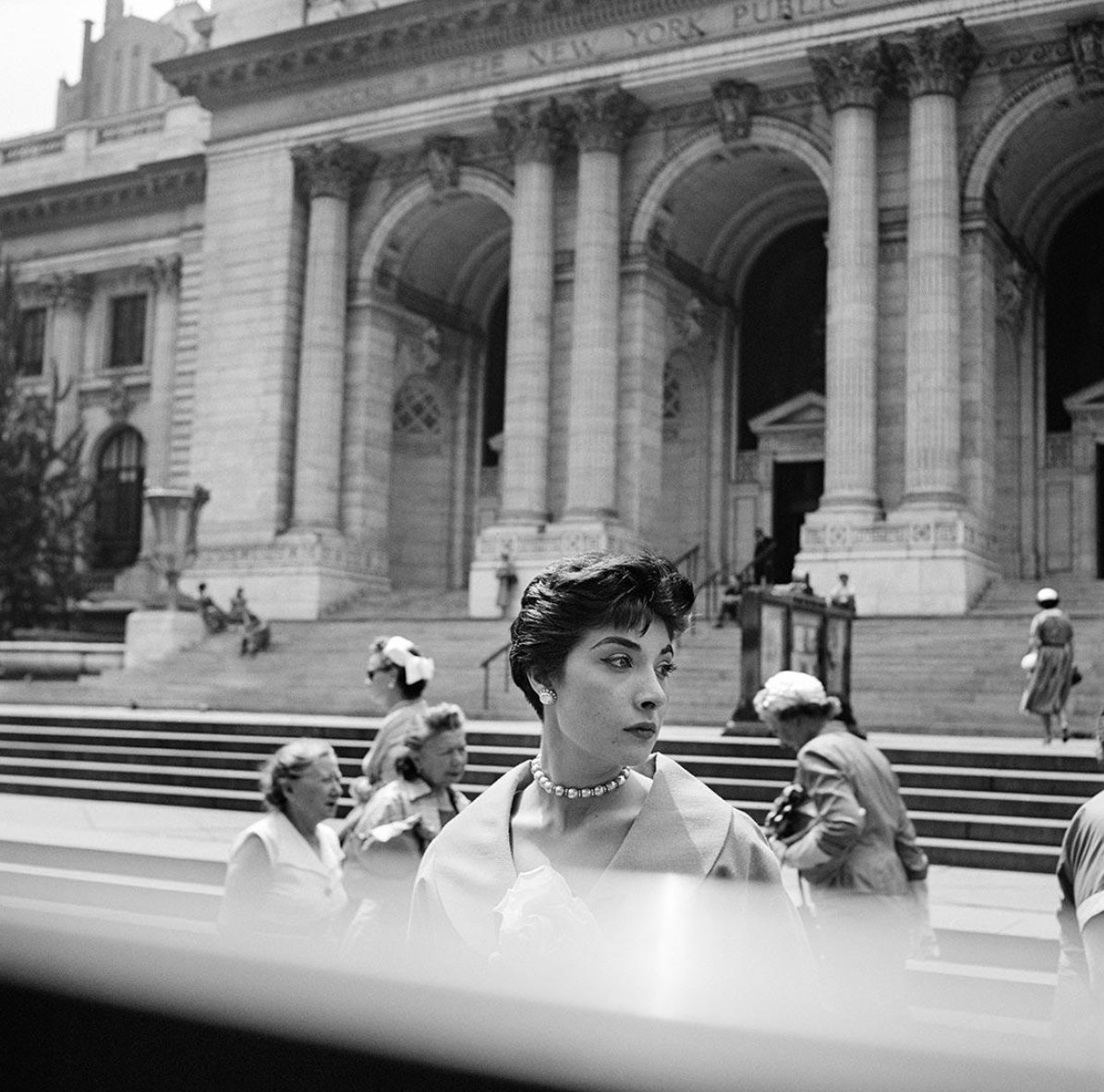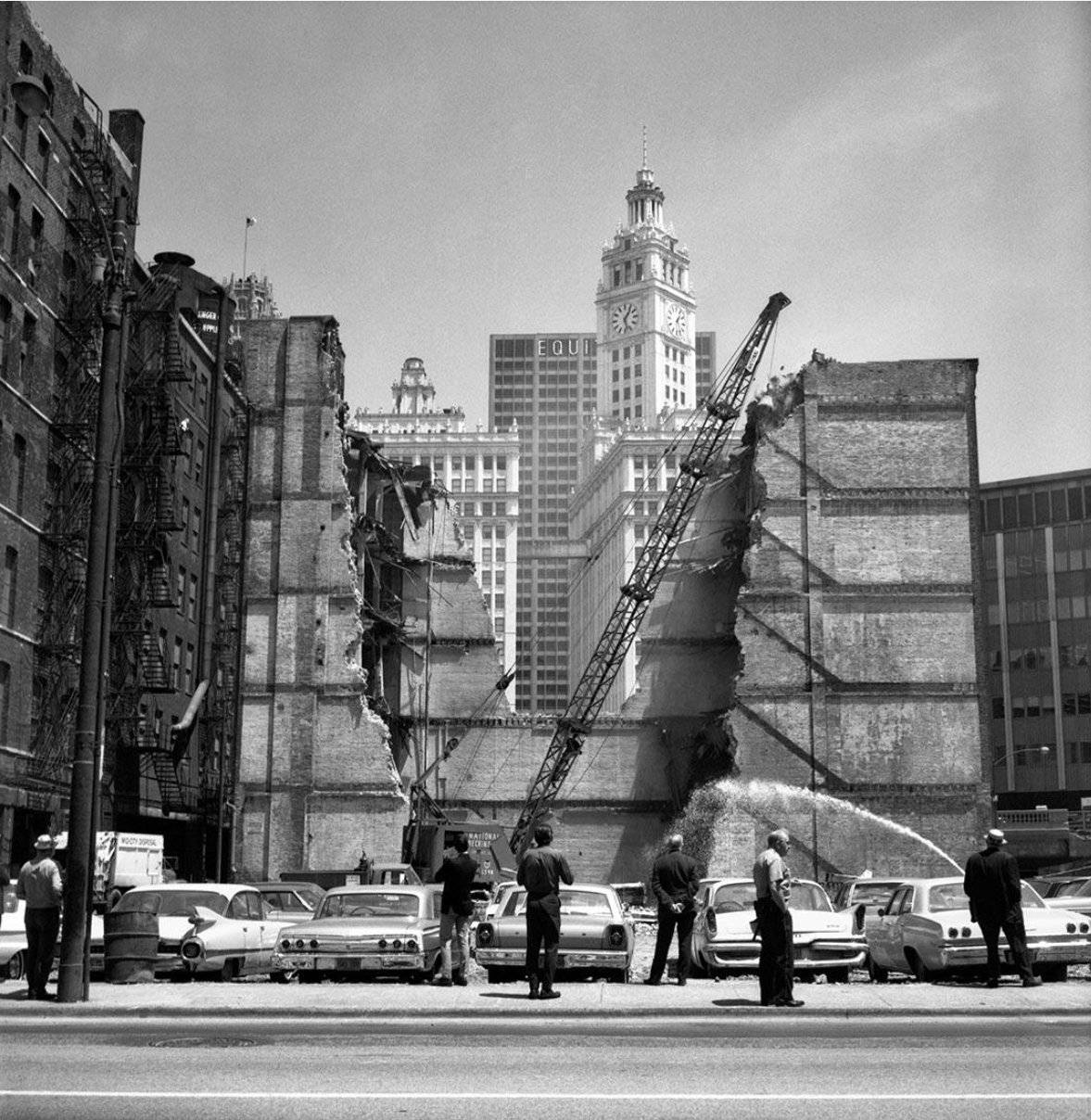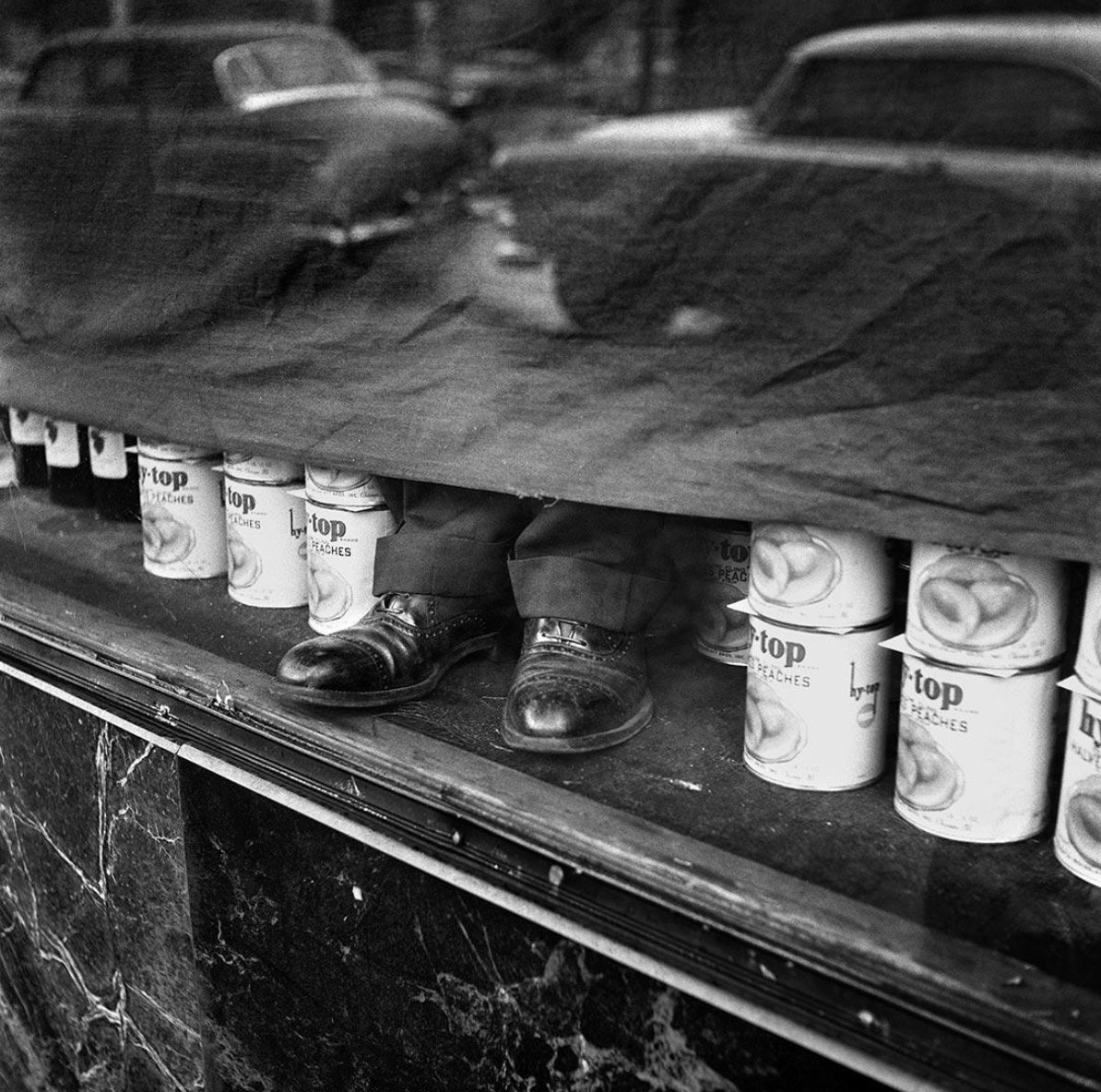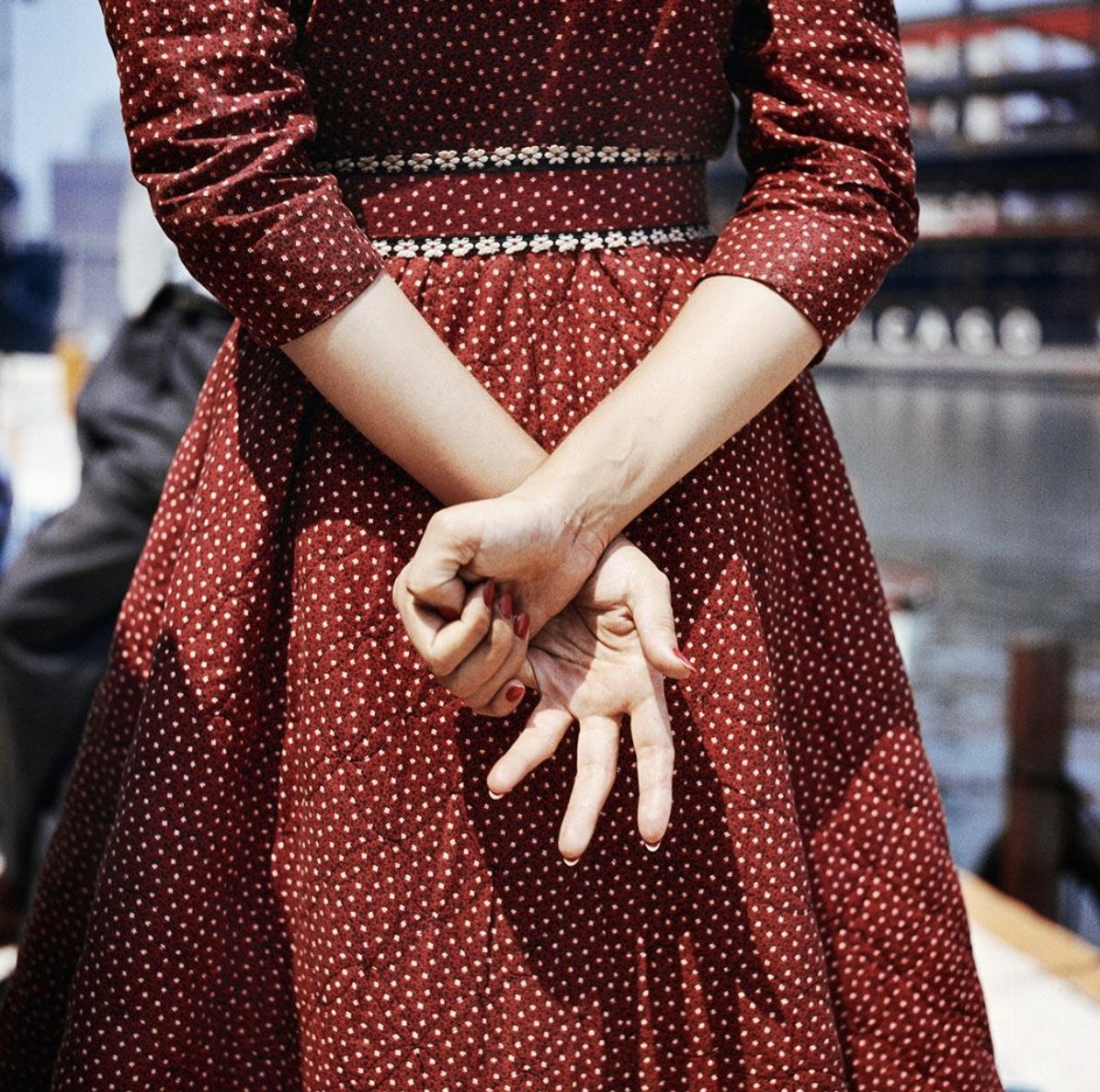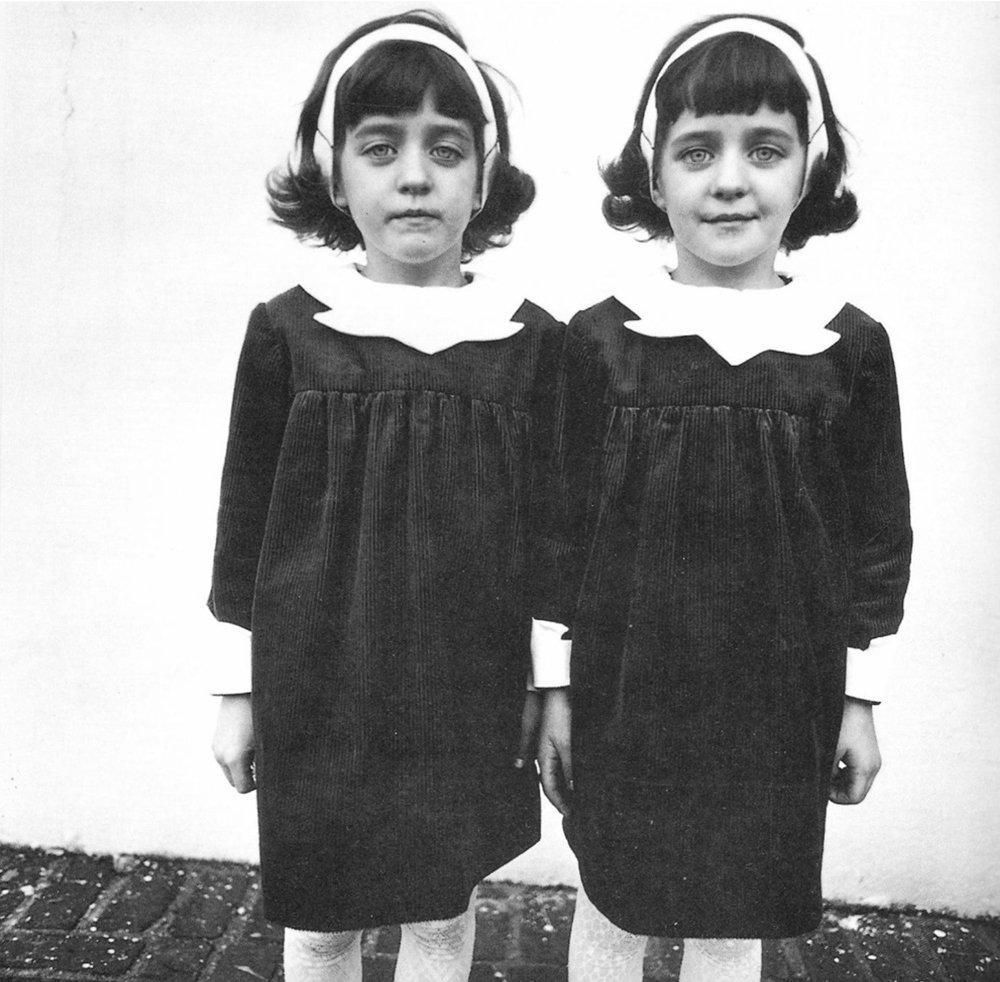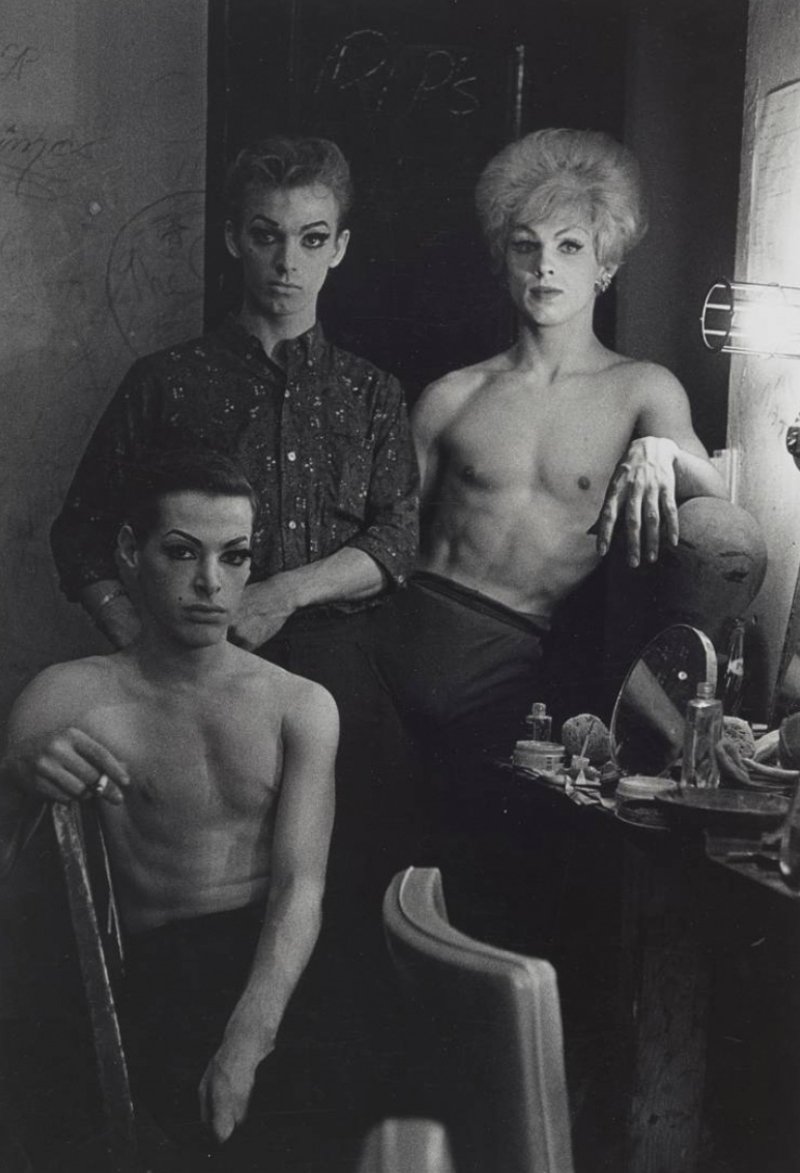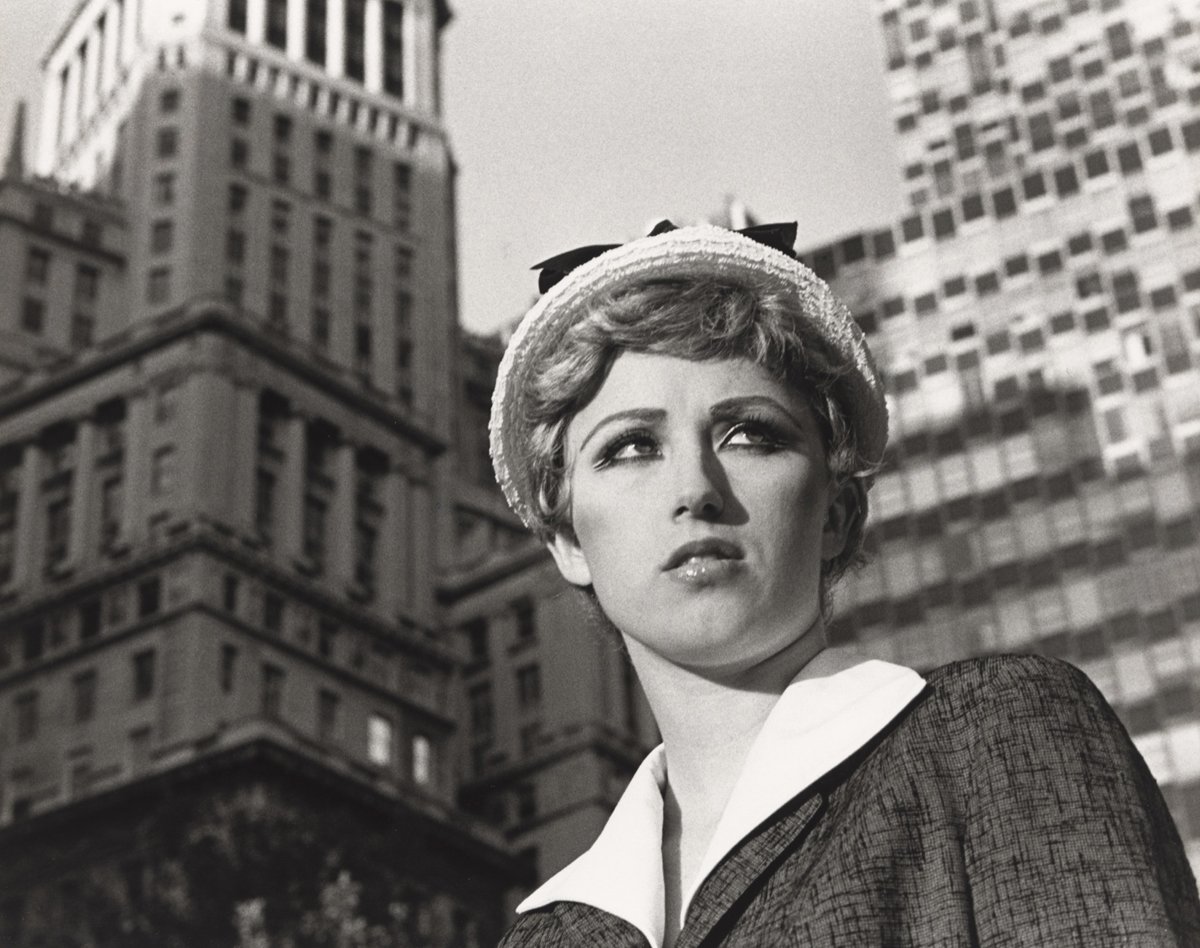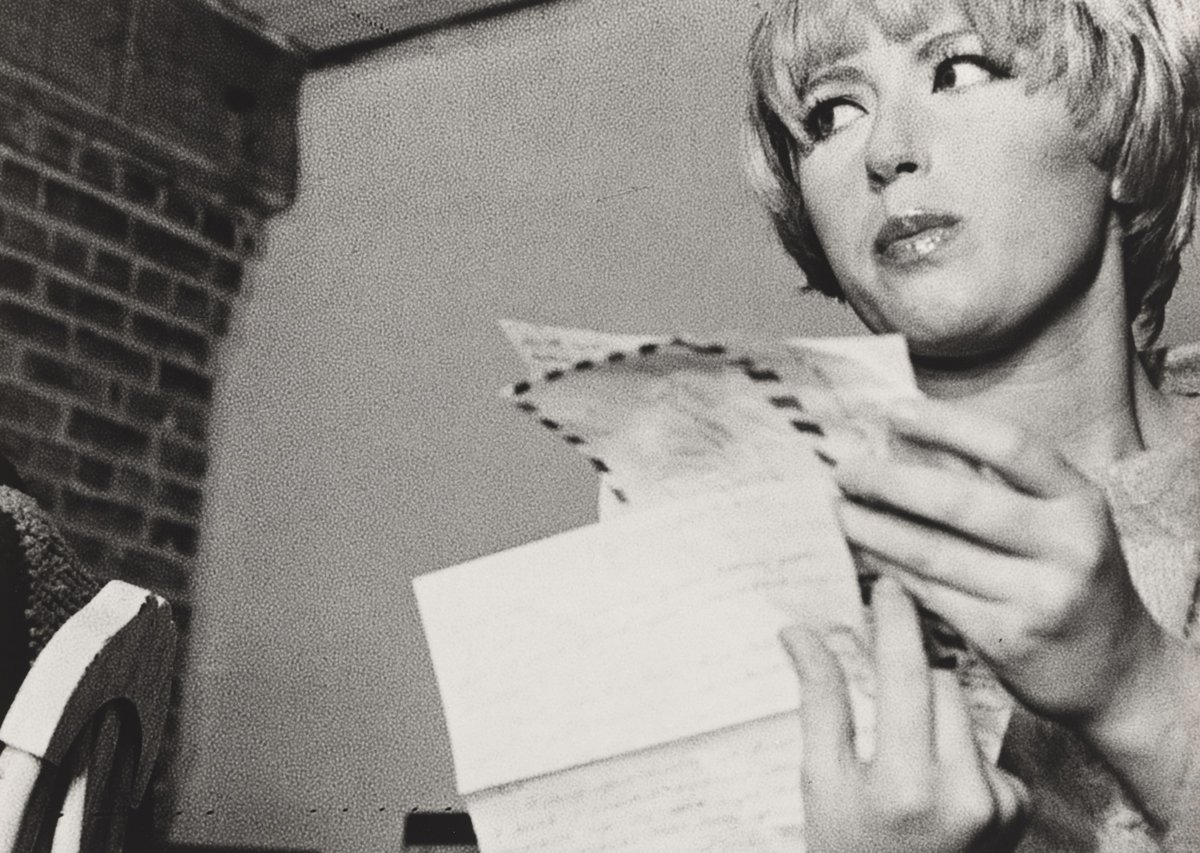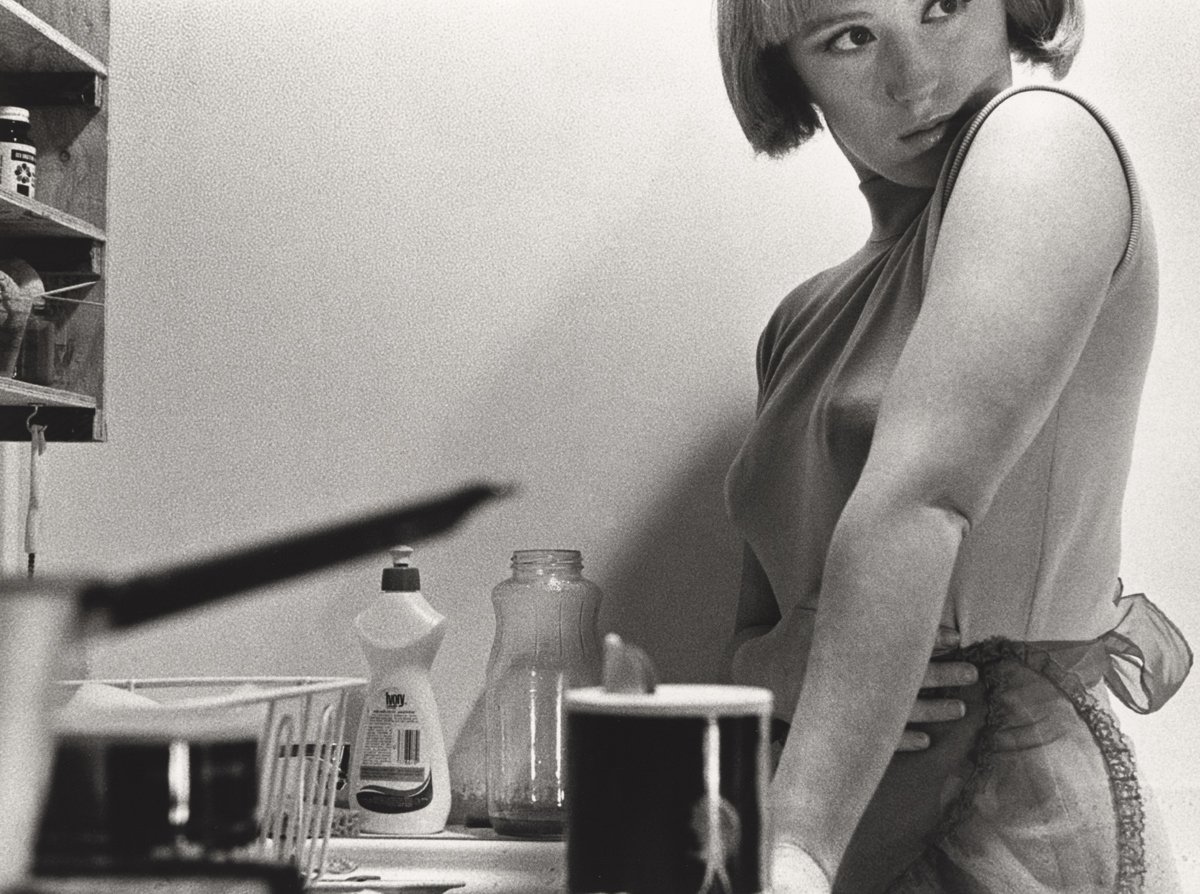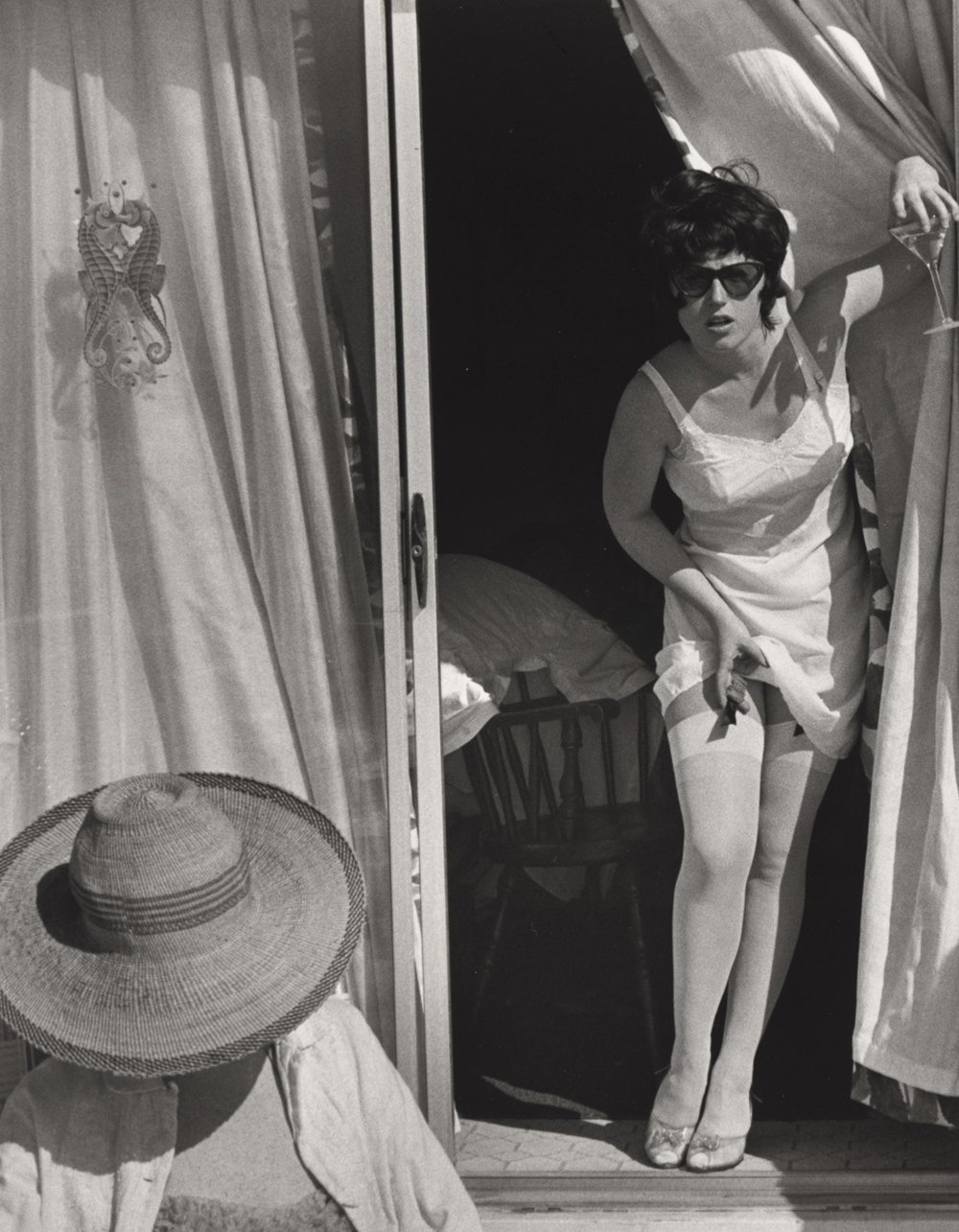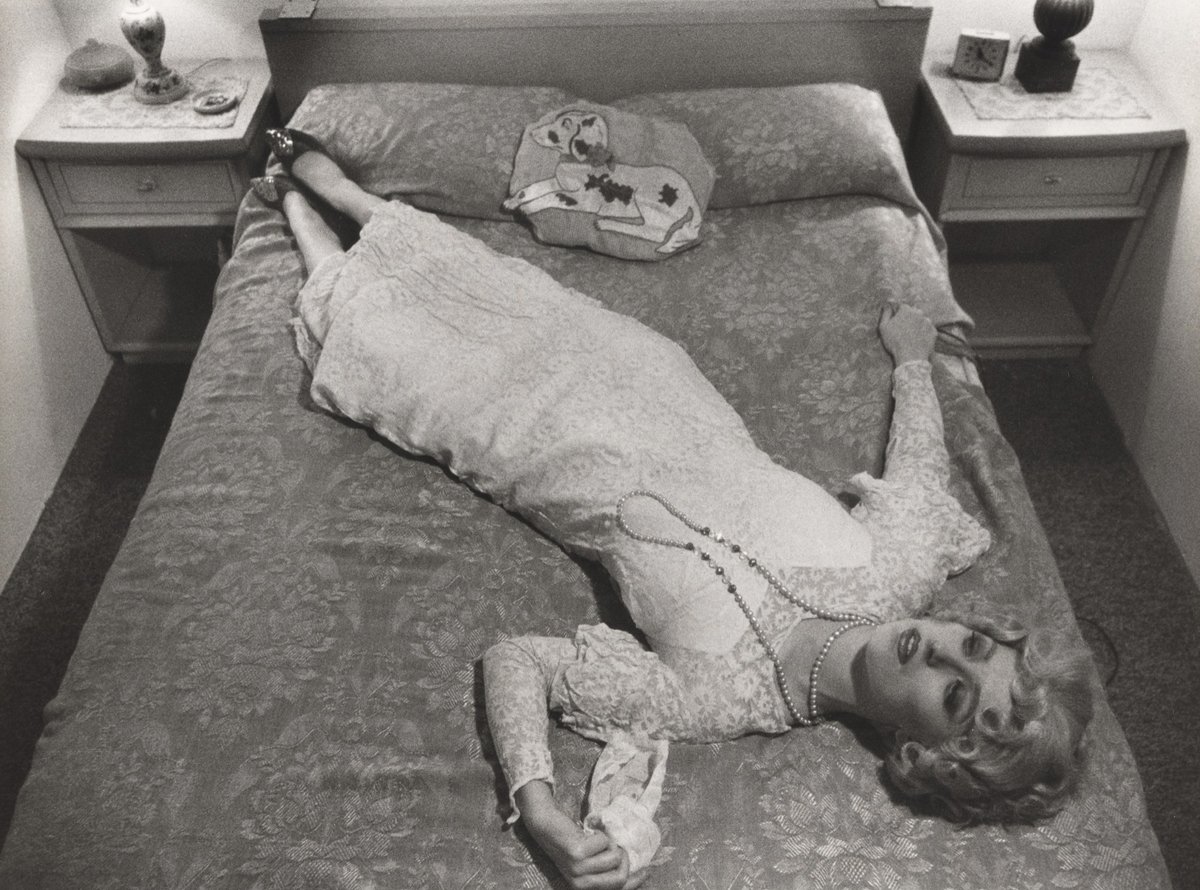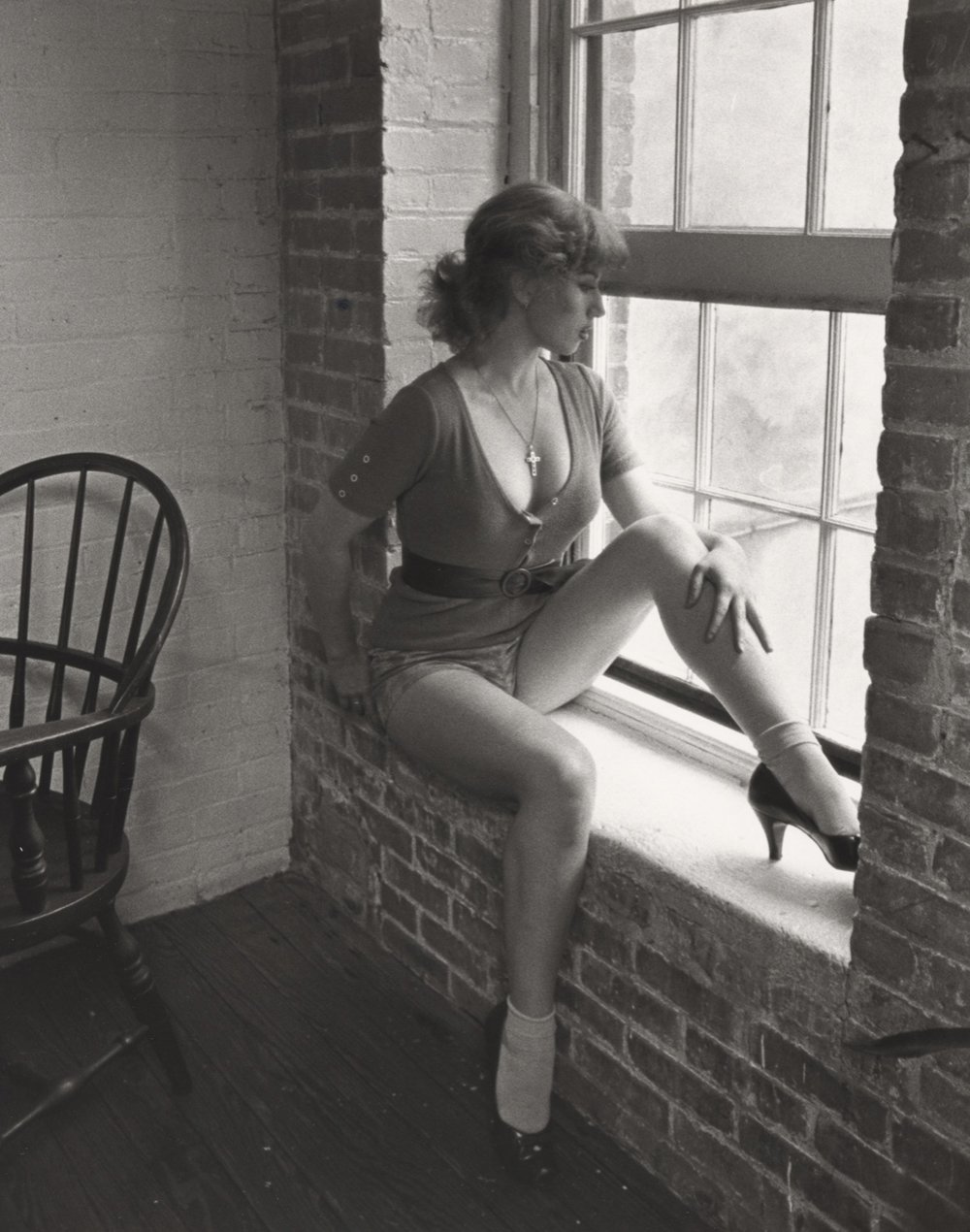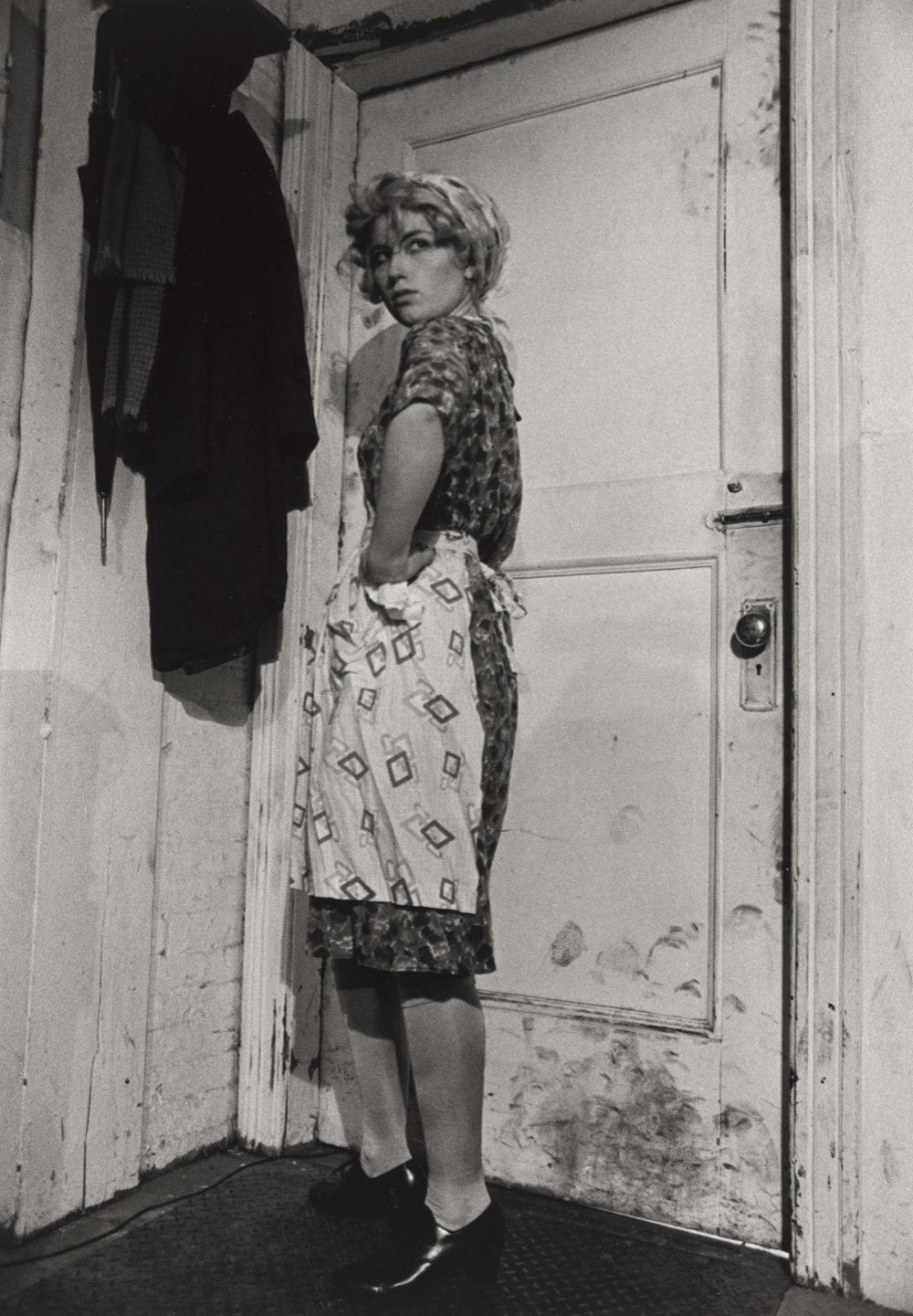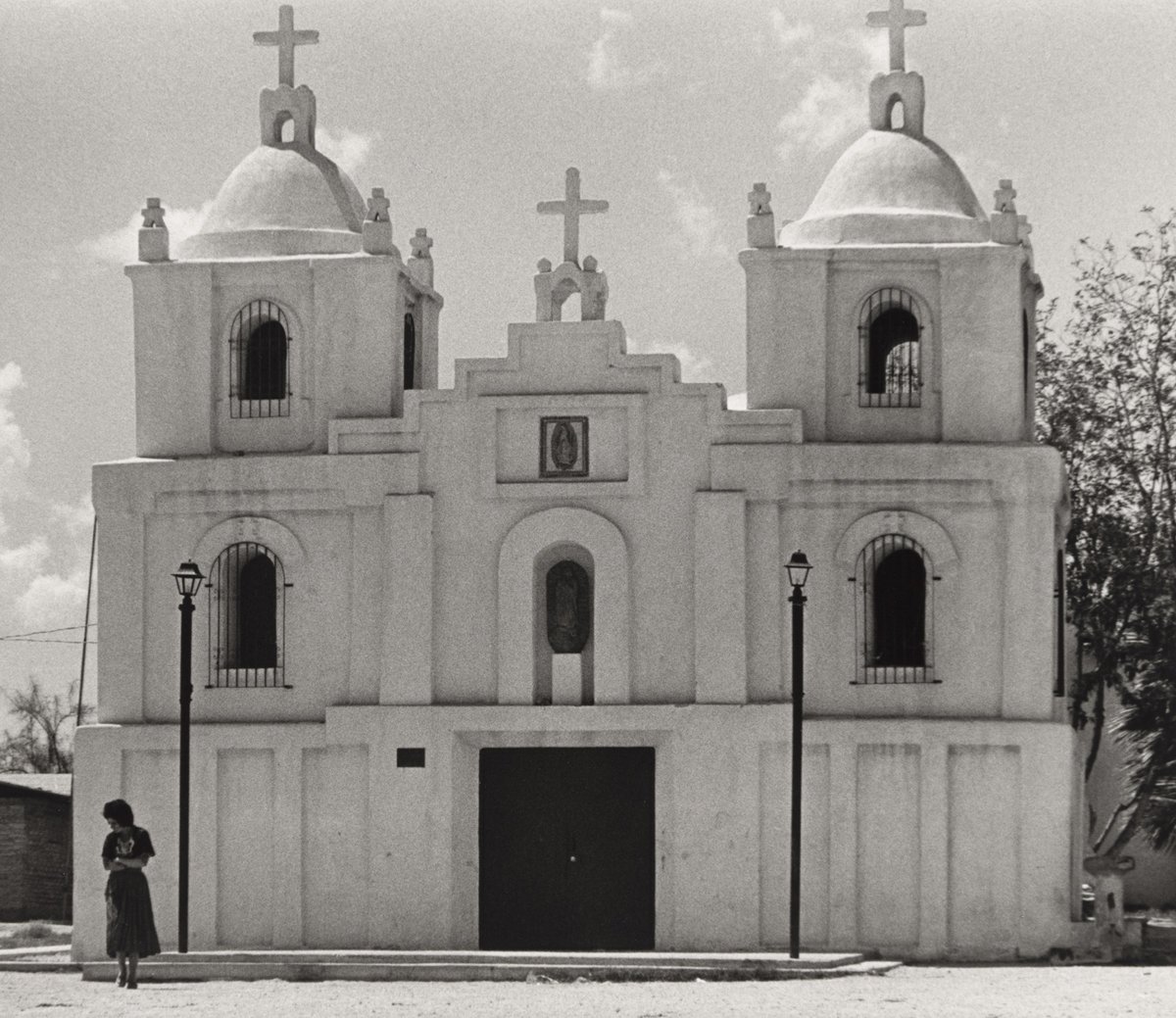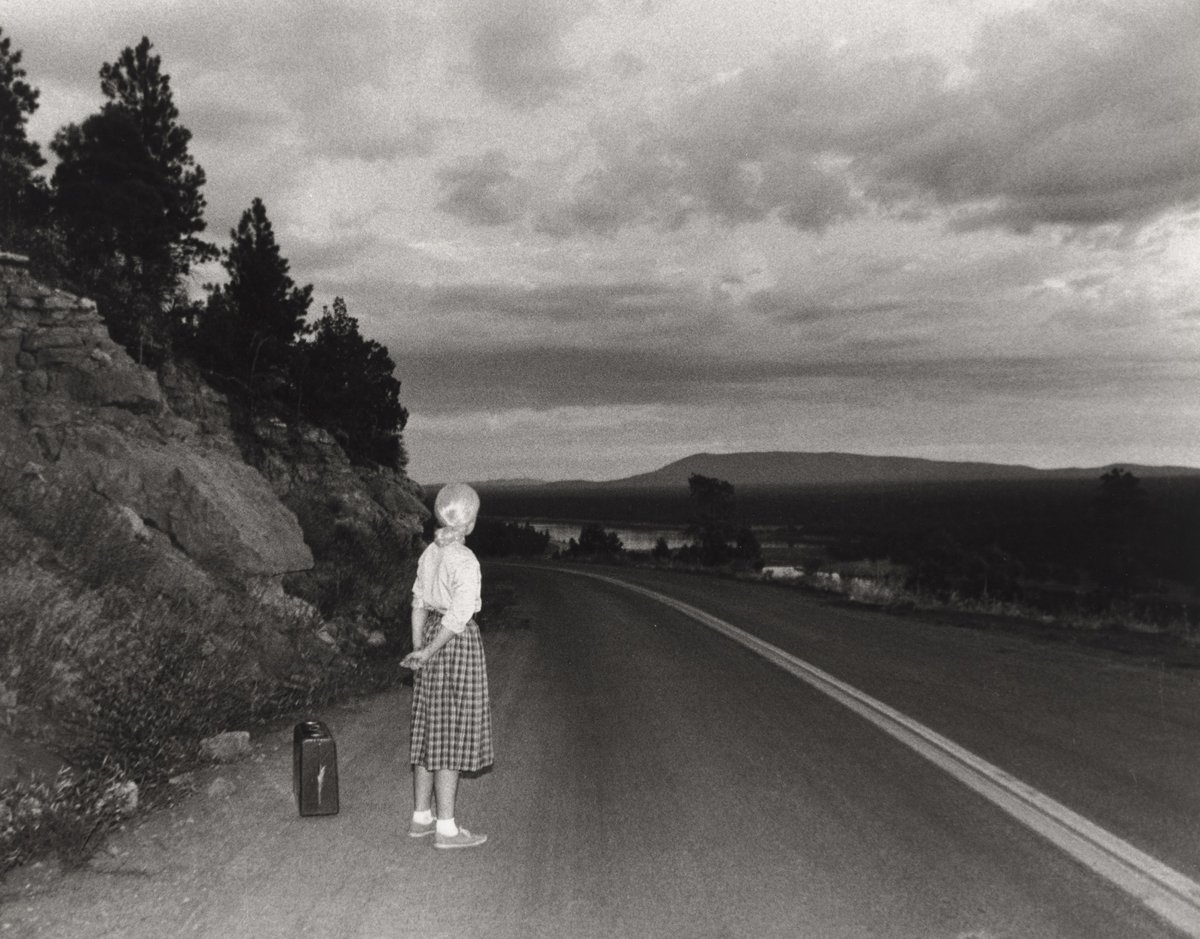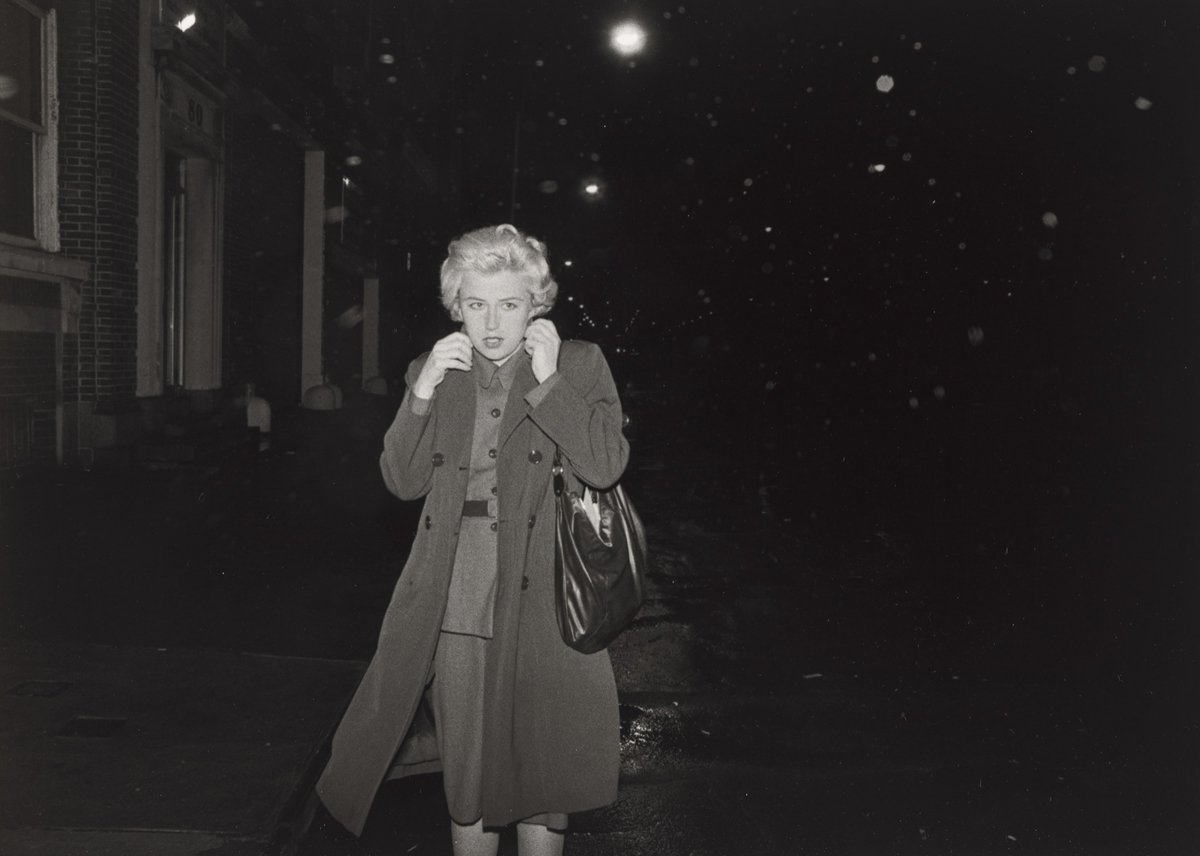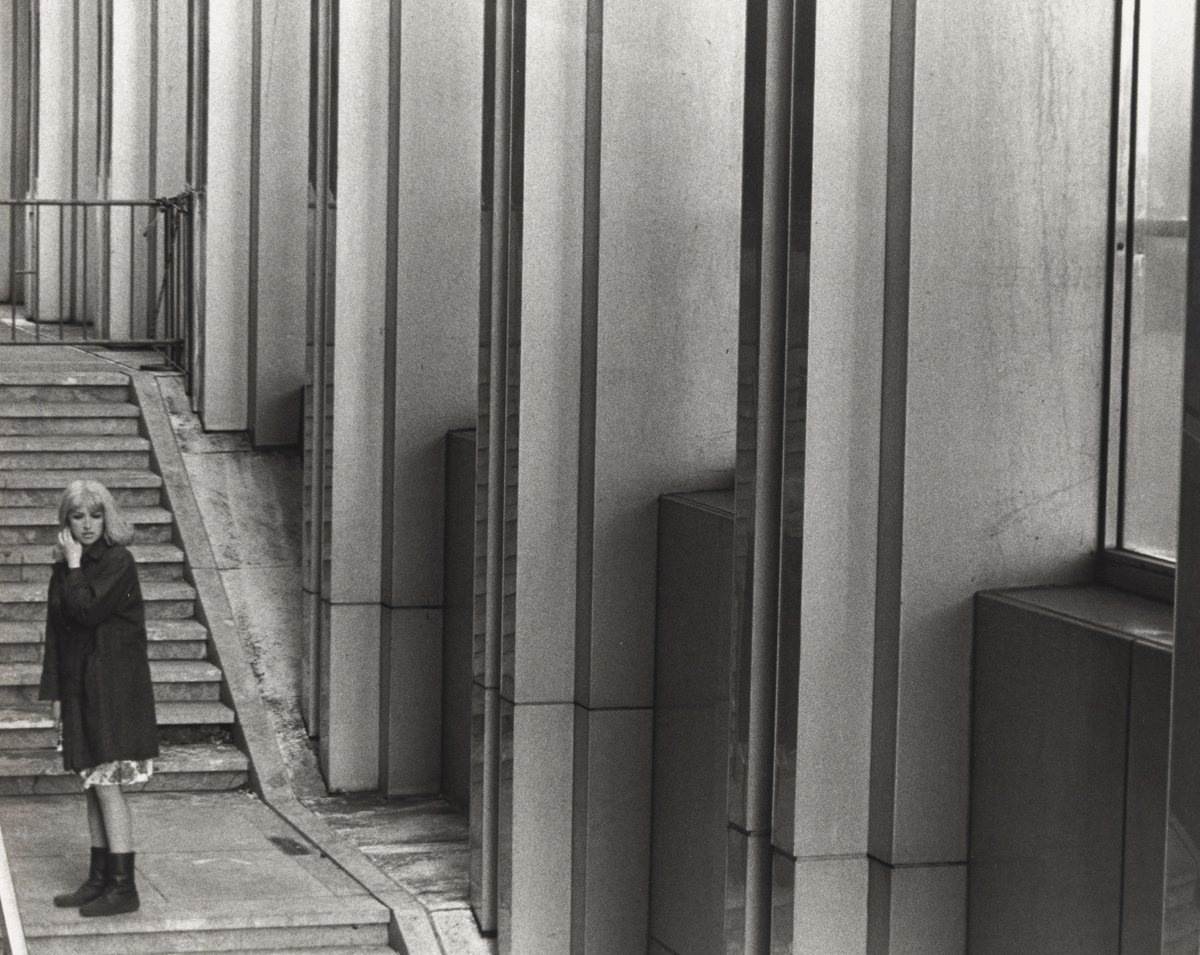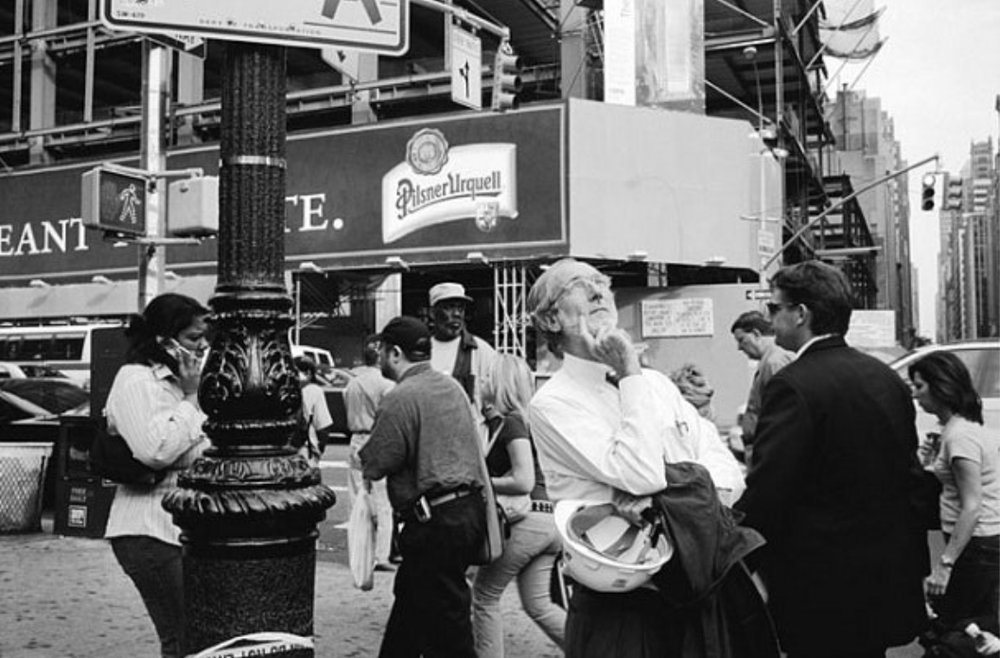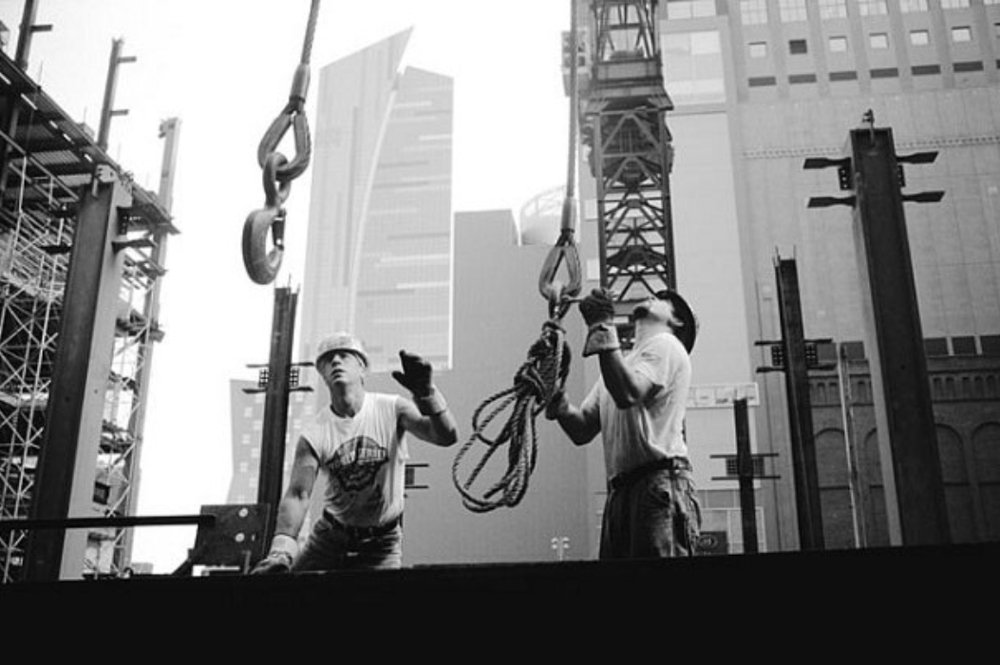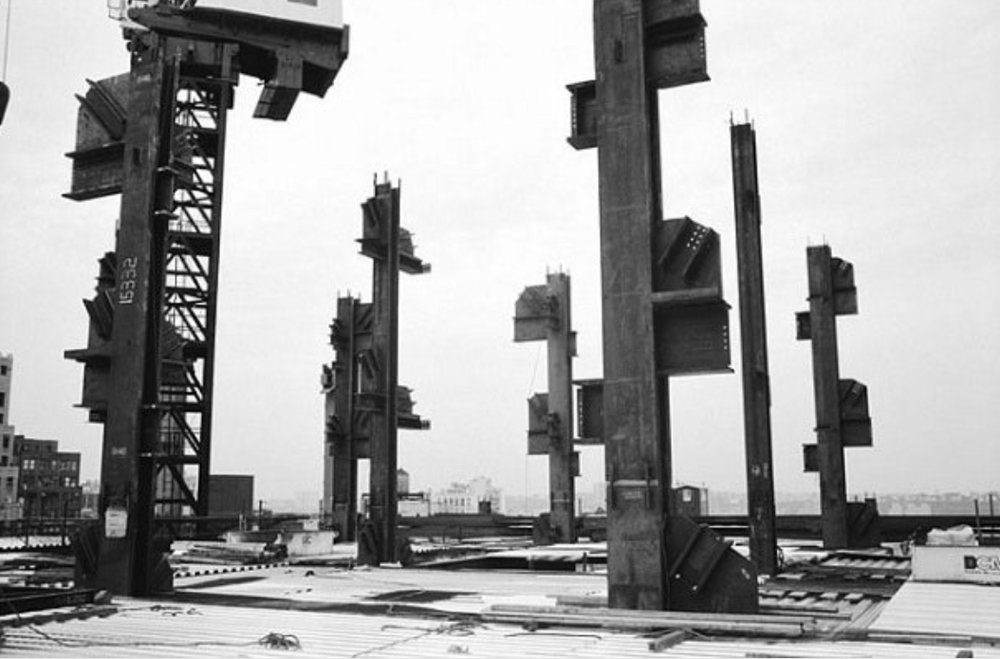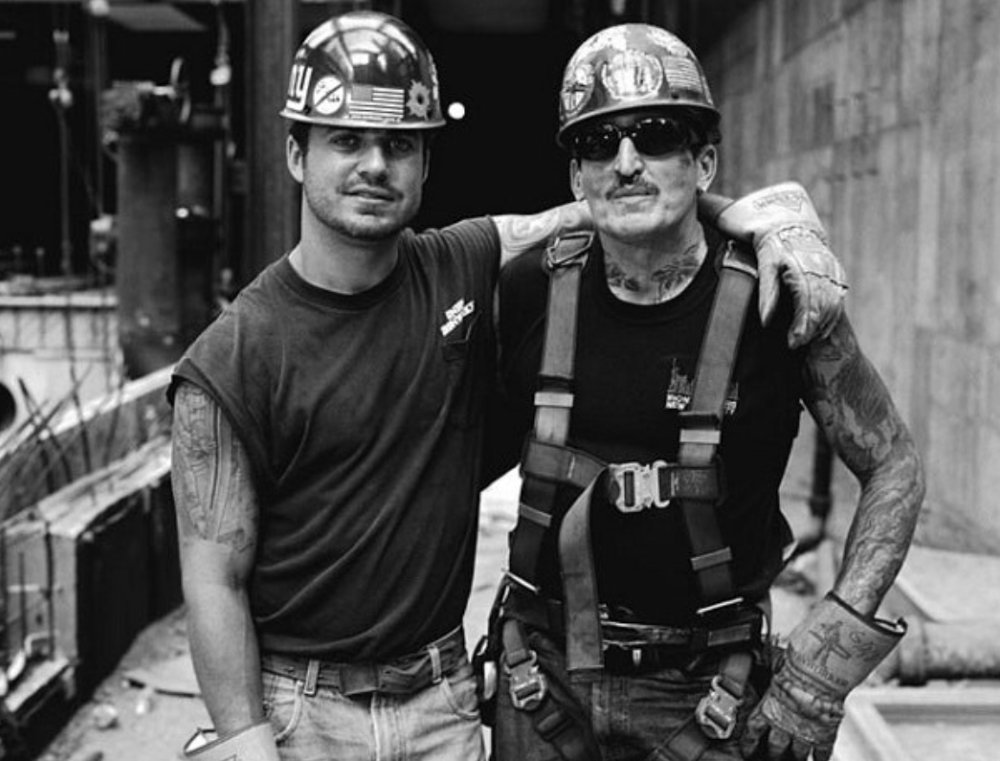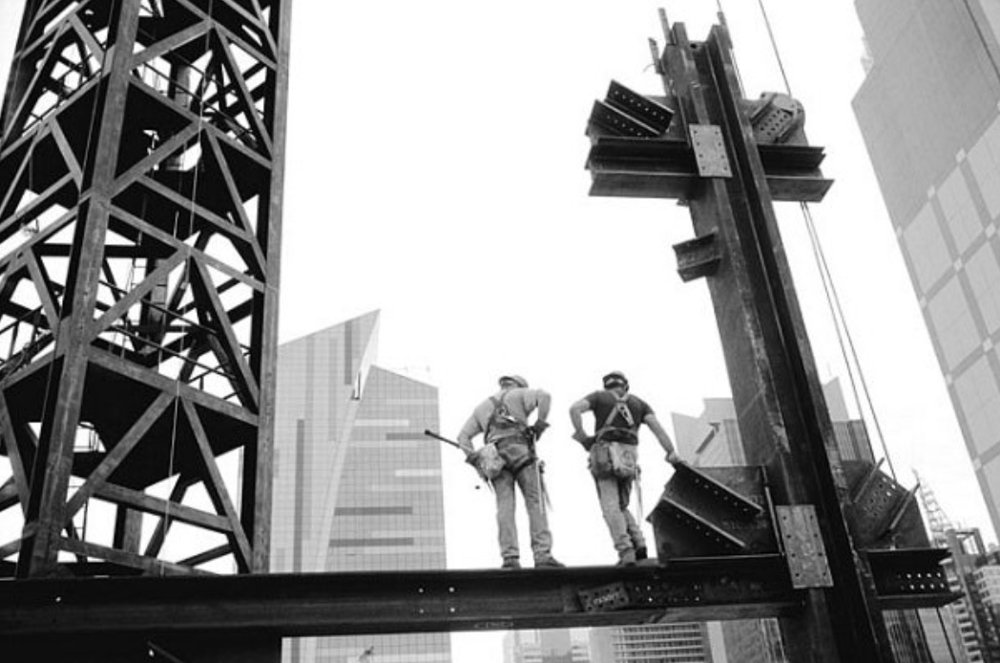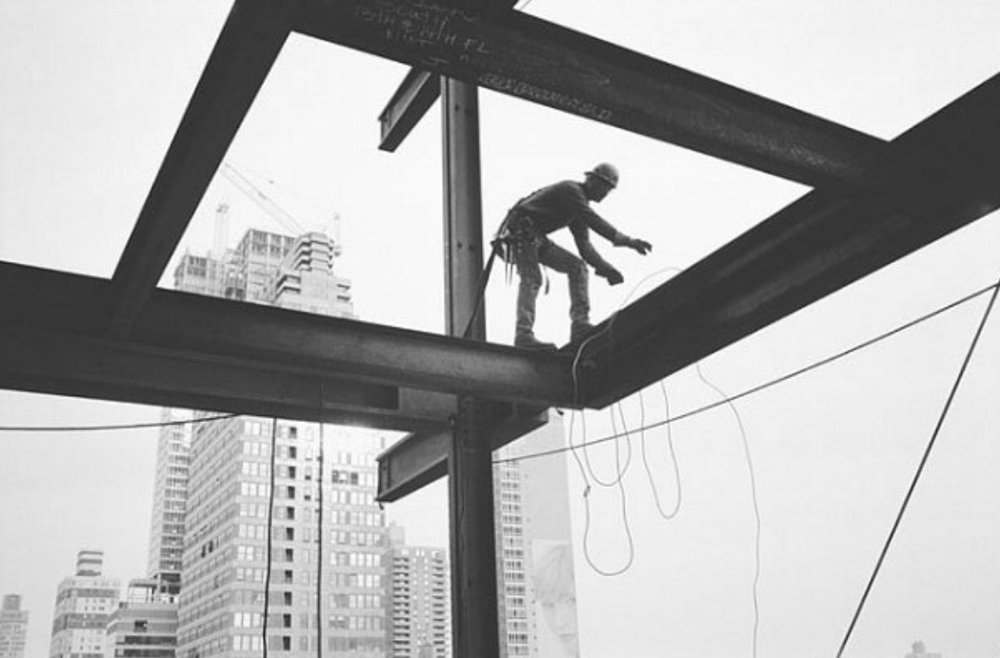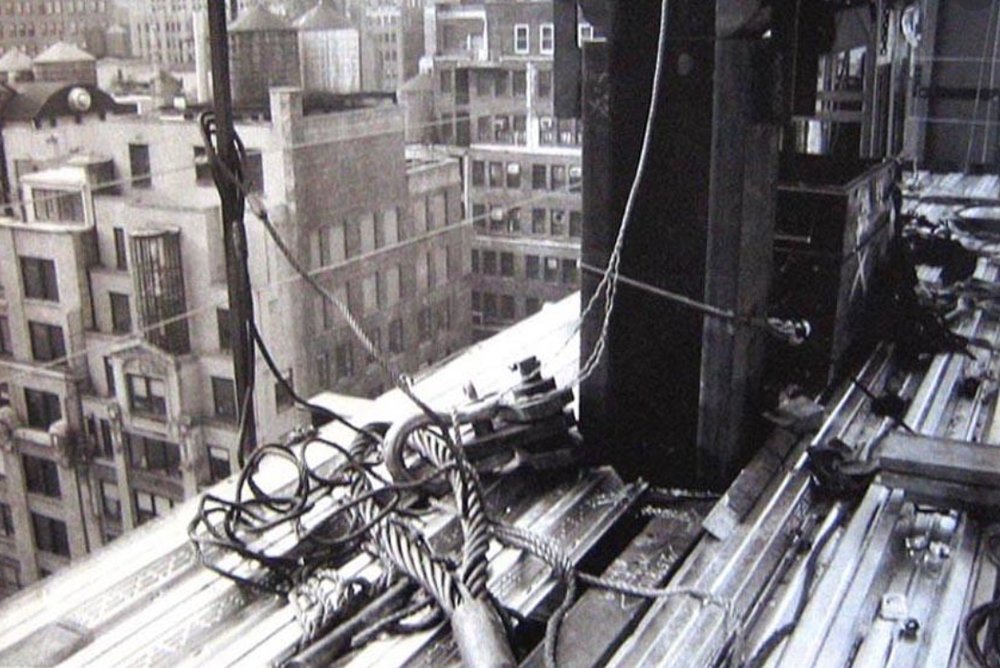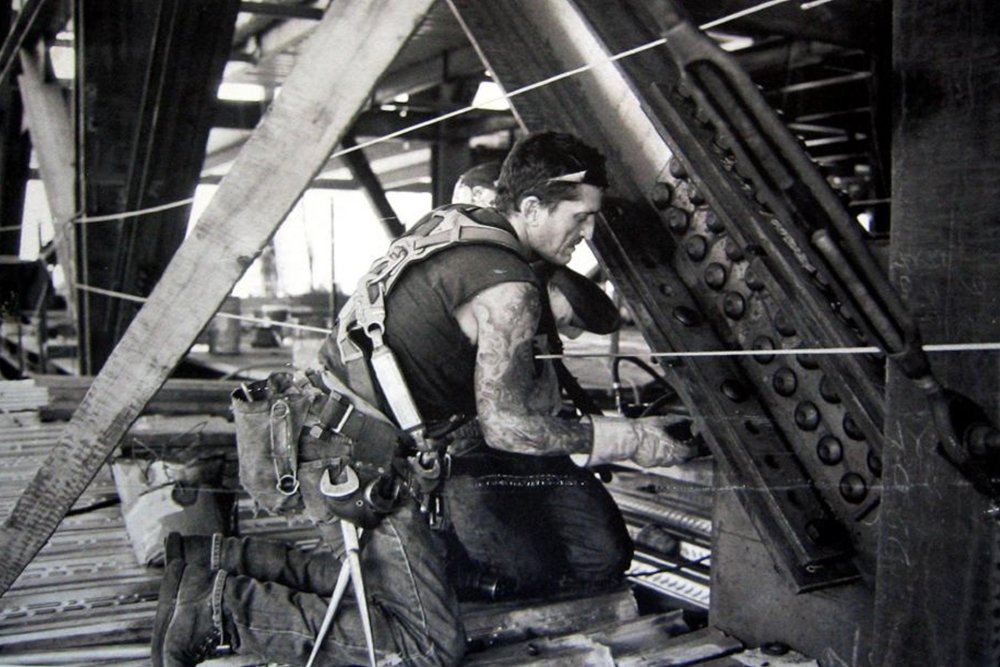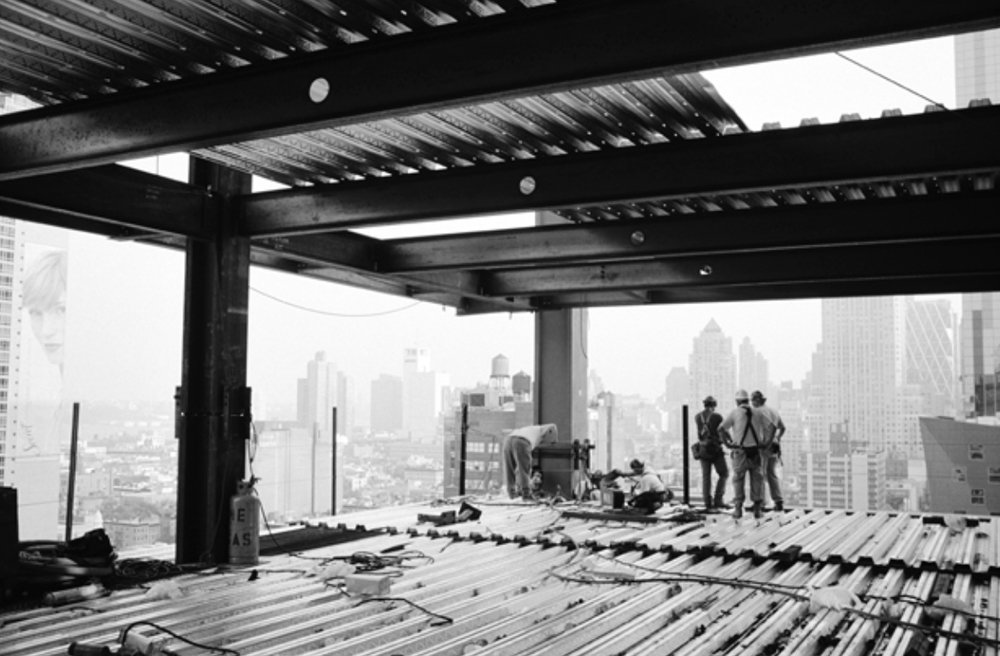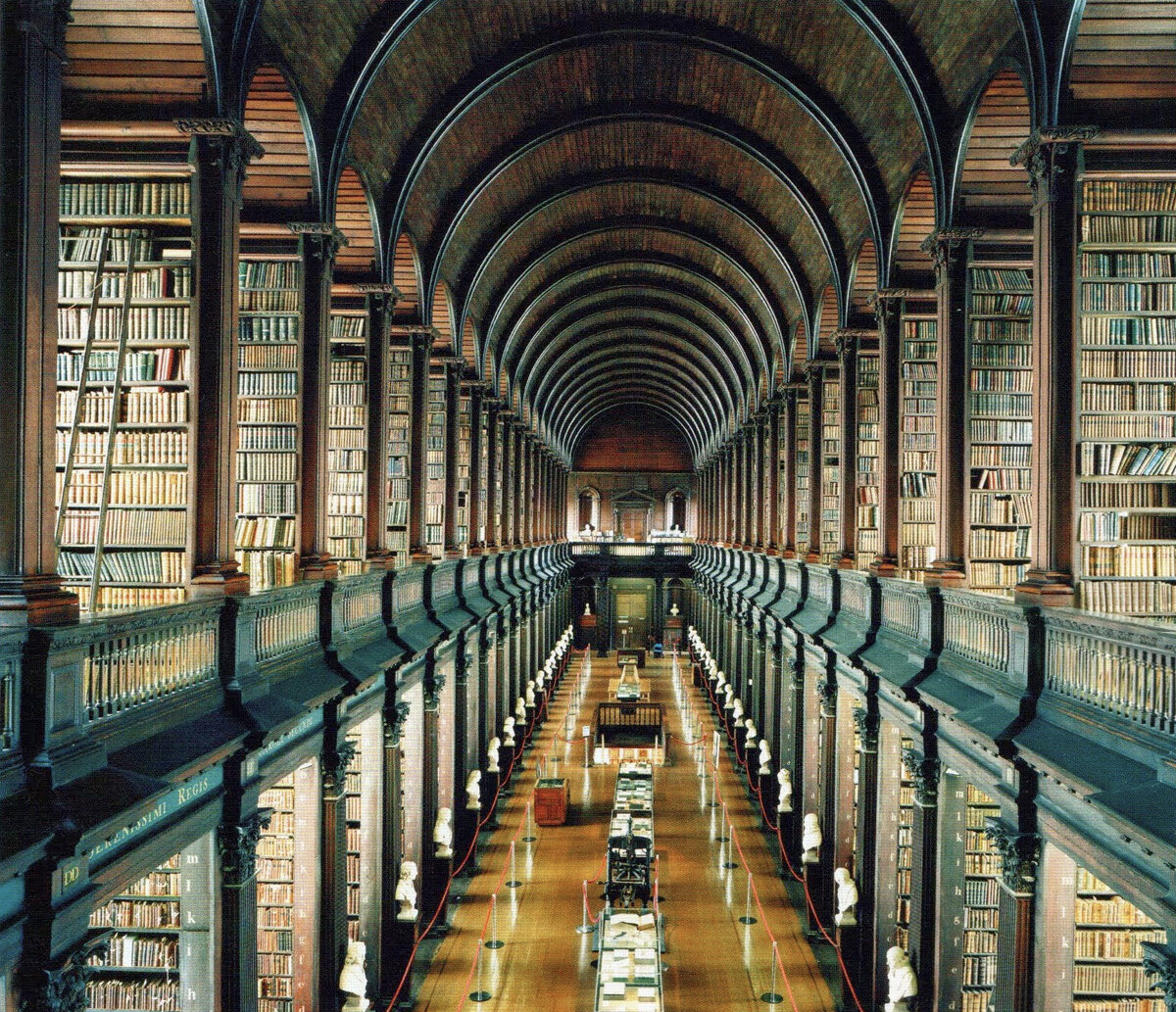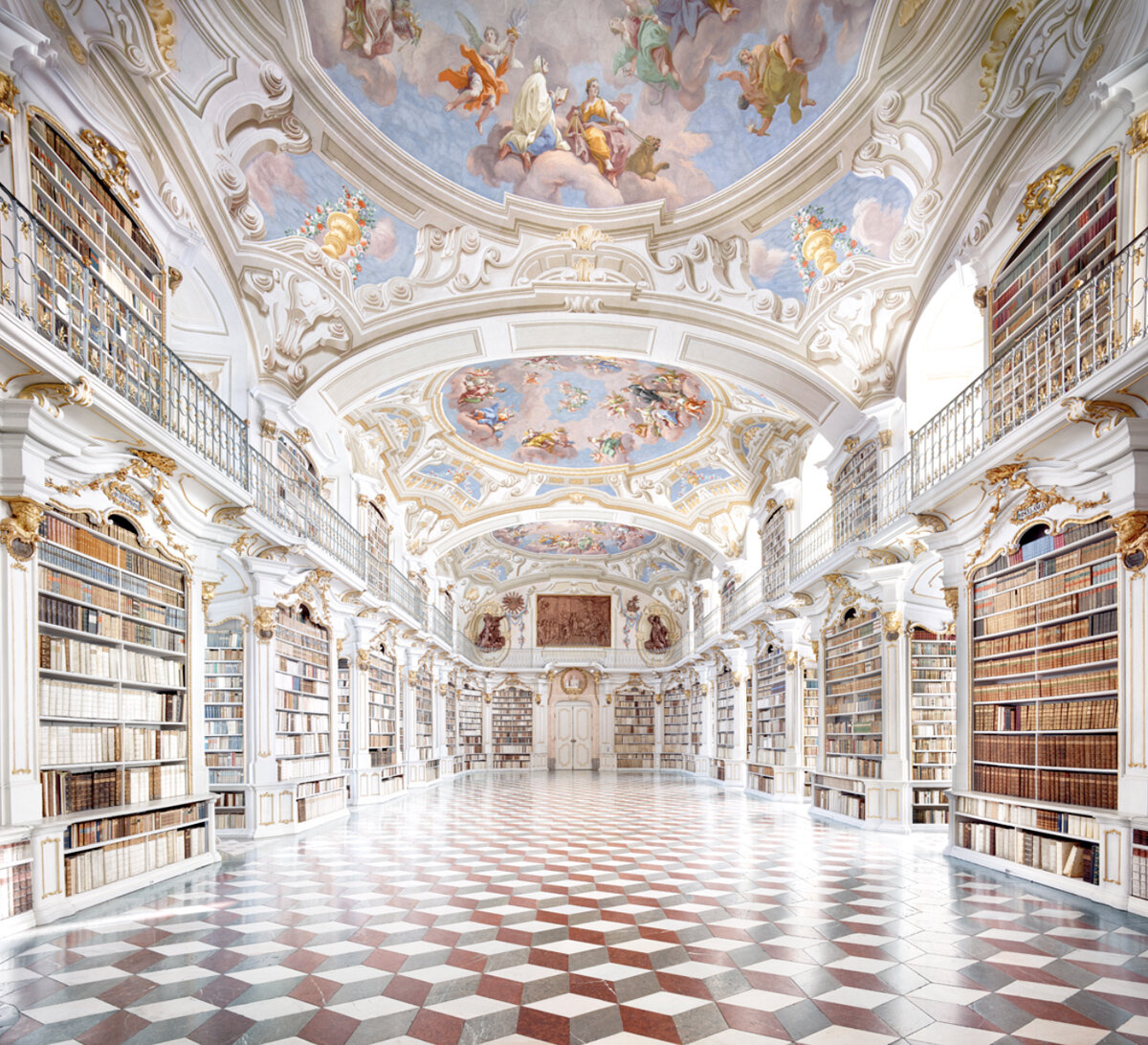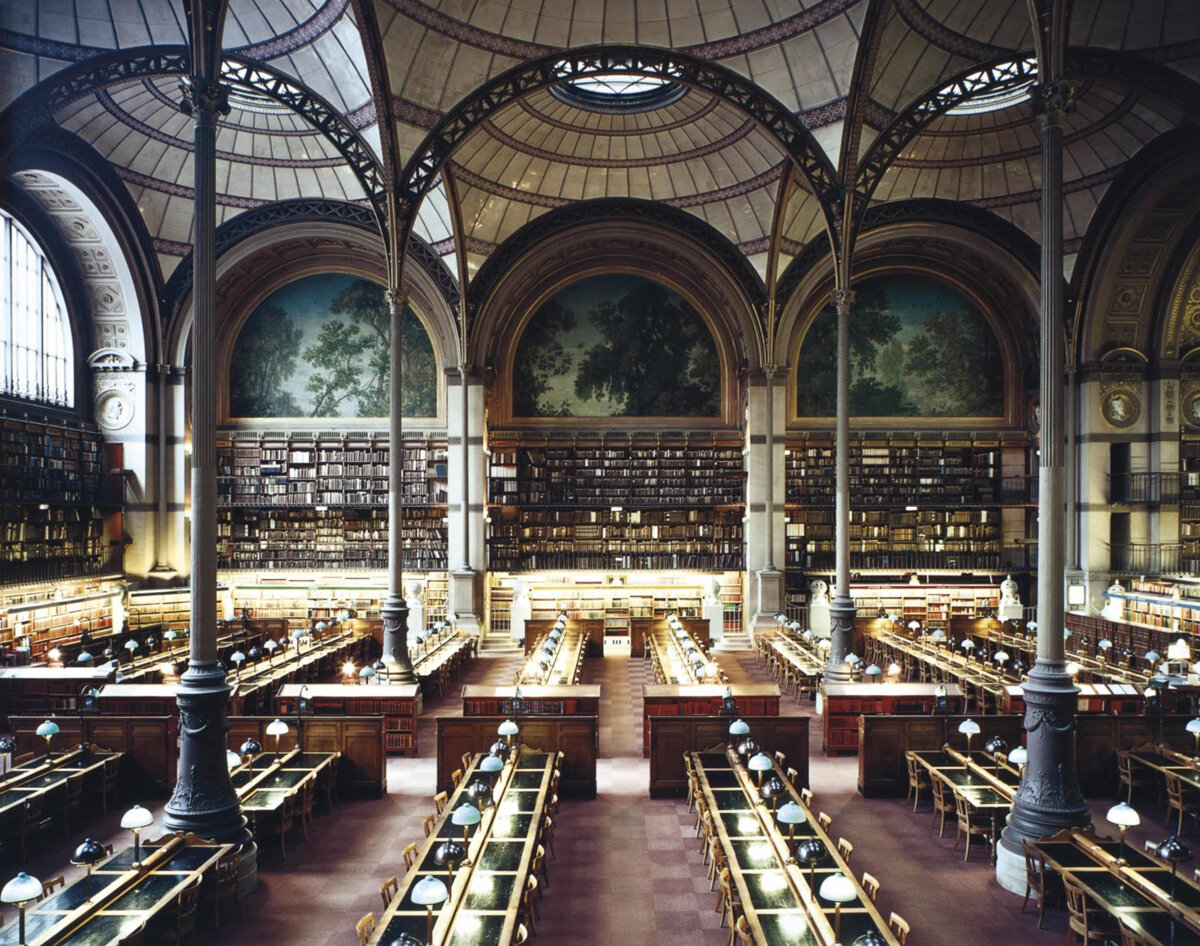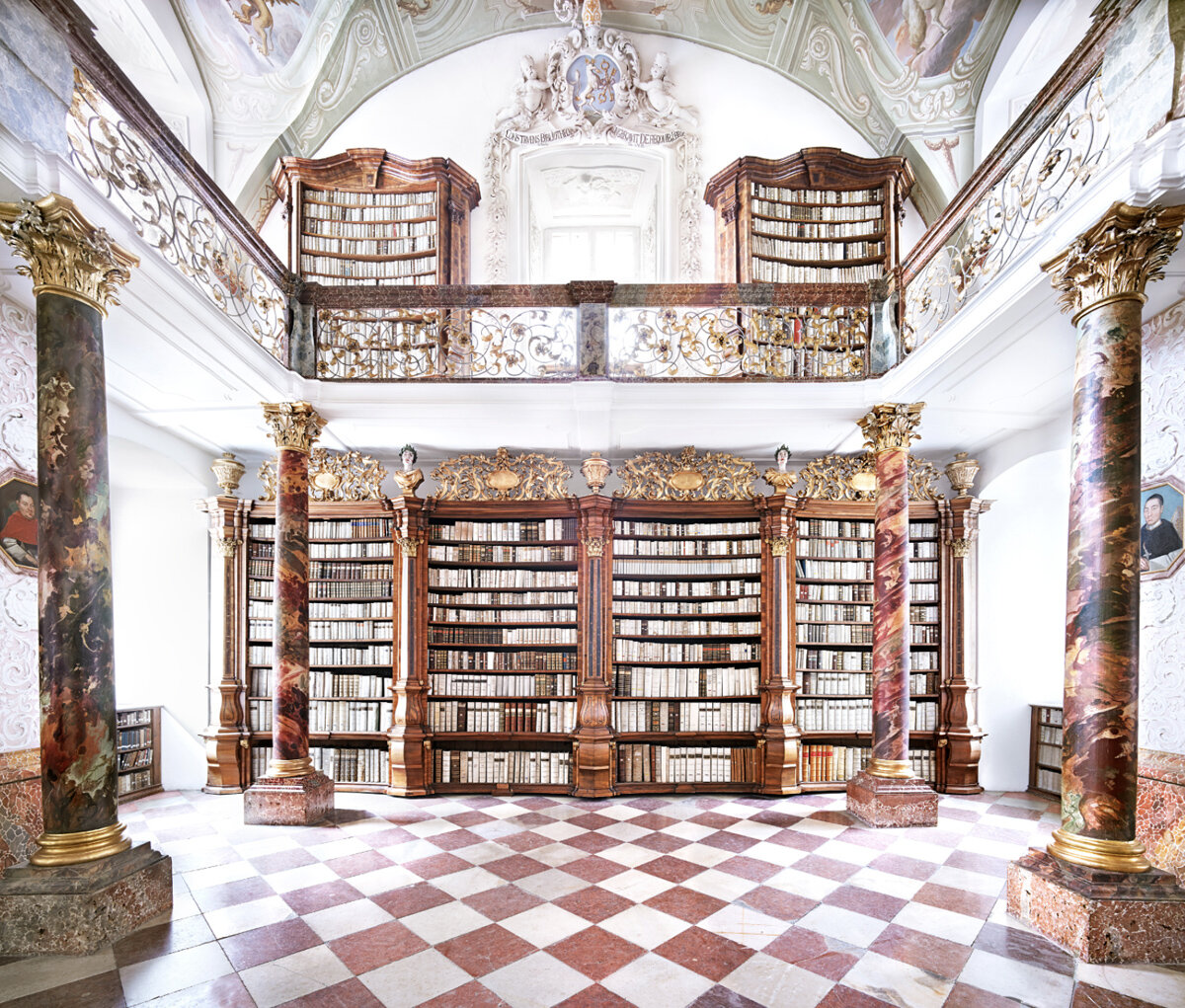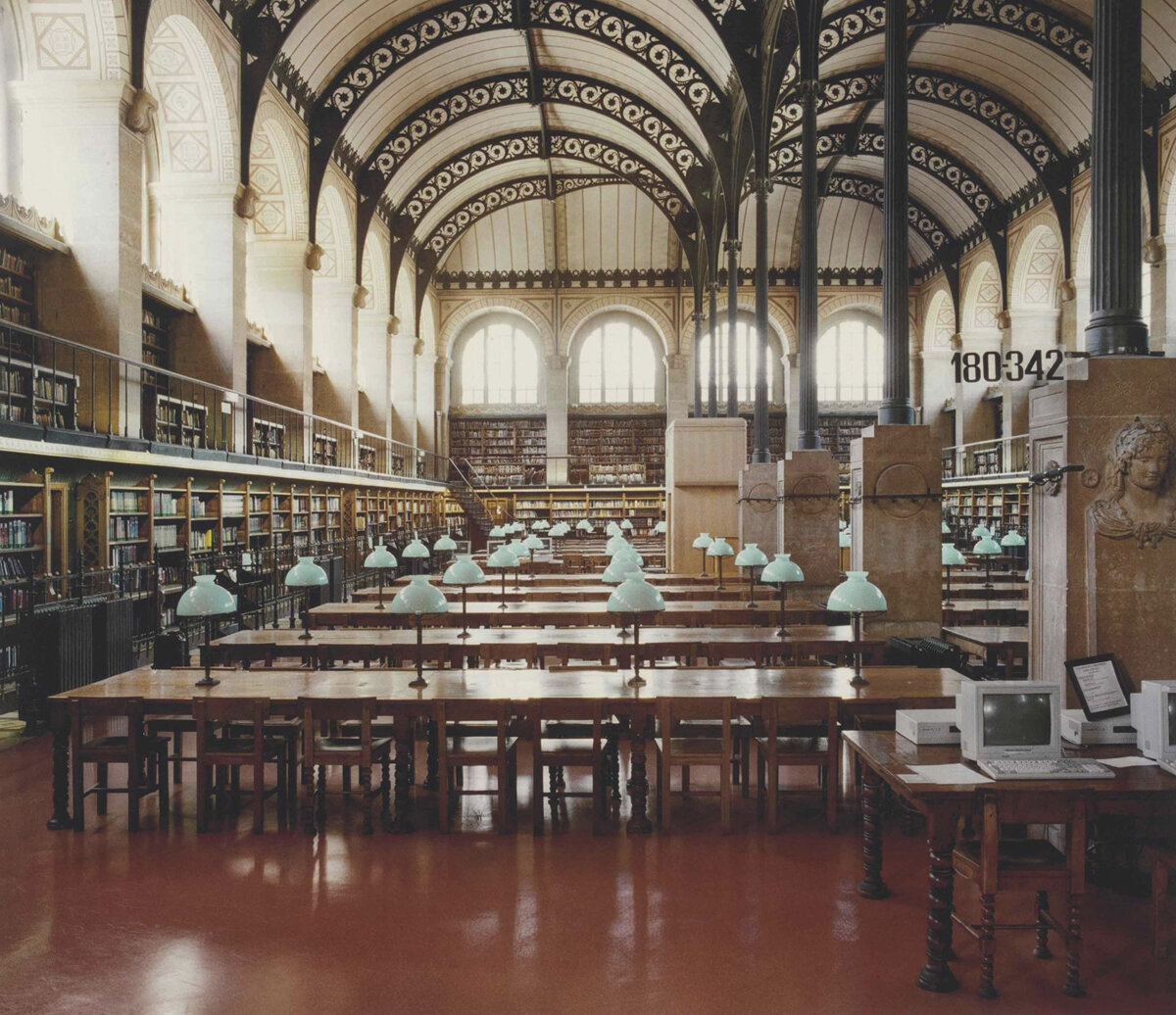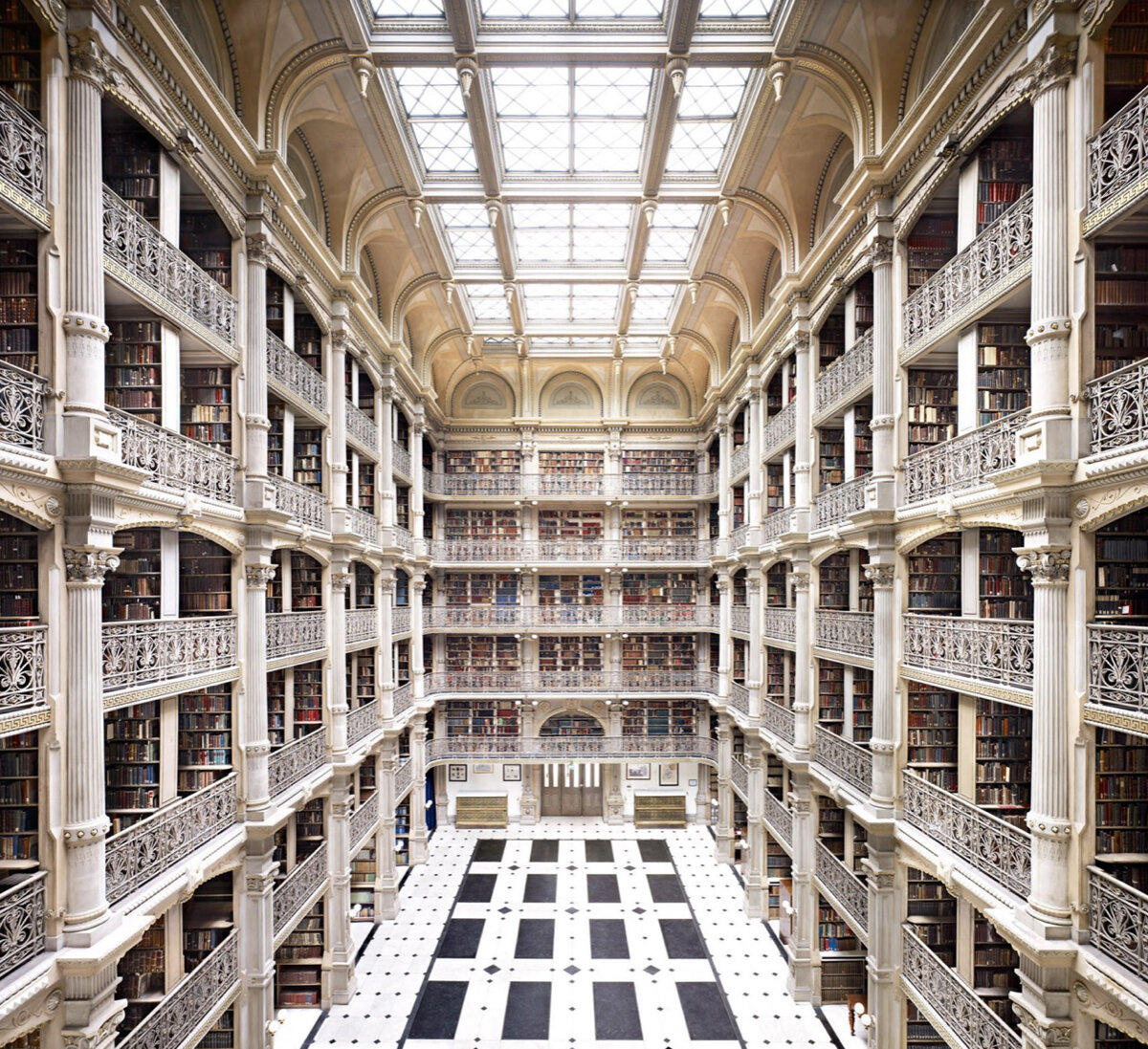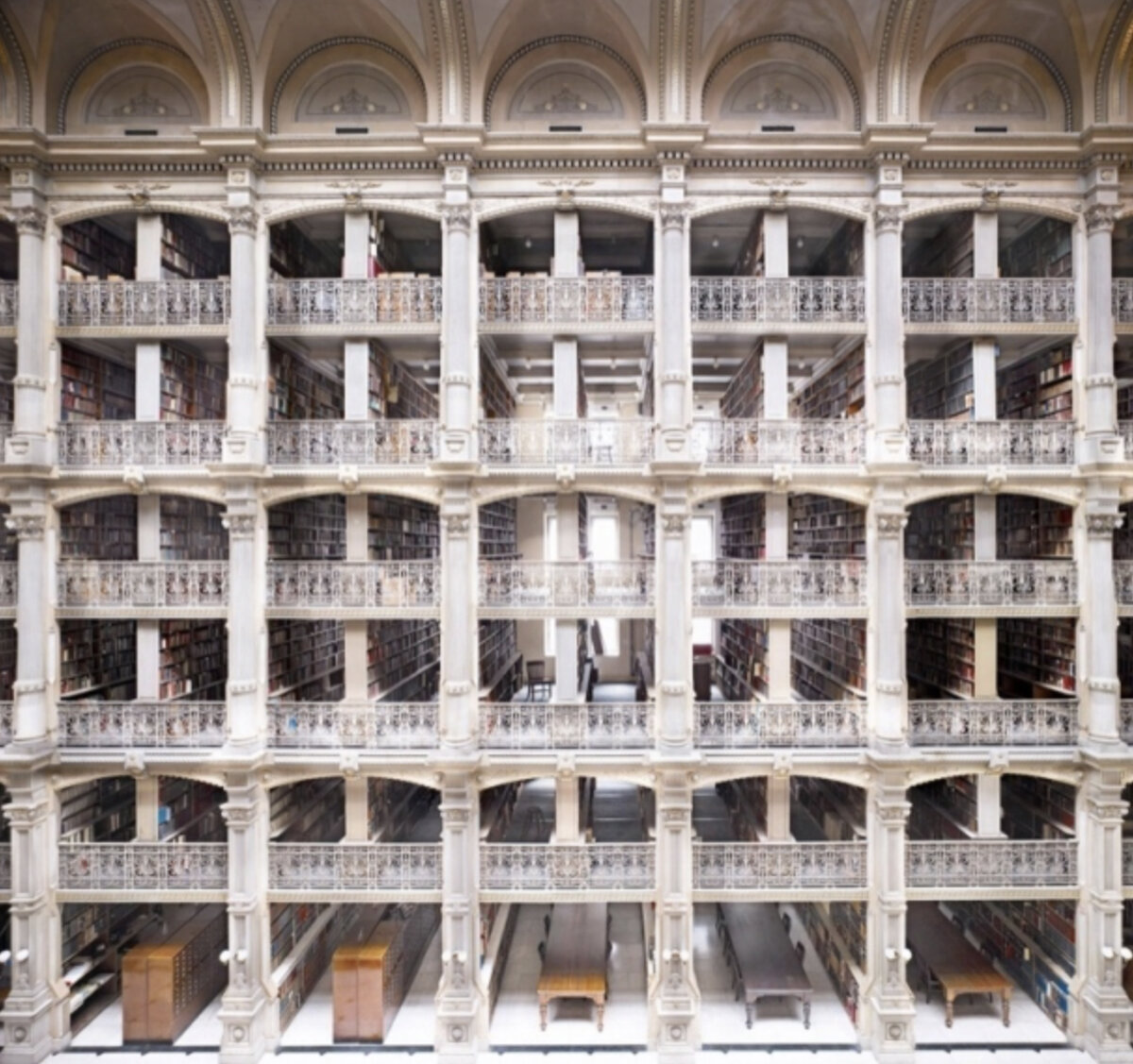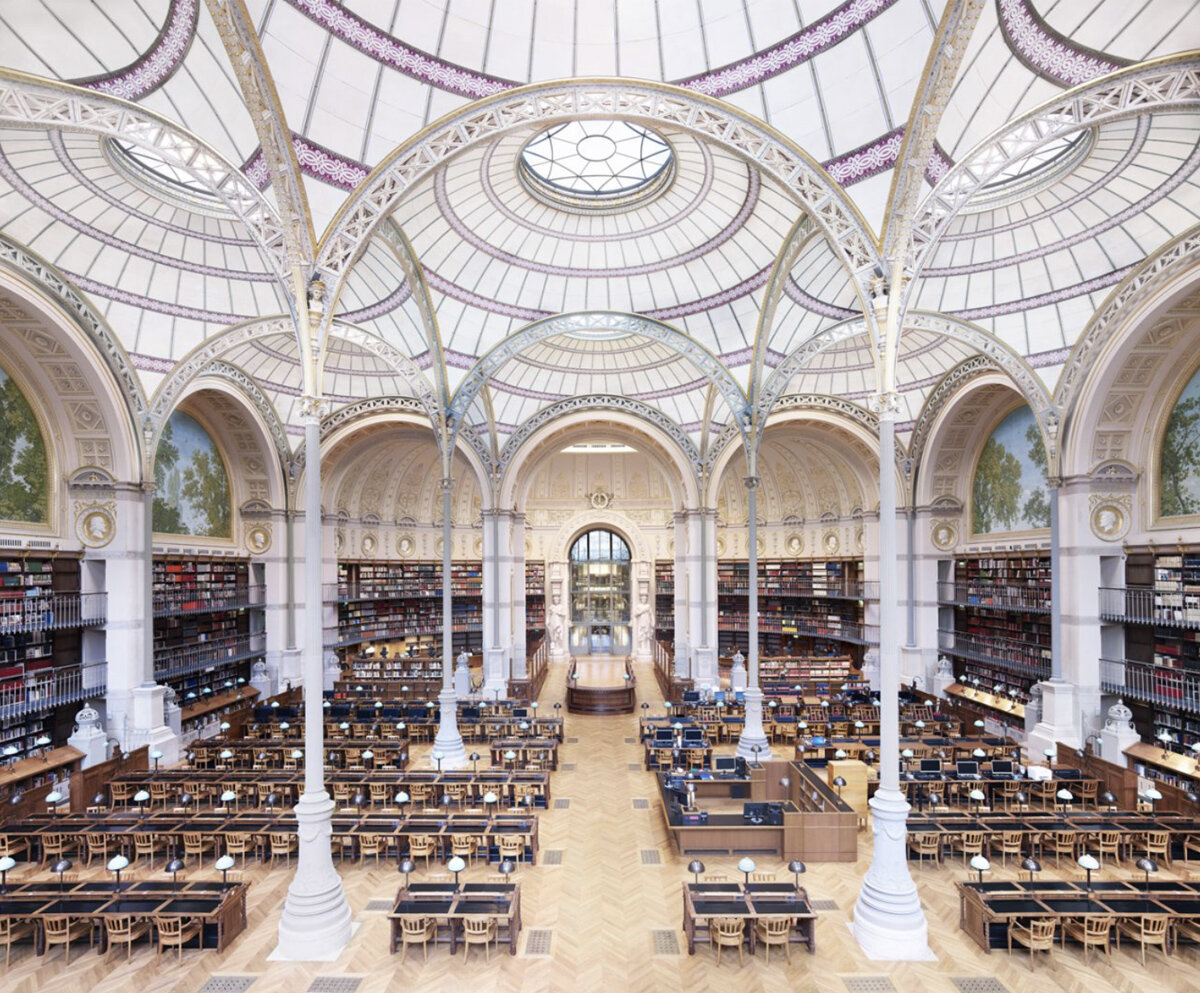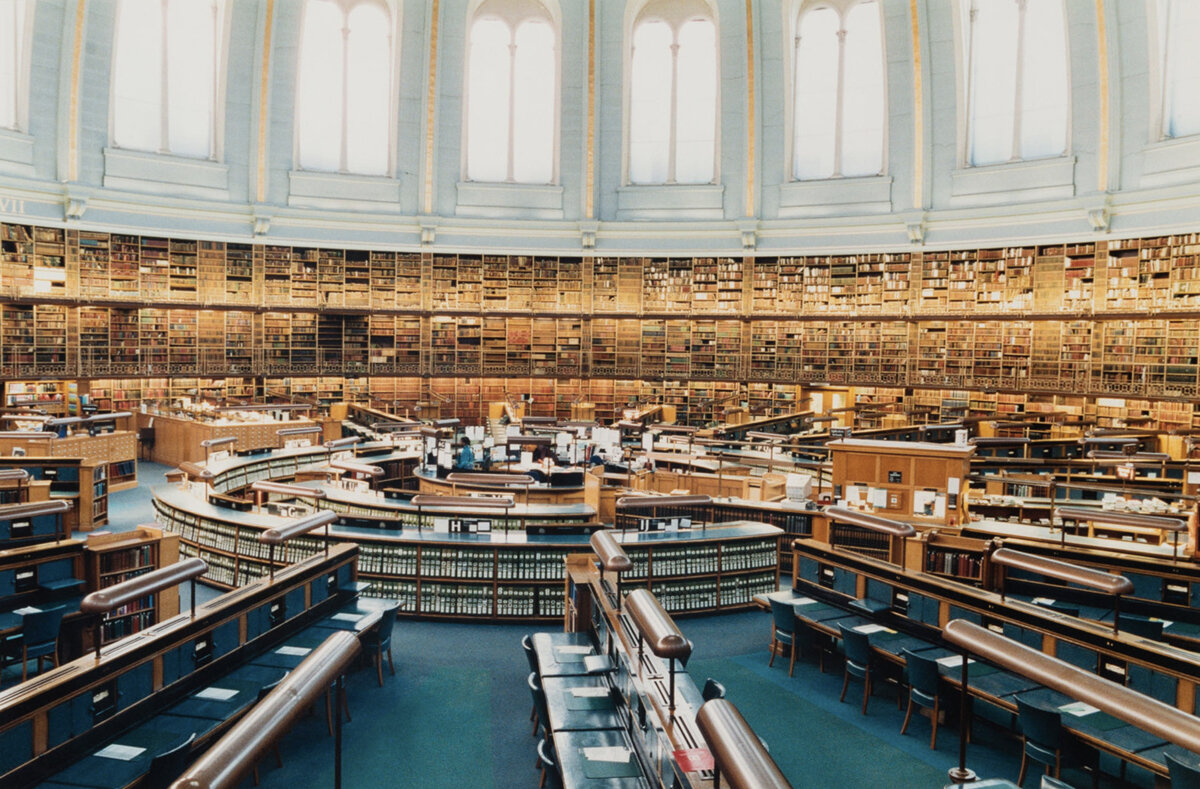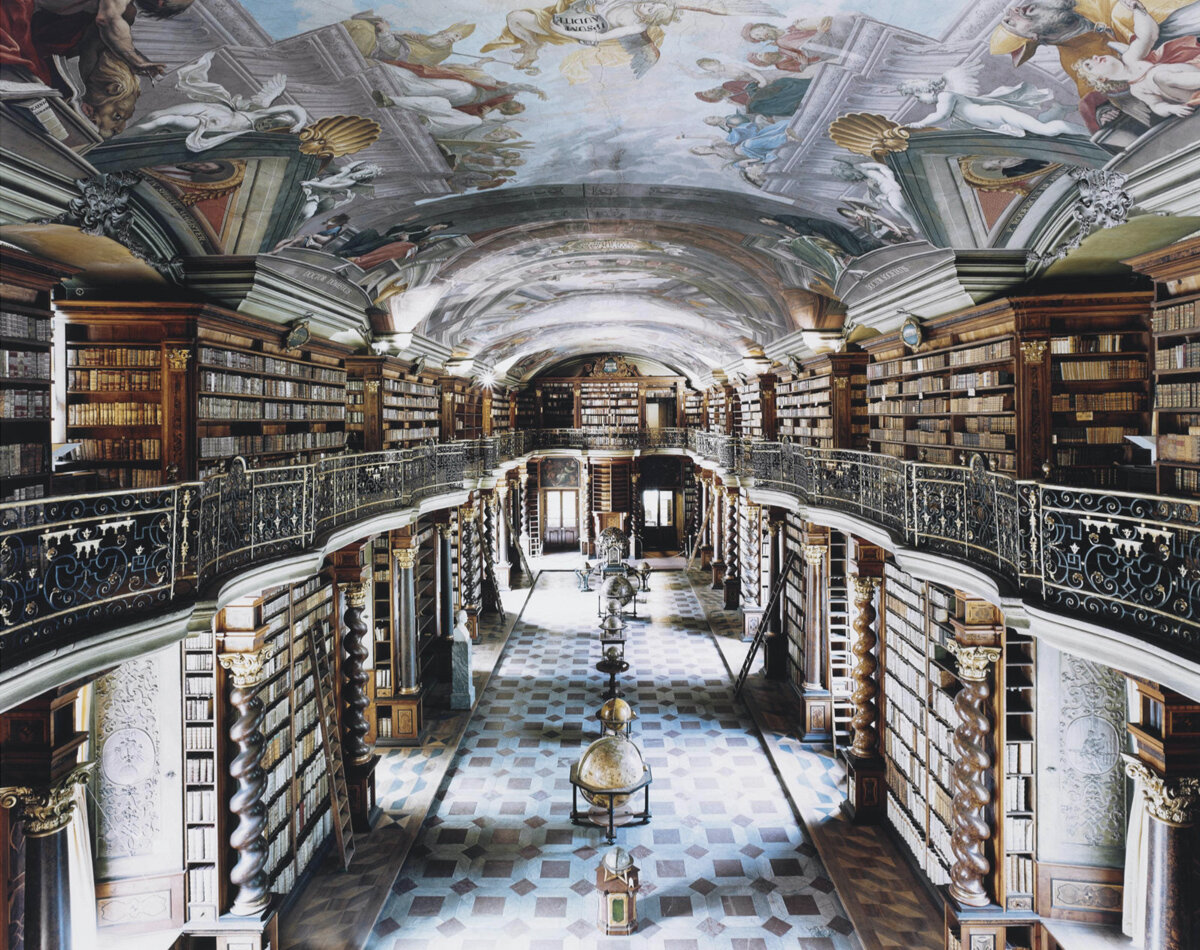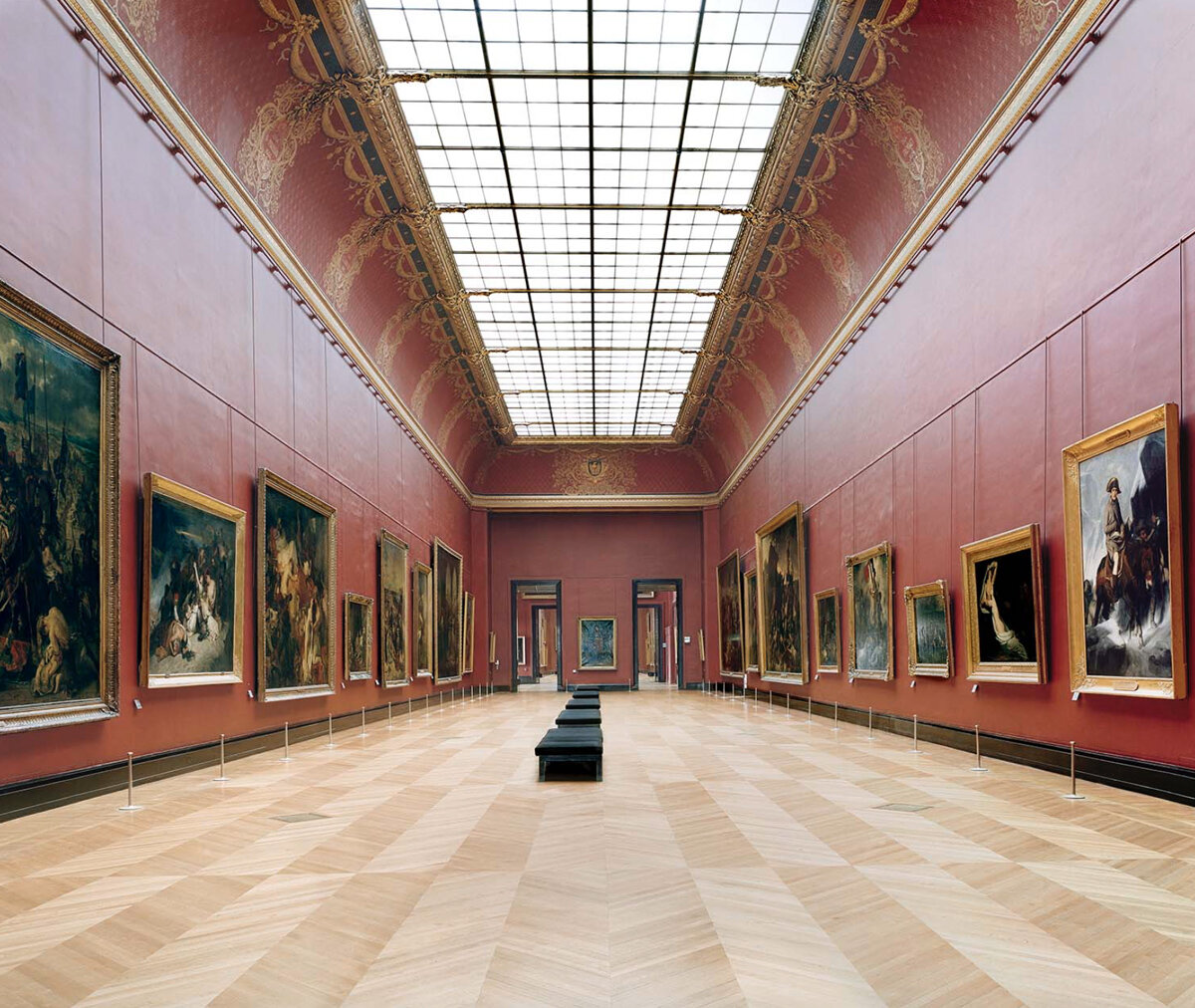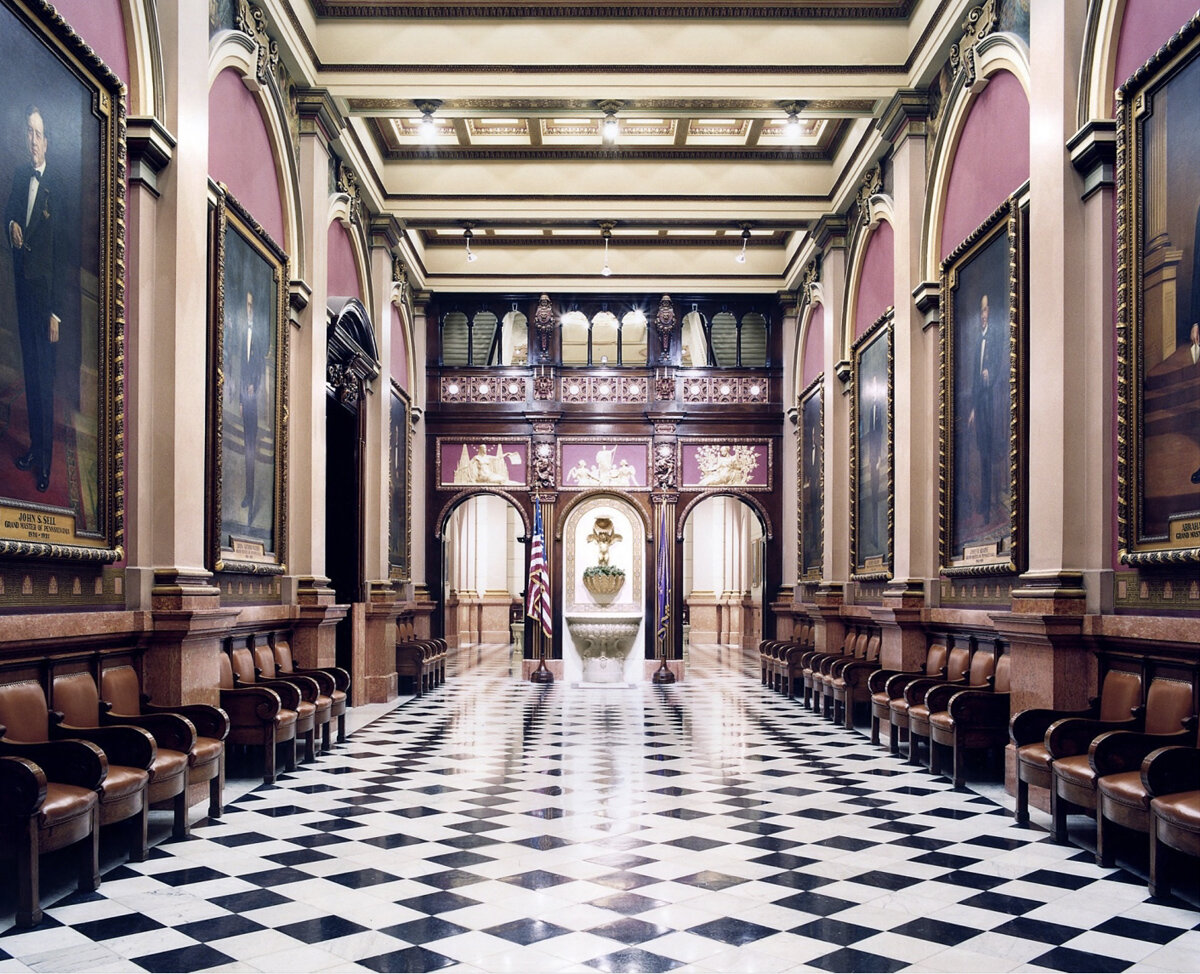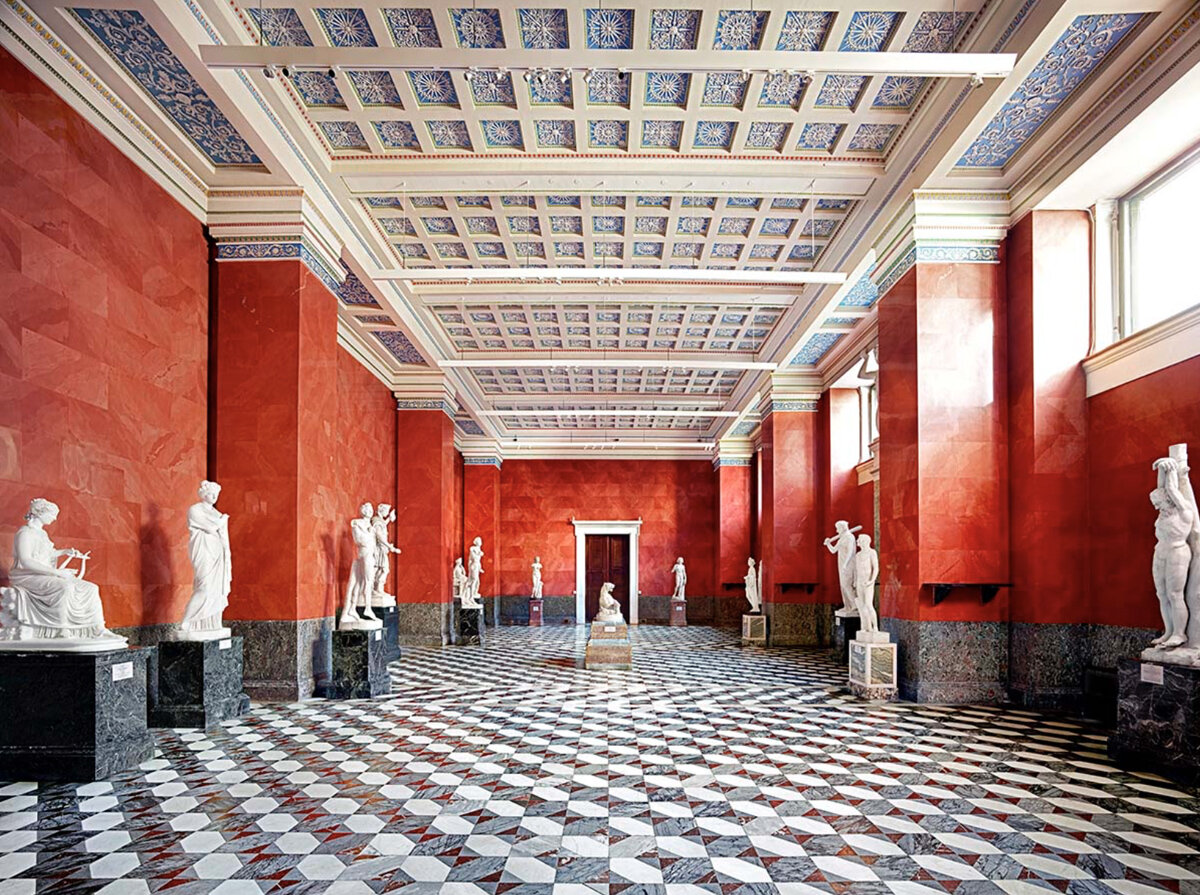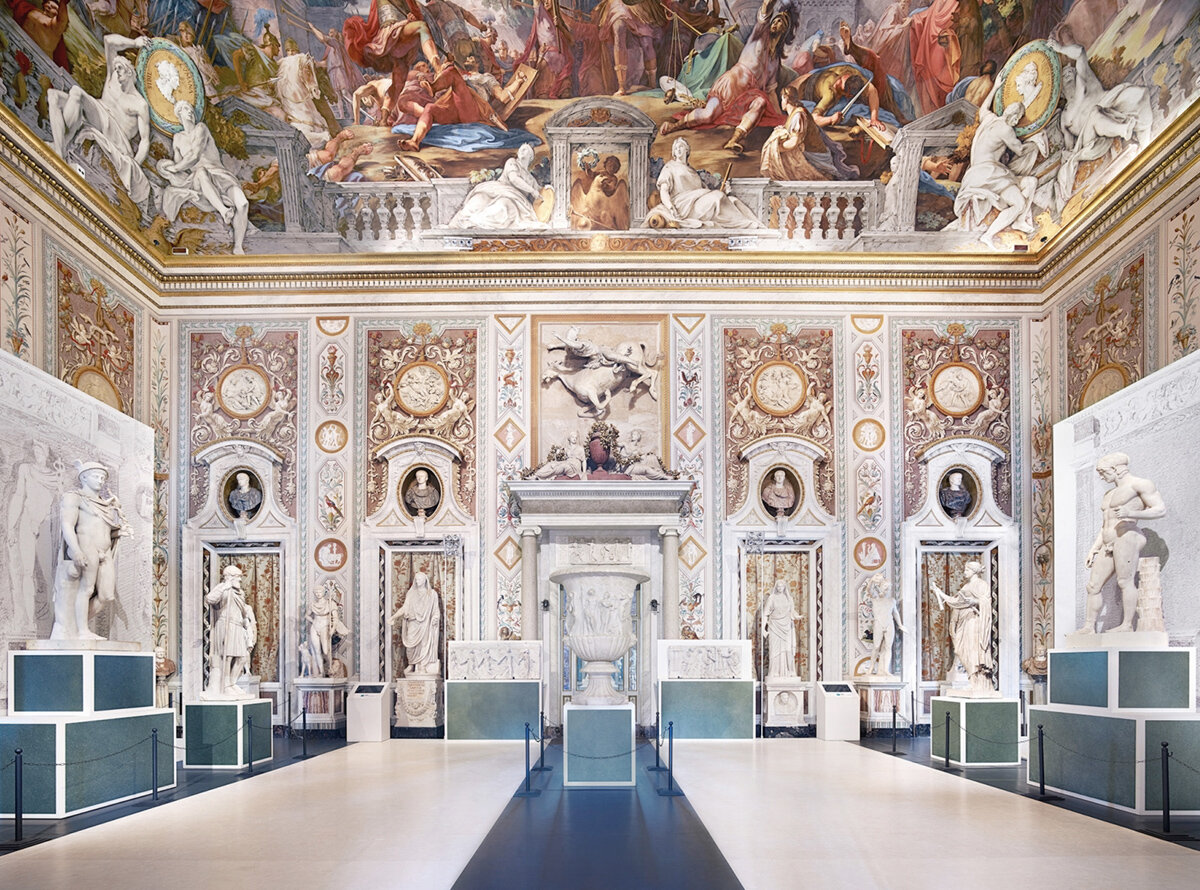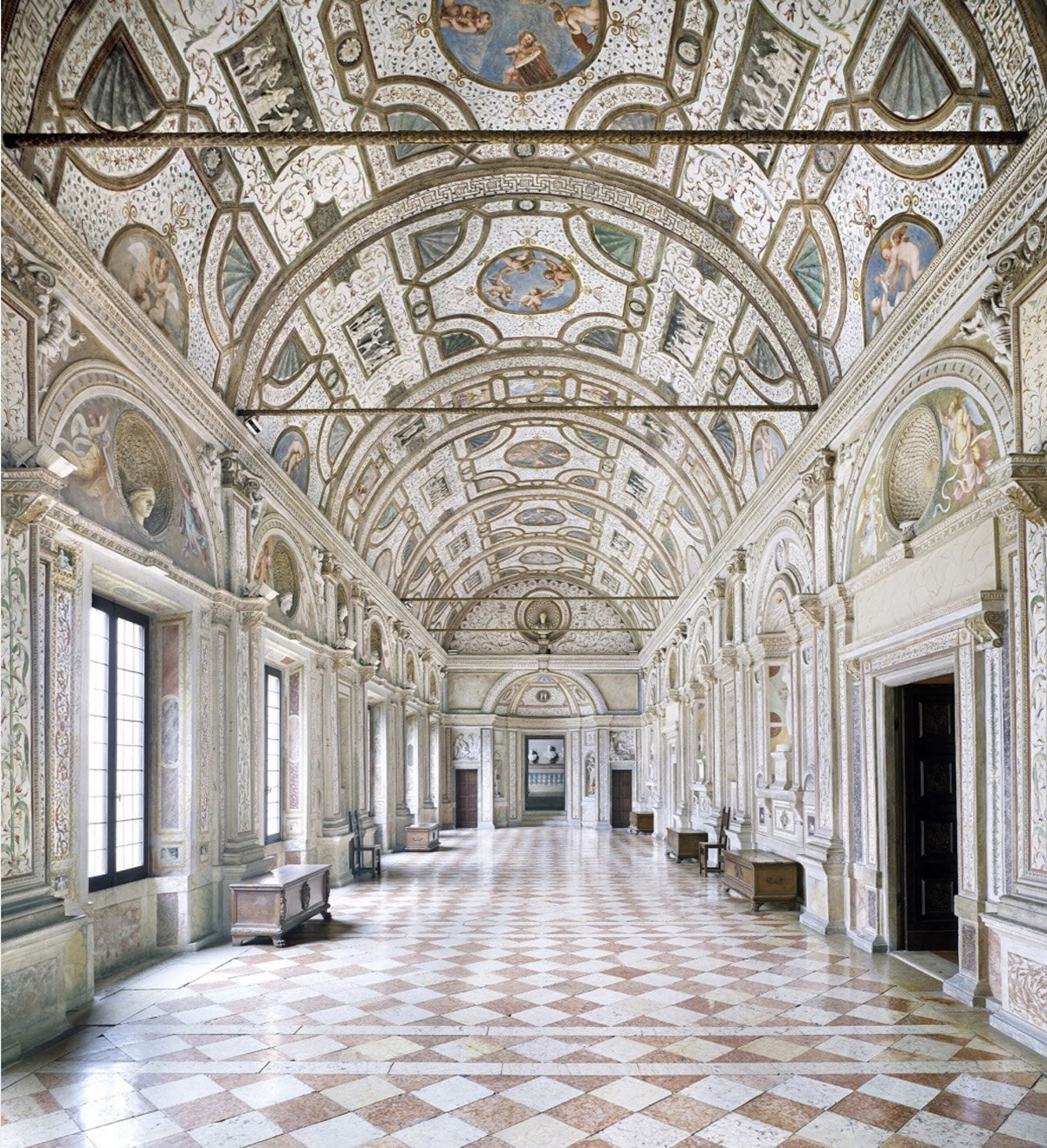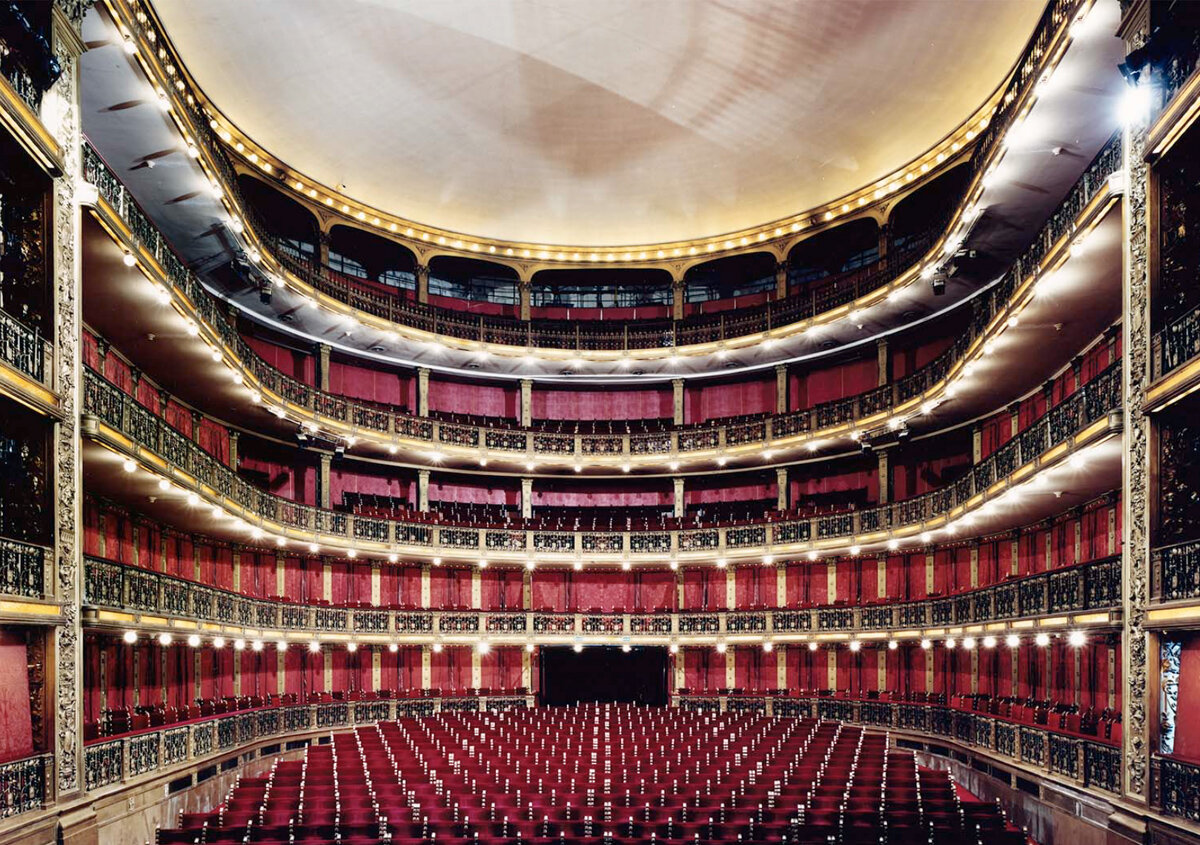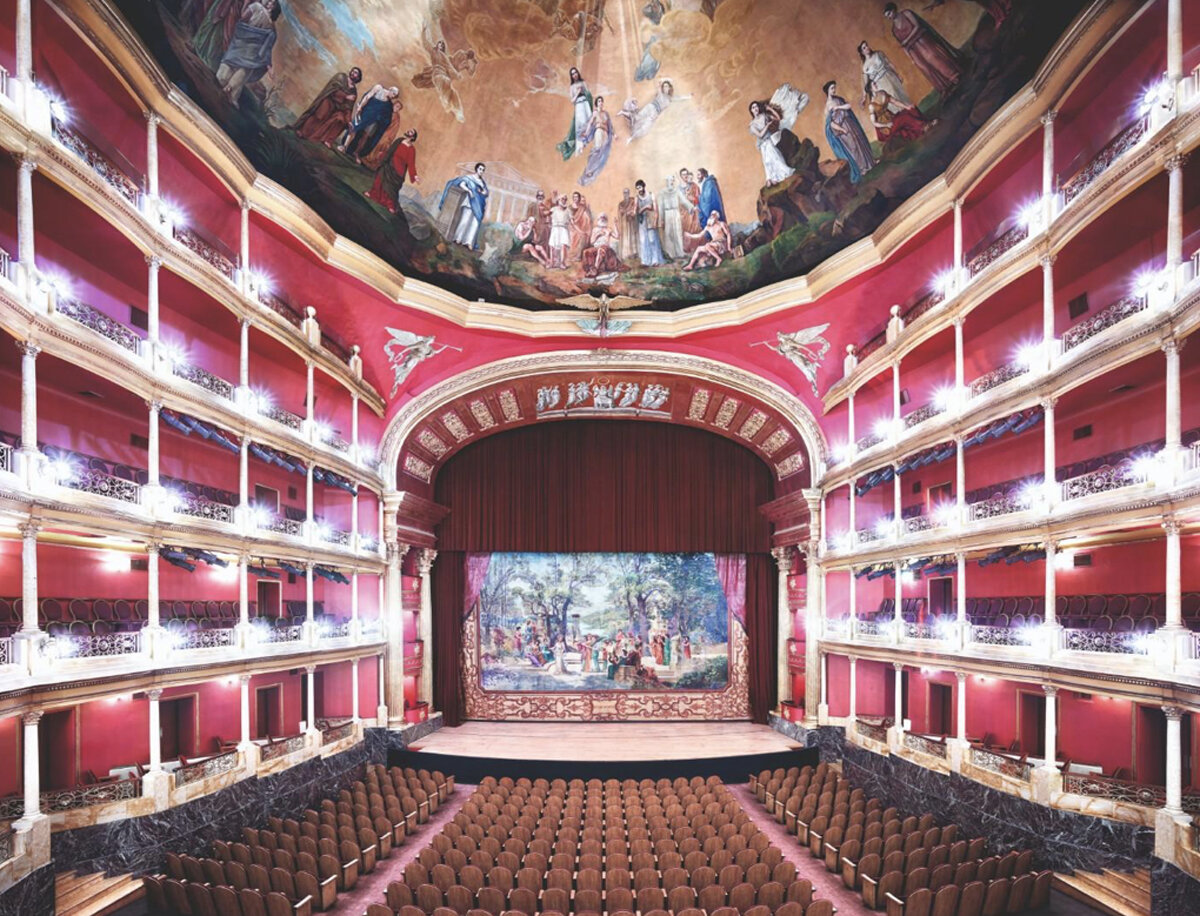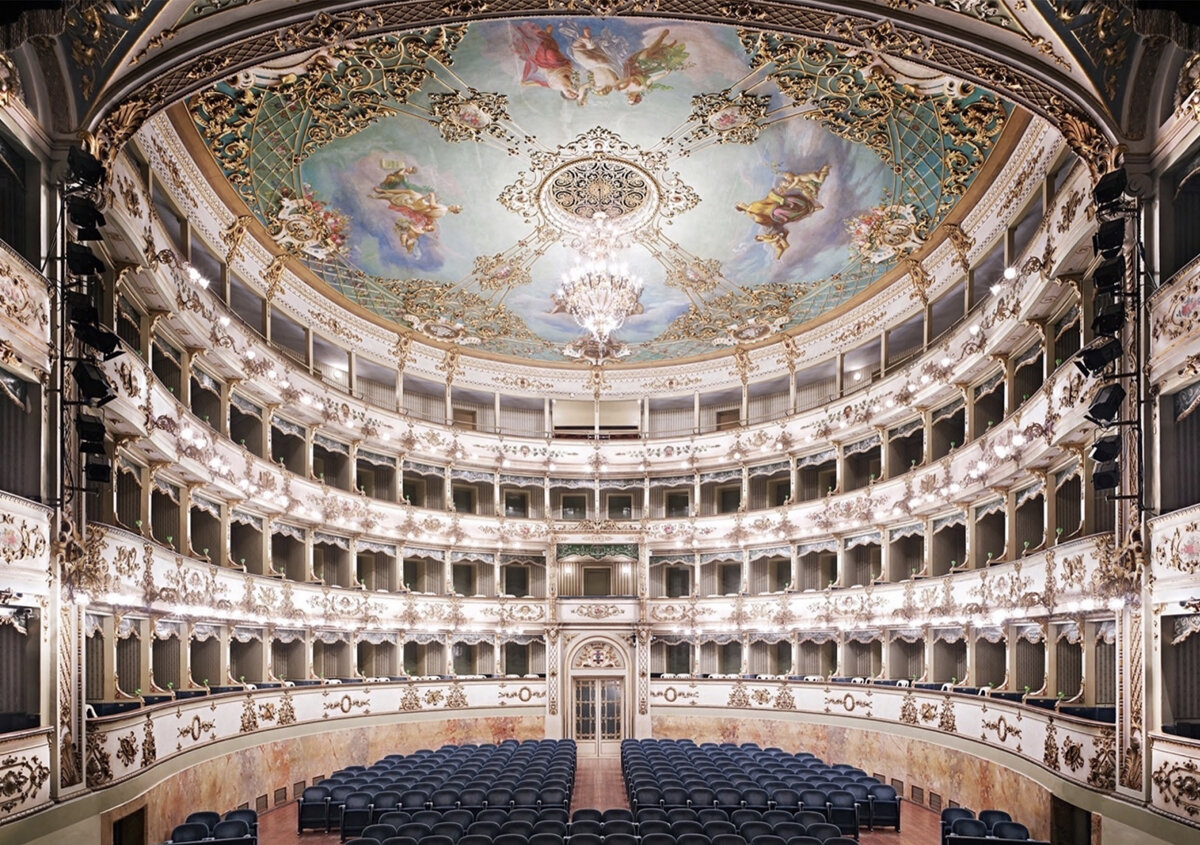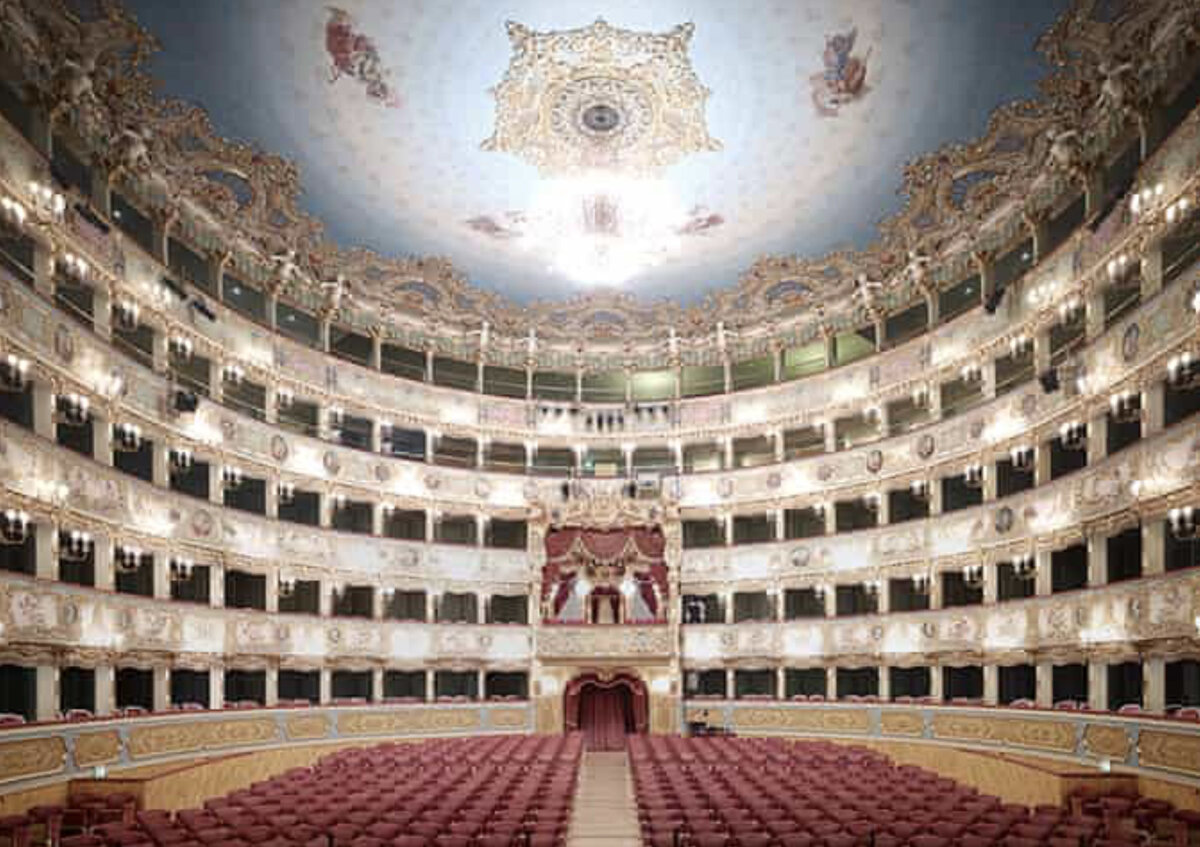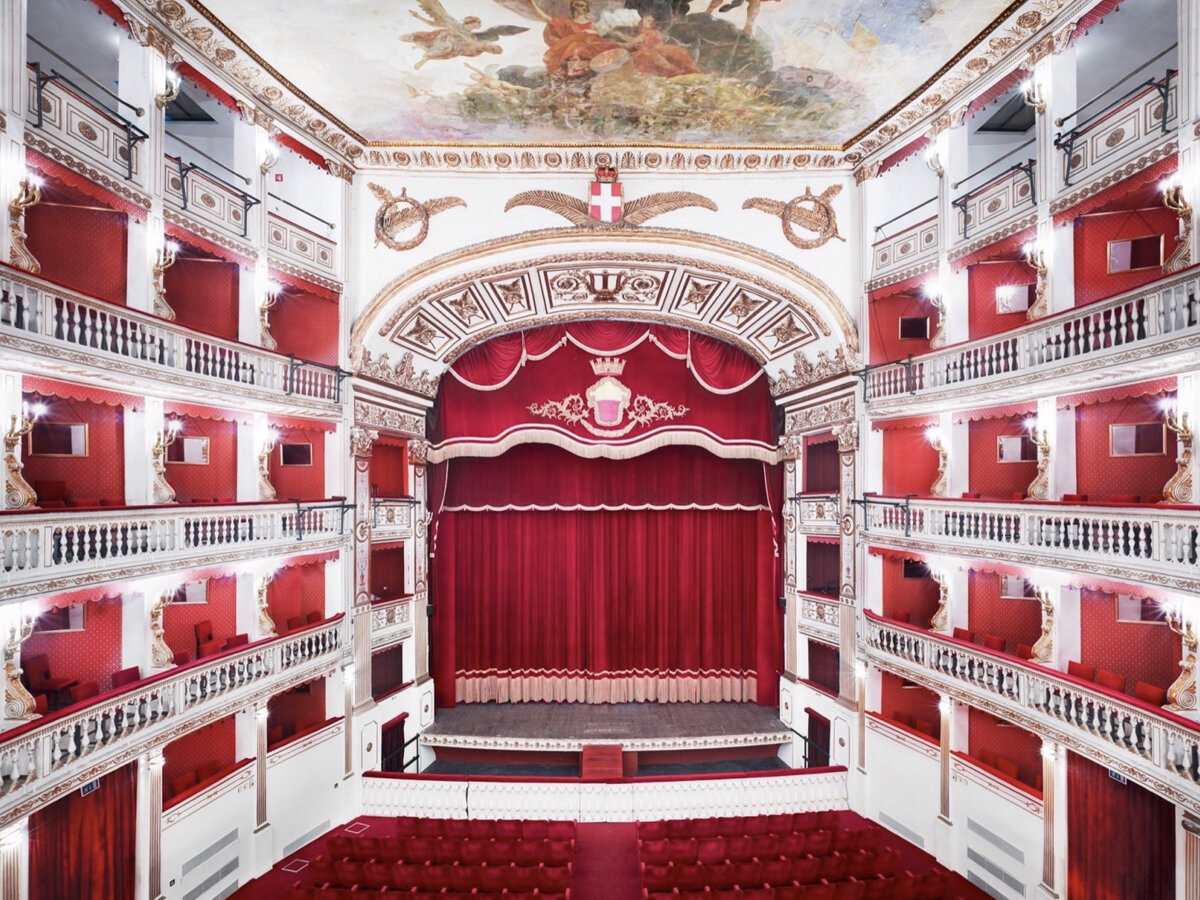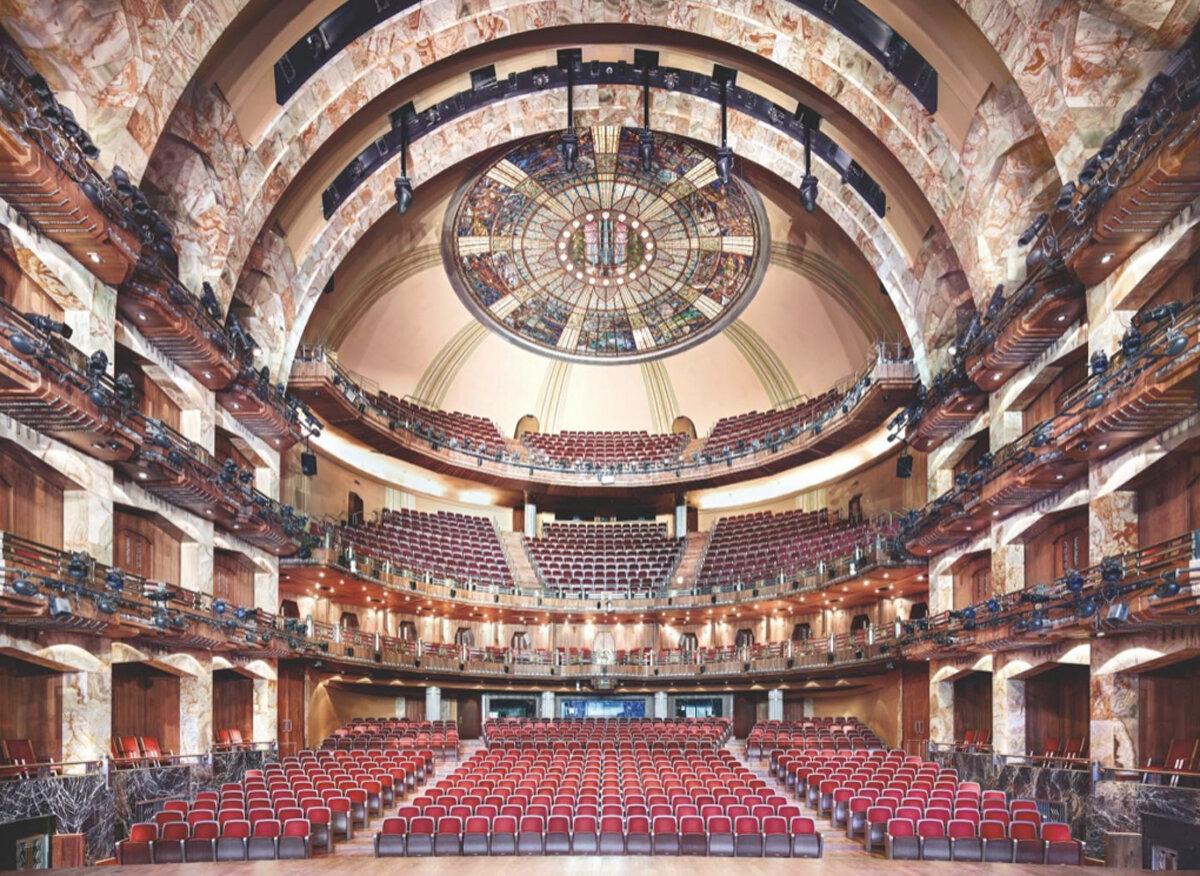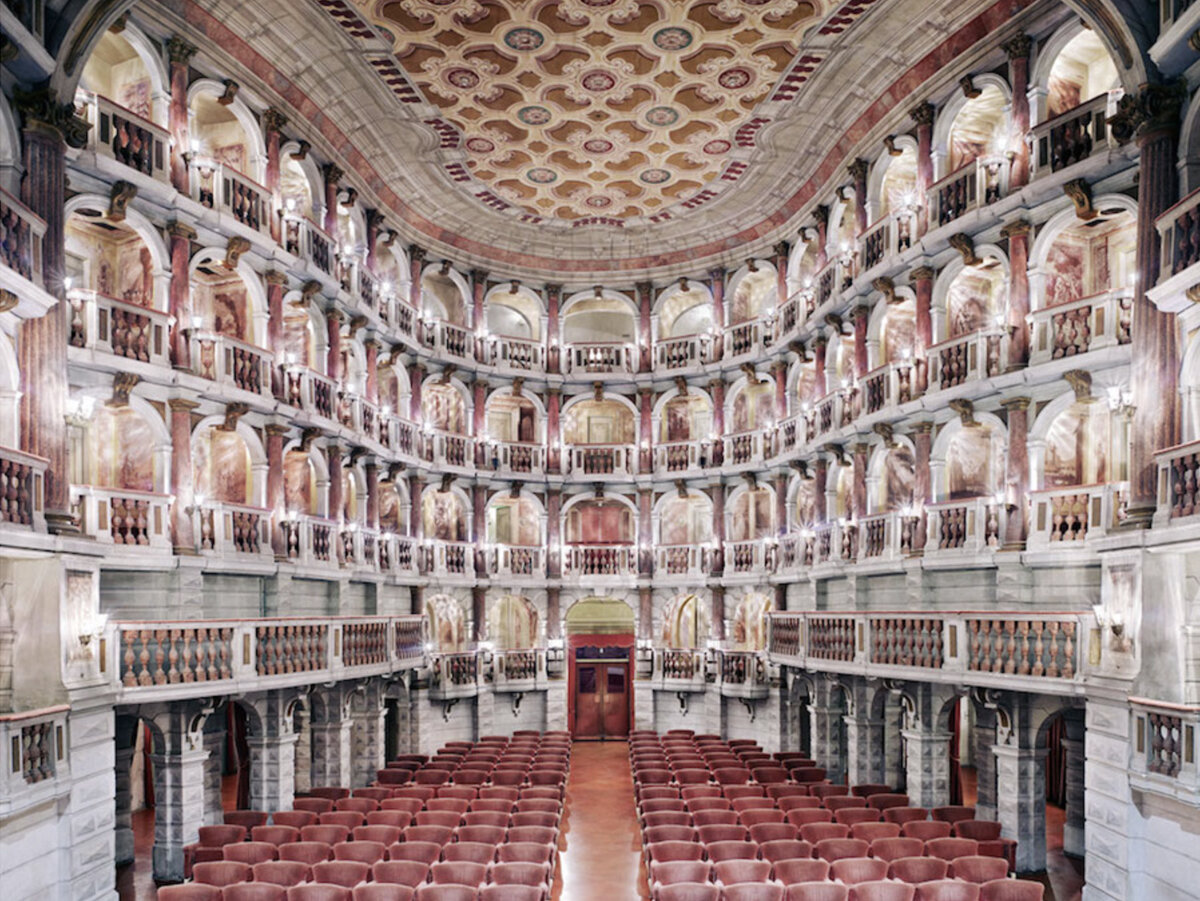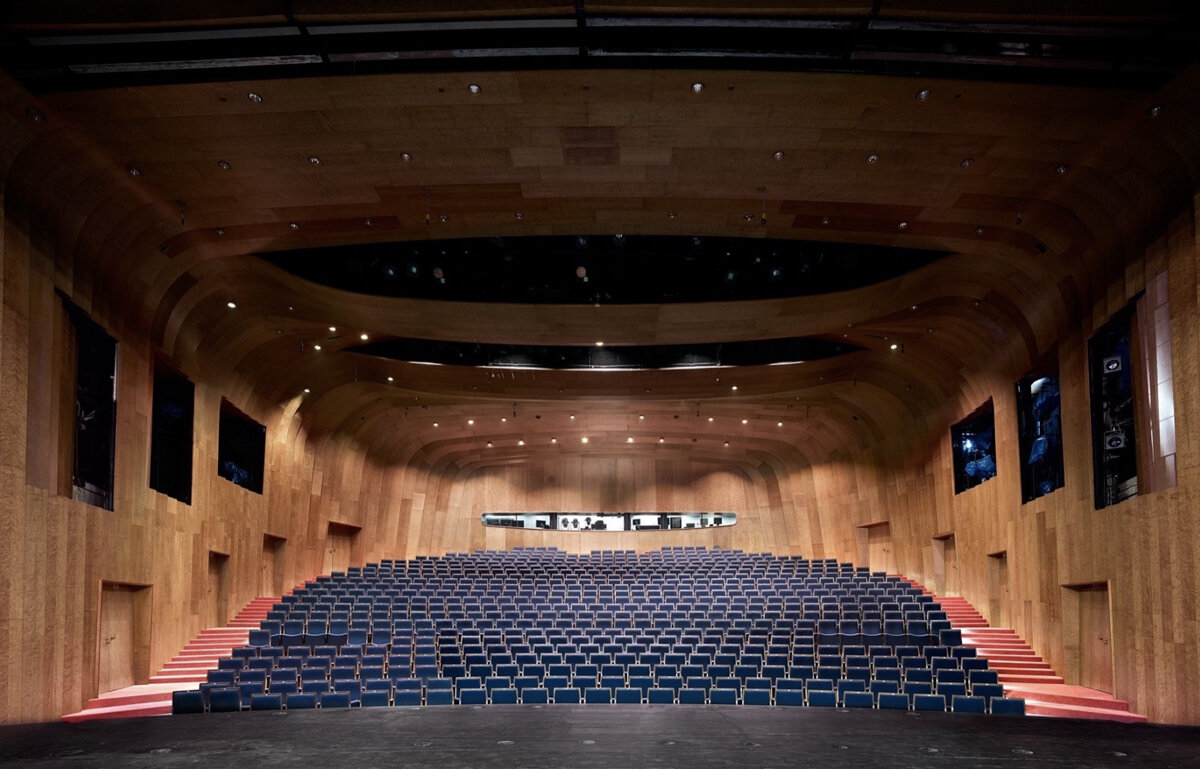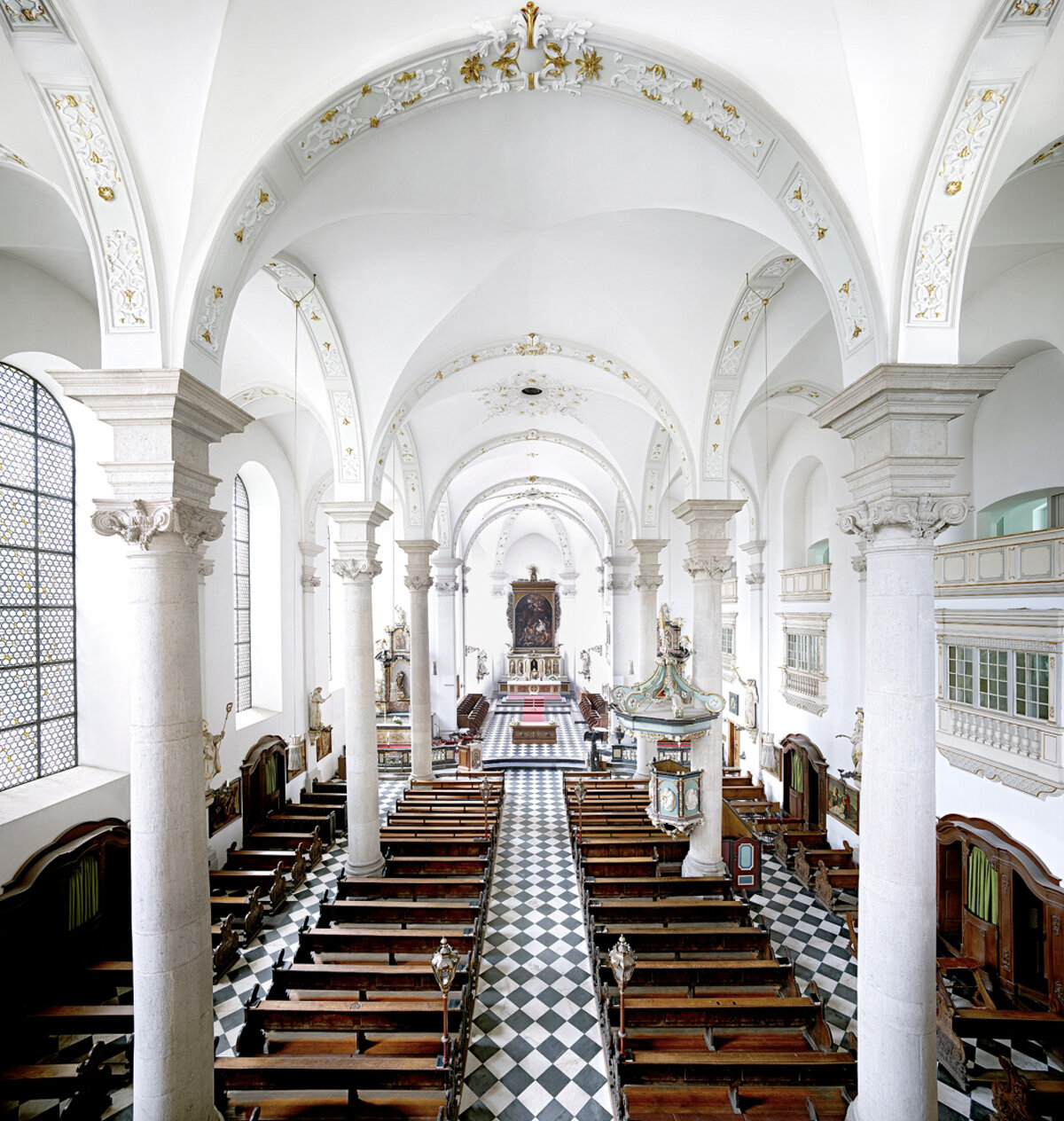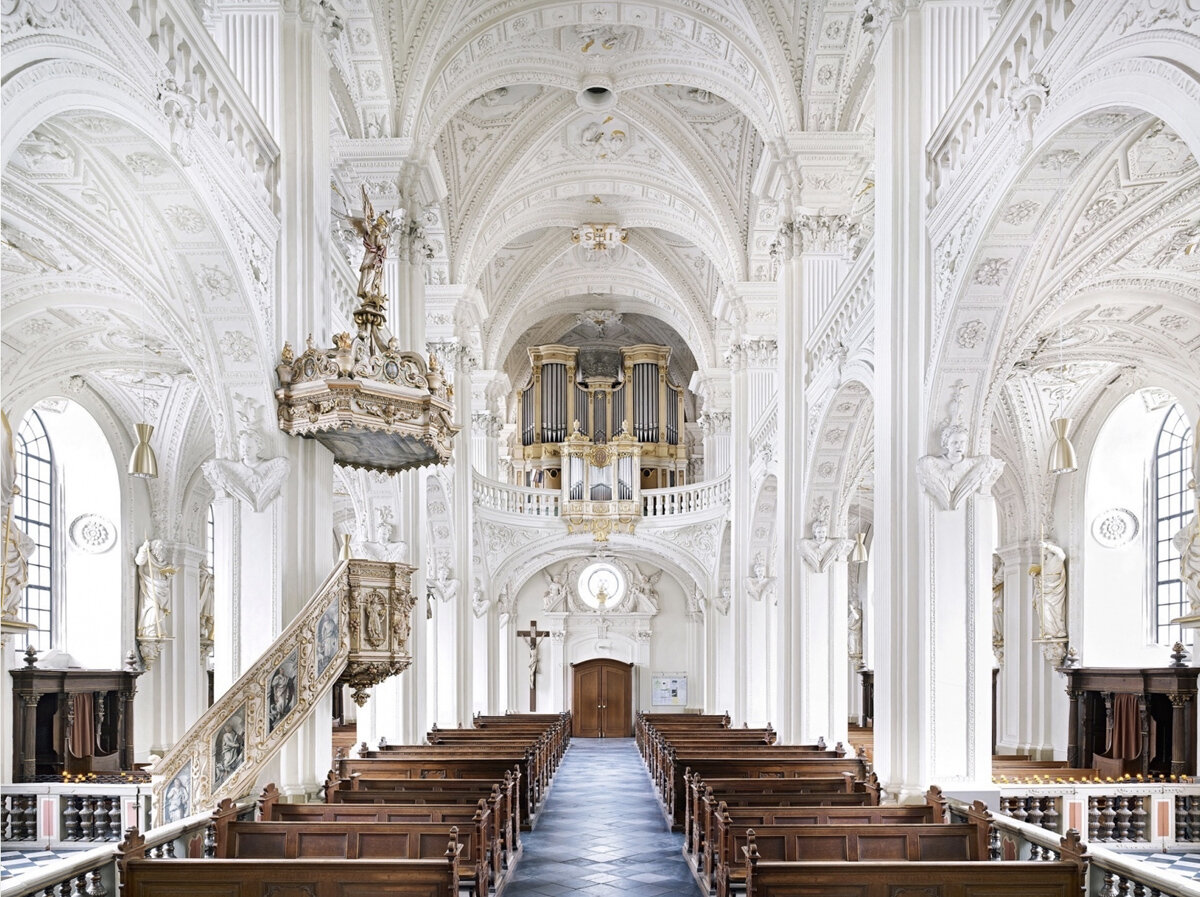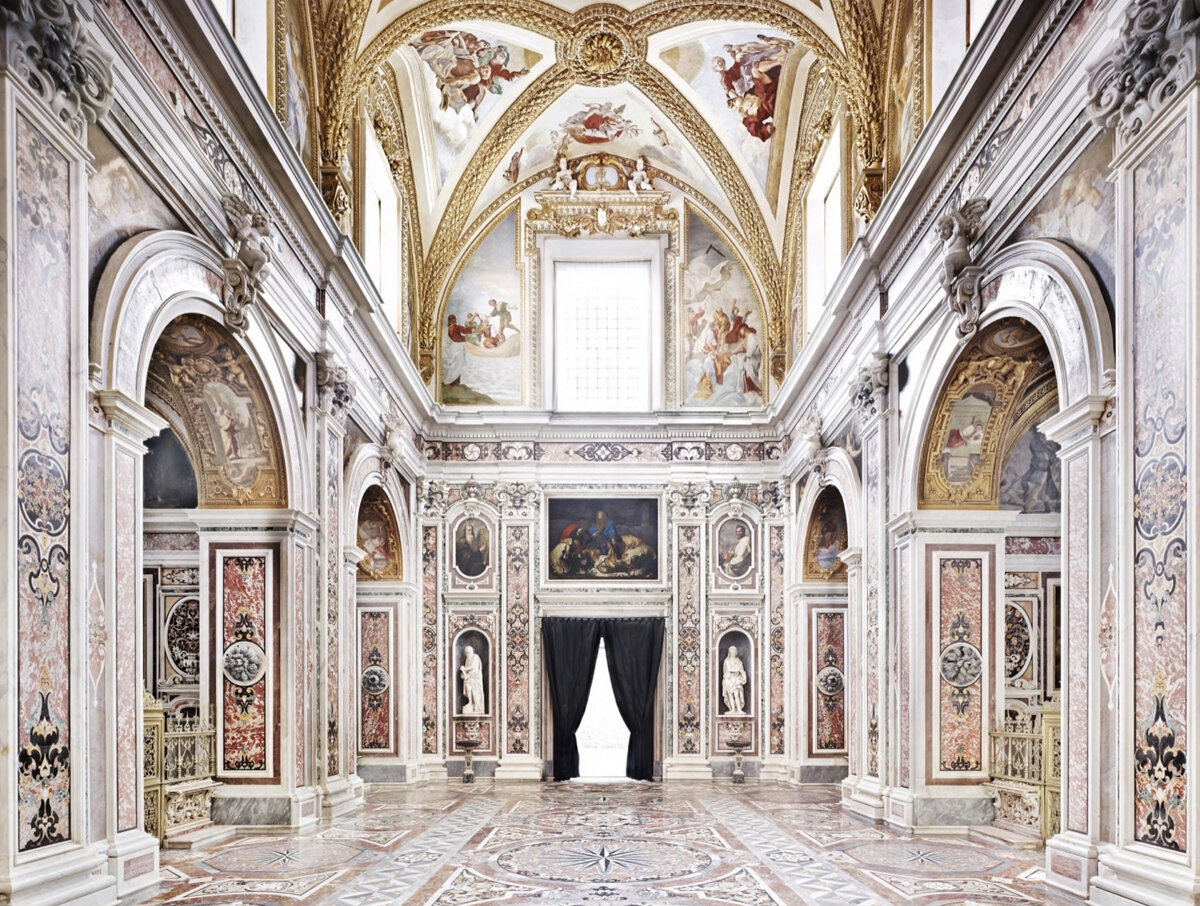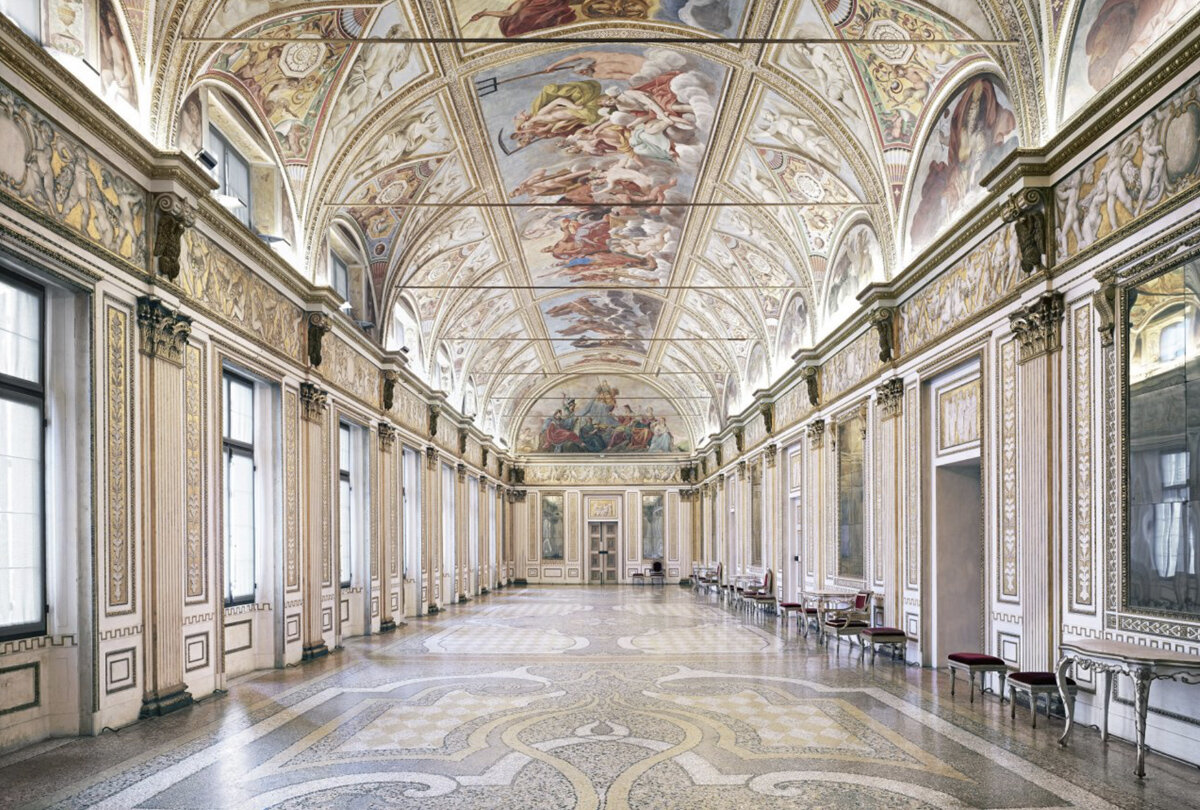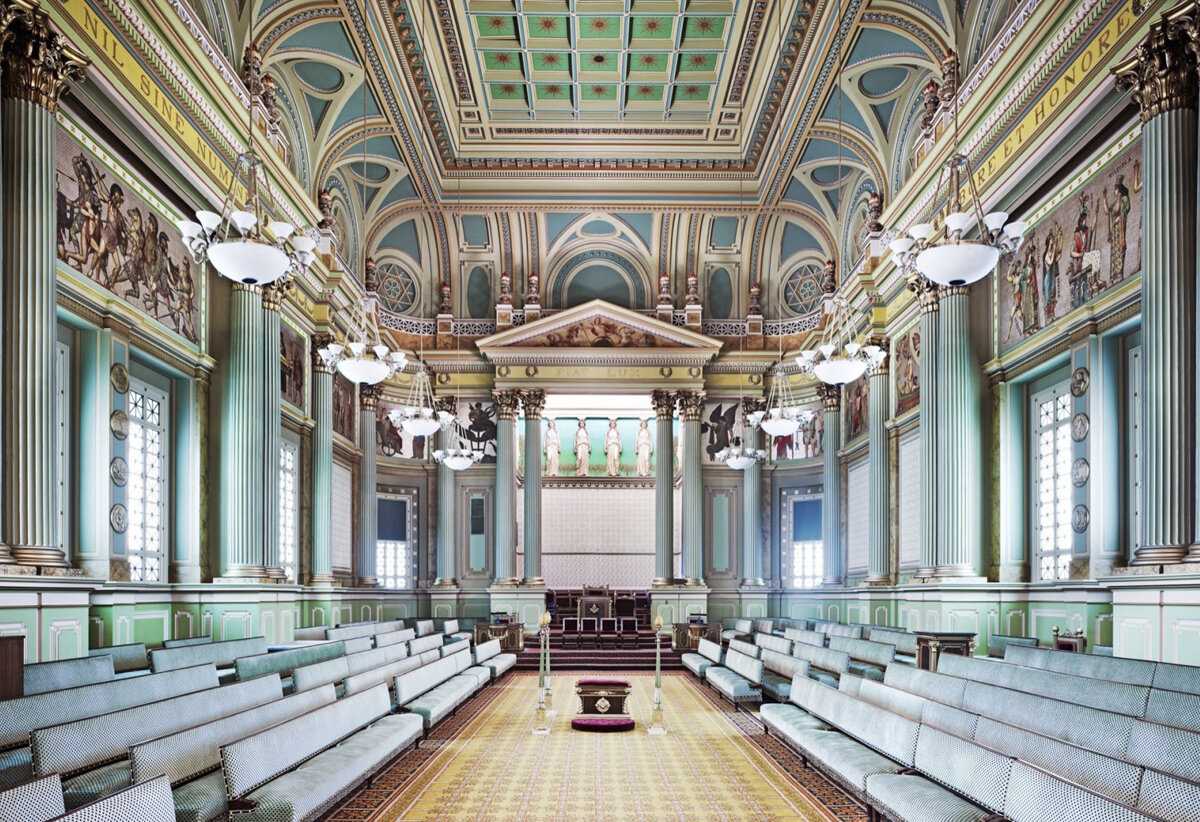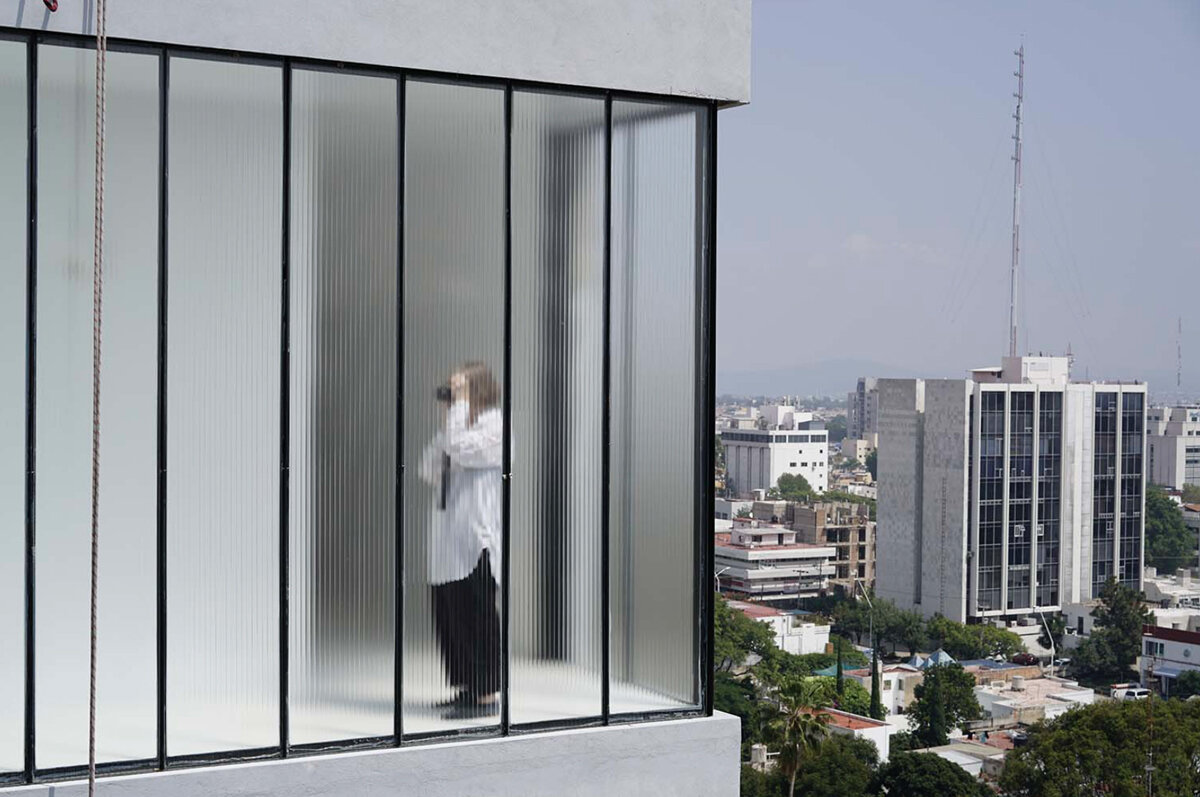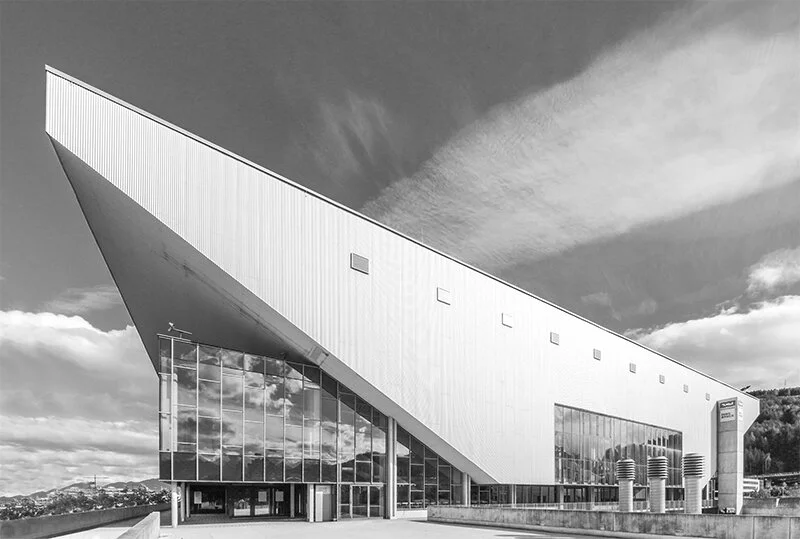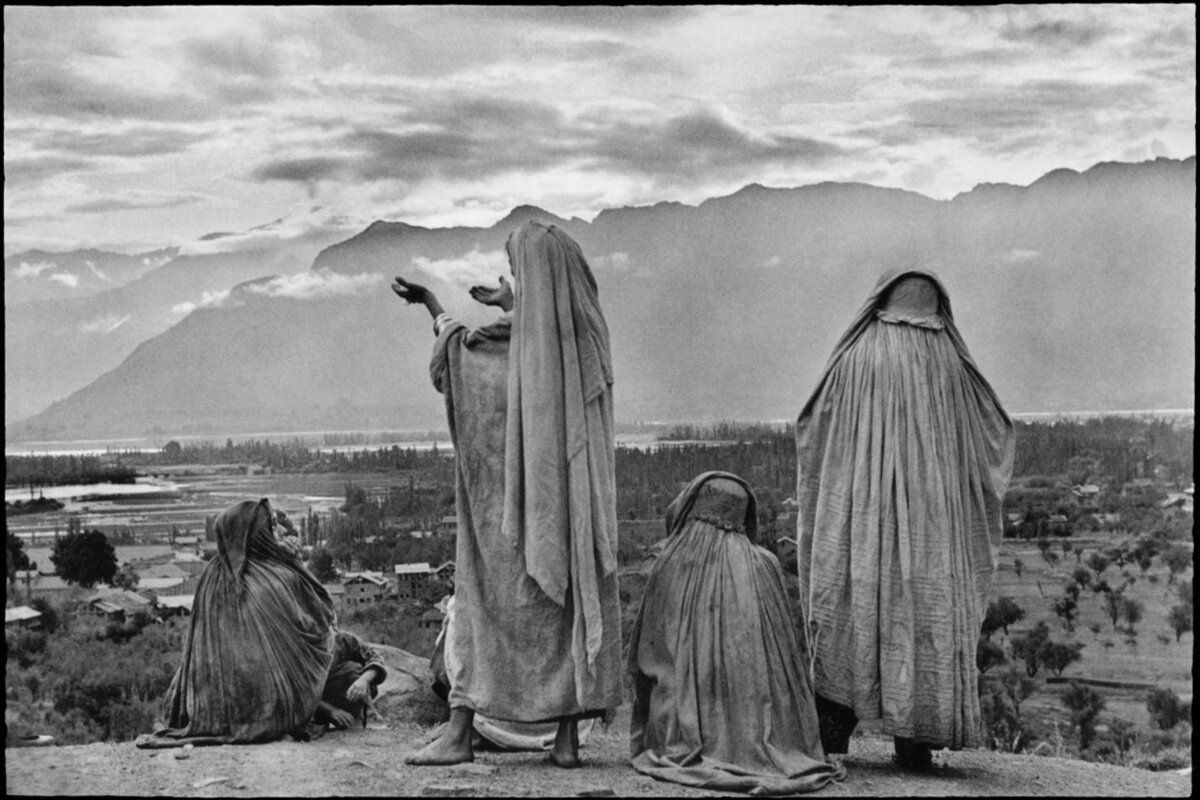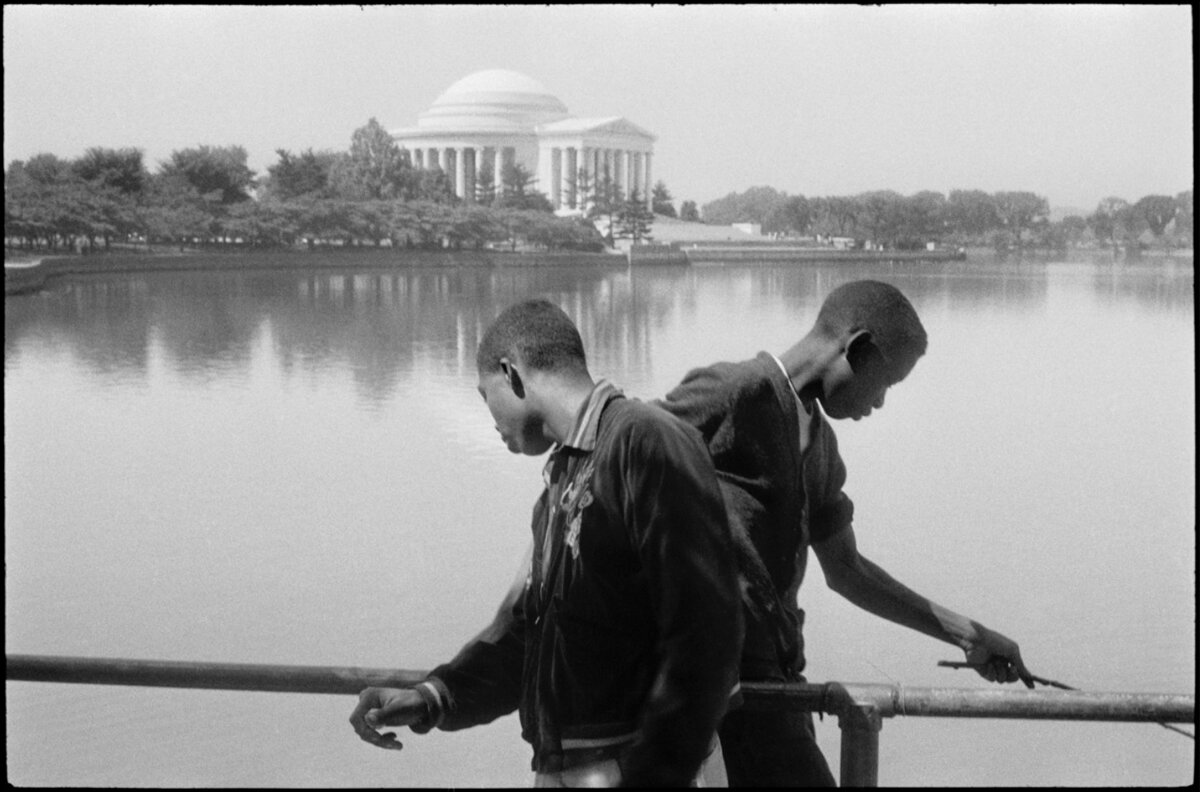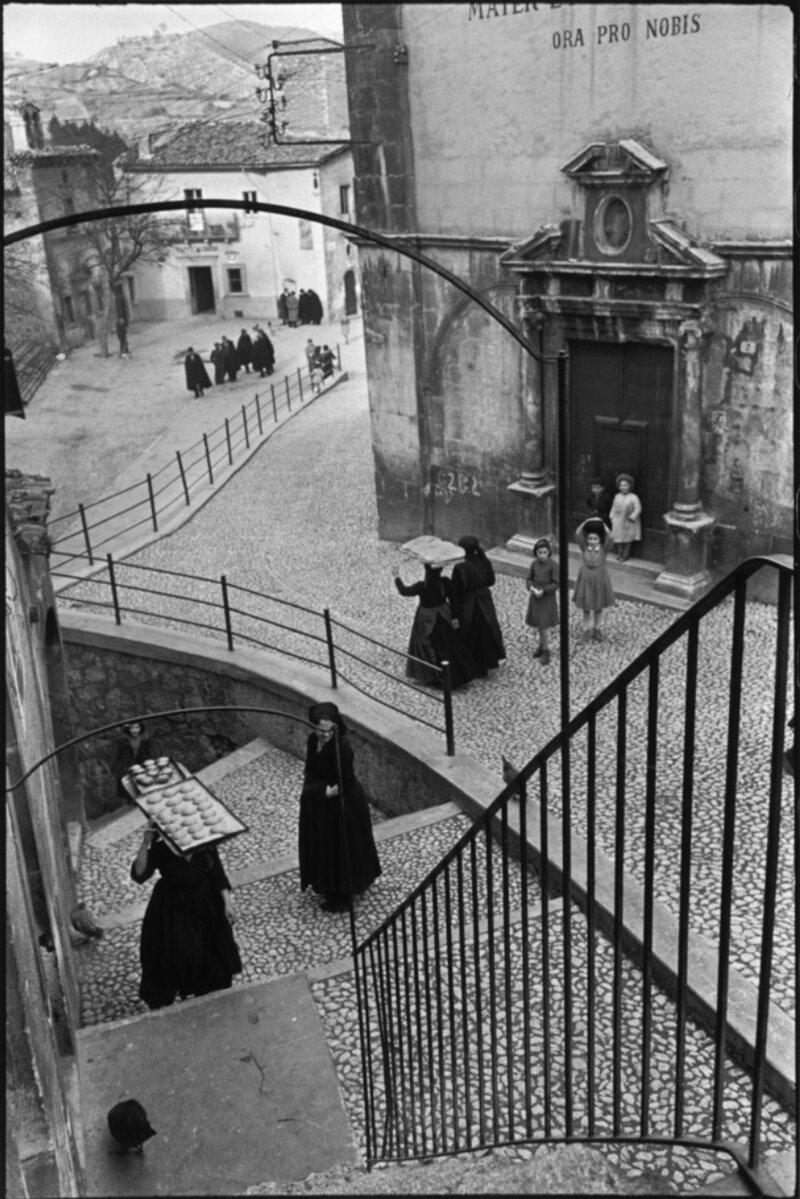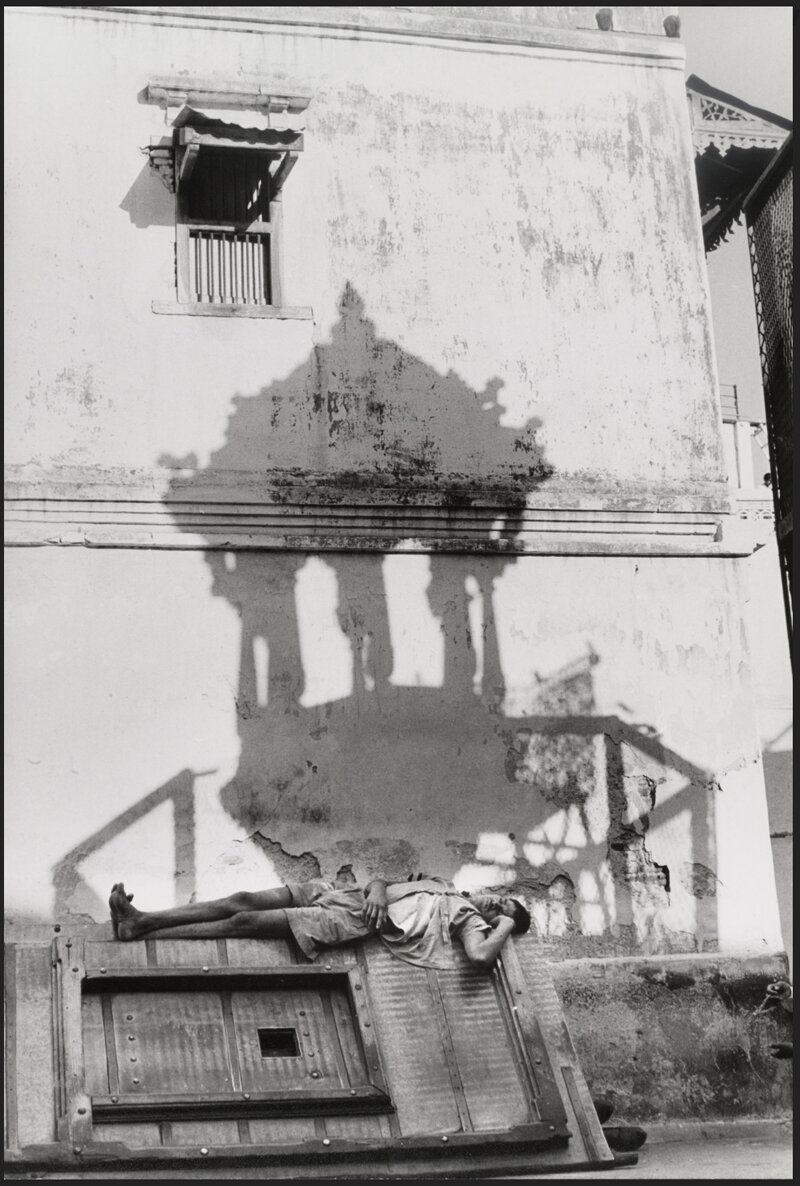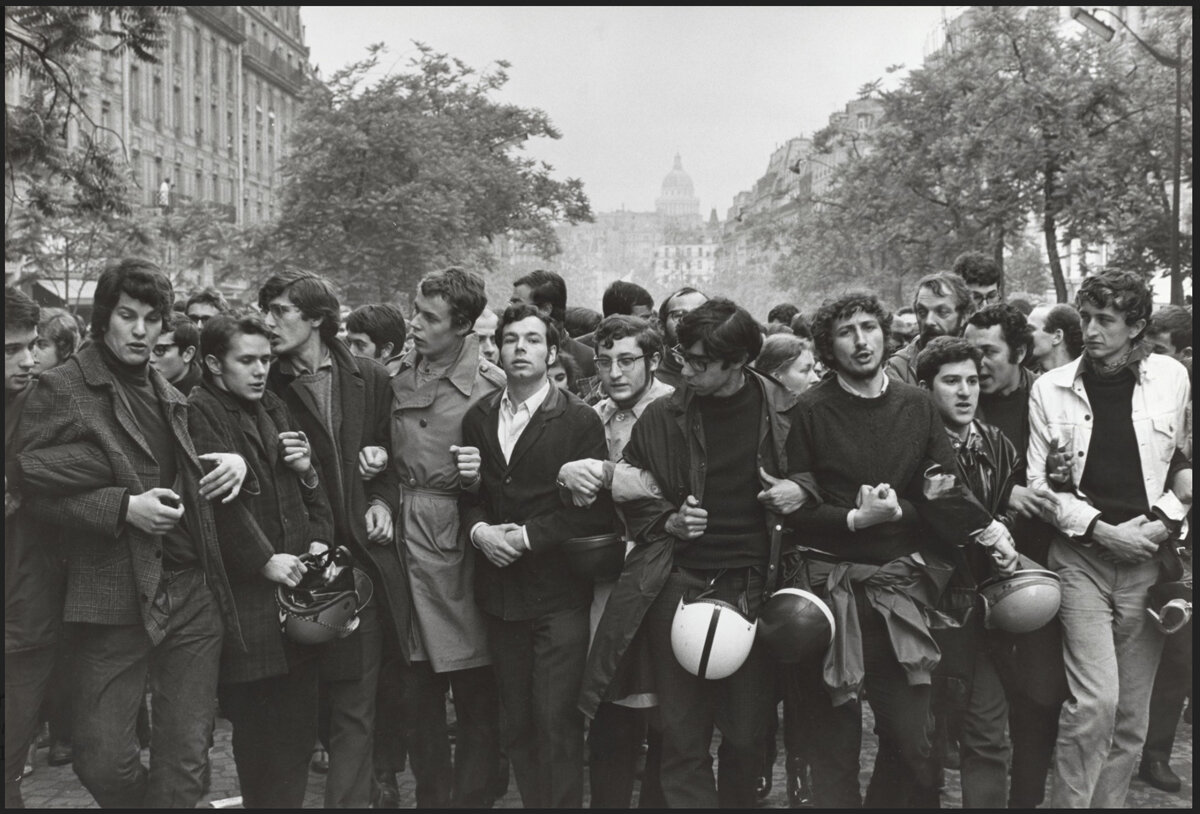Andrea Martino
Andrea Martino is a young Italian photographer with a background in architecture. Born in Naples in 1996, his hometown shaped his worldview, teaching him to observe space and understand the intricate relationships that are created with it. Each shot represents an attempt to absorb the atmosphere of the place, allowing the context to suggest its stories. Photography thus becomes a form of visual narration that seeks to capture the essence of places and human connections in a delicate balance between art and documentation.
Caveat
Andrea Martino is a young Italian photographer with a background in architecture. Born in Naples in 1996, his hometown shaped his worldview, teaching him to observe space and understand the intricate relationships that are created with it. During his university studies in architecture, he developed a parallel interest in photography, using it as a tool for research and documentation. The photographic language became his main means to explore and narrate what he sees through the lens, investigating the physical environment that surrounds, scrutinizing not only the architectural elements, but also the human relationships that interact with space. Each shot represents an attempt to absorb the atmosphere of the place, allowing the context to suggest its stories. Photography thus becomes a form of visual narration that seeks to capture the essence of places and human connections in a delicate balance between art and documentation.
In his photography project Caveat, the eye of the photographer and the sensibility of the architect are visible. We are pleased that Andrea accepted to be interviewed by Tati Space in order to learn more about the context of the project, his photography process and approaches.
Andrea Martino, Caveat 1
Summary of the Project:
Caveat: a Latin word that sounds like a warning, “beware”. It is the title of a photographic series that explores the caves of Vallone di San Rocco in Naples, a hidden and endangered treasure, a challenge for the eye and the memory. The caves are ancient cavities dug in the yellow tuff, the volcanic material that formed after an eruption of the Campi Flegrei about 12,000 years ago. From these caves Naples grew, which used the tuff for its constructions, but which also gave the caves other uses: shelter, workplace, storage, landfill. Today these caves are covered by an urban jungle that hosts an extraordinary biodiversity, but that leaves an open wound in the rock and in history. The photographic series tries to return a historical and formal “portrait” of these caves, showing their architectural, landscape, environmental, social value. The Caves of Vallone present themselves as urban rooms, where space is a void, where air is closed by matter that traces its boundary. A system that has its own logic, its own geometry, its own aesthetics, but that has remained invisible and inaccessible for a long time, and that now proposes itself to discovery and enhancement. This investigation aims to demonstrate that these quarries are an integral part of Naples’ history and culture, but they are also at risk of degradation and oblivion. The quarries are a dormant giant waiting to be awakened with care and respect, not only as geological heritage but also as a custodian of Neapolitan cultural memory.
Andrea Martino, Caveat 2
Tati Space: How came your interest in photographing the Caves of Vallone di San Rocco in Naples? What was the moment of inspiration?
Andrea: In reality, the project came about somewhat by chance. I learned about this place through some friends, and after an initial walk, it was love at first sight. The awareness of the project I was undertaking didn’t come immediately; rather, it emerged towards the end, following a wealth of stimuli that guided my final work.
The photography process was accompanied by an extended period of information gathering and, most importantly, extensive reconnaissance. Navigating within the valley was not easy, especially considering its current state (with paths that are difficult to traverse and hidden by dense vegetation). Initially, when I visited the first quarries, I didn’t have this project in mind. Everything changed when a friend and university colleague, who was working on a design thesis related to the valley, provided additional details and insights for me to continue my research.
Andrea Martino, Caveat 3
Tati Space: Are the Caves you describe a natural monument, or a historical monument, protected by any law, Italian or international? What is their use for the moment? Are they in public or private ownership. Can you give more information to create an idea bout the context?
Andrea: The photography project focuses solely on abandoned quarries. By examining the Urban Implementarion Plan, it’s possible to determine that the quarries are subject to the constraints of Law 1497 of June 29, 1939, which pertains to the protection of natural beauty. Regarding ownership, some quarries are definitely privately owned and fenced (for example, the quarries where buses are located, such as Cava Aloschi, which is also used as a bus depot). Others, however, are difficult to attribute ownership to, as the area underwent chaotic development in the 1960s, making it challenging to identify the owners.
Vallone San Rocco received an interesting recovery project in 2012, following the initial park redevelopment project that began in 2003 and concluded in 2011. Some of the quarries in the San Rocco valley are privately owned and are currently being used as workshops by local artisans.
Andrea Martino, Caveat 4
Tati Space: What was your approach in photographing the Caves, for example the camera that you used, or any other curiosity from the process of photographing them?
Andrea: Regarding my approach to photography, I adopted pure contemplation—a method that characterizes my way of working. Despite using digital technology, I deliberately slowed down, favoring observation. I take only a few photos because I already know what I’m looking for when I shoot. I like to describe my process using the words of Gabriele Basilico: “I arrive at a place and move around like a dowser searching for the right viewpoint. I walk back and forth; the important thing is to find the right balance between myself, the eye, and the space.”
Andrea Martino, Caveat 5
From a technical perspective, I chose to use the square format and black and white to create timeless images. These cavities are portrayed in their entirety, anthropomorphized as an almost maternal figure that, throughout history, provided material and shelter for the growth and survival of the city and its citizens in Naples.
Post-production was equally important, allowing me to organize the narrative and rediscover and appreciate the locations, uncovering elements that had eluded me during the photographic campaign. In my personal projects, I intentionally slow down in all image processing stages, from pre-production to post-production, almost as if I were working in analog. This approach allows me to appreciate what I am representing and avoid a gluttonous collection of images that I would struggle to synthesize and relate to my thoughts.
Tati Space: Thank you Andrea for sharing your work with us.
Andrea Martino, Caveat 6
Andrea Martino, Caveat 7
Andrea Martino, Caveat 8
Andrea Martino, Caveat 9
Andrea Martino, Caveat 10
The Readers can see more of Andrea’s work at his website
Interview by Alketa Misja, for Tatì Space
Women in Photography
In the context of the Photography Exhibition launched at Tatì Space with the theme "The City of Women", we are bringing to attention some inspiring figures of female photographers, who have made a valuable contribution in the field of photography, with their professionalism and humanism, photographing the contemporary urban life. Julia Margaret Cameron, Frances Benjamin Johnston, Berenice Abbott, Dorothea Lange, Margaret Bourke-White, Vivian Maier, Diane Arbus, Cindy Sherman dhe Annie Leibovitz.
In the context of the Photography Exhibition launched at Tatì Space with the theme "The City of Women", we are bringing to attention some inspiring figures of female photographers, who have made a valuable contribution in the field of photography, with their professionalism and humanism, photographing the contemporary urban life. Starting with Julia Margaret Cameron, as one of the pioneers of photography, Frances Benjamin Johnston as the first woman photoreporter, Berenice Abbott who photographed the emerging modernity, Dorothea Lange and Margaret Bourke-White as the first photoreporter of major historical events , continuing into the modern city with Vivian Maier, Diane Arbus, and to the present time with Cindy Sherman and Annie Leibovitz. The list is longer, but we have chosen these figures as representative of different eras of photography.
Julia Margaret Cameron (1815-1879)
She is a 19-th century British photographer who started photography late in her life, at the age of 48, when her daughter gave her a camera for her birthday. She is known for portraits of well-known personalities of her time, and for photographing heroic, mythological and from literature subjects, where she uses as characters the relatives who came at her studio. She is known for photographing children and women, as well as for defocusing and close-ups of portraits, which had an impact on modern photography.
Frances Benjamin Johnston (1864-1952)
She is one of the first female photojreporters in America. She has been an advocate for the role of women in photography, writing "What a Woman Can Do with a Camera" in 1897, and co-curator of a photographic exhibit at the 1900 World's Fair. Frances is known for portraiture, photography of traditional architecture, and for the series at the Hampton Institute. In 1899 she was asked to photograph the daily lives of students at the Hampton Institute, which after the Civil War offered vocational courses to African American and Native American youth. Since she used platinum plate negatives, which required a few seconds of exposure, it was impossible to spontaneously photograph the young students. In this way, she directed the subjects into carefully composed scenes that speak of Benjamin's unique style, recognizable to this day.
Berenice Abbott (ShBA 1898-1991)
Berenice Abbott is an American photographer known for documenting the architecture and metropolitan life of New York with all its contrasts in the ’30s of the Great Depression. Berenice Abbott is known for her documentary style, outside of any subjectivism and pictorialism. She photographed with an 8x10 inch camera the new architecture of New York that was emerging, but also the places that were disappearing from development. Her main influence was the French photographer Eugene Atget, who scrupulously photographed old Paris, which was disappearing from the modernity of the early 20th century. Abbott called Atget ‘the Balzac of the camera’ and an ‘urban historian’. She is credited with rescuing Atget's archive when, after his death, she bought all the negatives and took them to America, where she worked to publish his work. In the last years of her career Berenice Abbott was involved in the technical and scientific aspects of photography.
One of her expressions is "The world doesn't like independent women, I don't know why, but I don’t care"
Dorothea Lange (1895-1965)
She is an American photographer who realistically documented the difficult life of Americans during the Great Depression of the 1930s. With her humanitarian photography, she influenced the allocation of federal funds for the poor, but also the development of the genre of documentary photography. One of her iconic photographs is "Migrant Mother" where she photographed a poor family in the conditions of existence. Lange had the ability to photograph the beauty and the dignity of people. One of her expressions is "The Camera is a Tool to Learn How to Look..." She used the camera as a democratic instrument. Although Lange had a physical difficulty in movement, due to a childhood illness, she is known as a fighting woman, at a time when this quality was not accepted for women. She traveled extensively, photographing the underrepresented lower classes of the population; farmers, workers, Jewesh, blacks, the poor, immigrants of various nationalities, thus offering a democratic vision of America at a time when the country needed it most.
Margaret Bourke-White (1904-1971)
She is the first American war photographer and one of the most important photoreporters in America in the 1930s and 1940s. Her first photographs are those of industrial buildings, machineries, people, but then she focused her attention on social issues, in areas of extreme poverty during the Depression, where she photographed for Fortune and later for Life Magazine. Bourke-White was the first foreign photographer allowed to photograph in the Soviet Union during the 1930s, making her one of the most famous photographers in America. She was allowed by the Military Corps to photograph the Second World War, during which she photographed the most important events such as the bombing of Moscow by German troops in 1941, war crimes, concentration camps after the Nazi capitulation. After the second world war, she documented the most important historical events, such as Gandhi's efforts for the independence of India, the Korean War, the riots in South Africa, etc.
Vivian Maier (1926-2009)
Vivian Maier has one of the most interesting stories in the history of photography. She photographed urban street life of America in the 50s, 60s, with strong intensity, curiosity and a sense of humor, but she never published her photos. She was a rather reserved person, although educated and cultured, she took pictures as a hobby while performing her duties as a nanny. As the children she raised later put it, they never understood what Maier was photographing. When they asked her, she answered with a smile that she was a spy. While Maier walked the children to every corner of the city, she took interesting photos, which today constitute a visual legacy of that time. Her photography became famous after her death, thanks to the art collector, John Maloof, who in 2009 bought the 150,000 negatives she shot during her lifetime and made them known to the public through the publication of books, exhibitions and documentaries .
Diane Arbus (1923-1971)
She is an American photographer known for her controversial style, criticized and appreciated at the same time. She photographed New Yorkers in the 1950s and 1960s, people in the park, children, women, disable people, those living on the fringes of society, circus performers, transgender people, those who, as one art critic says, ' they attract our attention when we see them on the street, but we instinctively look away because we are ashamed of what we see'. But Arbus, on the contrary, observes, studies and photographs them psychologically, as no other photographer had done before. While the street photographers of her generation like; Evans, Winogrand, Lewitt, etc., followed a guerilla style, photographing people without distinguishing, Diane instead seeks the approval of the people she photographs. Often times she returns to a subject twice, takes notes, chats, makes friendship, visit their home, and waits for the right moment to take the picture. For this reason her subjects look straight into the camera, being aware of the presence of the artist, and including the viewer as well. With her style, she left her mark on modern photography followed by many photographers. While Arbus' photography is related to identity, voyeurism, different people, in a homophobic society of the '50s-'60s,she was not always liked by the public and critics of the time. In a quote (Norman Mailer) says 'giving a camera to Diane Arbus is like giving a child a hand grenade'. During the 'New Documents' exhibition at the Museum of Modern Art in 1967, where Arbus was featured alongside Garry Winogrand and Lee Friedlander, her photograph was spat on by several visitors, so much so that it had to be cleaned up every day. While Susan Sontag, one of the most popular critics of the time, says that Diane Arbus lacks compassion for her subjects. Many have speculated about Diane's motives for taking photographs in this way. But her letters, which became known after her death in 1971, show the opposite. She found emotions, and saw herself reflected in people that look differently. Diane Arbus came from the rich and bourgeois class of New York society. She had attended the best schools in the country with high results. However, she ignored her class origins. She seems to search for this sense of belonging and isolation from the subjects he photographs. She learned photography through Fashion Photography, in the studio she opened with her husband. In 1956, at the age of 33, she broke away from it, following the vocation of documentary photography, which she developed with her own personal style. One of her expressions is: 'For me, the subject of the photograph is always more important than the picture itself; 'Abnormal people are born with their trauma. They have passed the test of life. They are aristocrats'; "My favorite activity is going to places I've never been."
Cindy Sherman (1954)
She is an American artist who uses photography to create several series of self-portraits related to the stereotypes of women in Western culture, created by cinematography, television, advertising. The first series with which she became famous is "Film Stills" or "Film Scene" in the 70s-80s, where she appears dressed as movie characters, in similar scenes from the European cinematography of the 50s- '60 and the American noir genre. In these photographs, she appears sometimes as a housewife, sometimes as a secretary, sometimes as a provocative woman, other times as a career and independent woman. In the black and white photographs of the series, she builds a catalog of characters, or an encyclopedia of stereotypes of women in the cinematography and advertising of the time. Although Sherman's "film scenes" resemble movie publicity stills (from which the cycle takes its name), none of them refer to a specific film. Sherman's mastery is that she plays with stereotypes of women, and with our expectations which is influenced by these stereotypes. In later years, Cindy Sherman will develop other photographic series related to the stereotypes of beauty in Western culture, and those coming from art history, developing even more the lighting, costume design and make-up.
Annie Leibovitz (1949)
Annie Leibovitz is a famous photographer of our time, photographing celebrities for “Rrolling Stone” and “Vanity Fair”, but few of us know that she started her carier with documentary photography in black and white. She keeps this perspective in photographing the construction of “New York Times” building, designed by Renzo Piano, when in 2005 and 2006 she was commissioned by the developer Forest City Ratner Companies to document the construction of the tower, which concluded in the series “Building the Times”. Known for her beautiful portraits, Annie Leibovitz takes into accoun the human factor, when she photographes the workers that asseble by hand this megastructure. For this series she says “The most fascinating aspect of this project has been learning that buildings are still put together essentially by hand. Watching the construction workers glide across steel beams and hoisting heavy girders into place has been amazing”
Candida Höfer
Candida Höfer is a german photographer, considered as one of the main figures in contemporary architecture photography. Her subjects are the main public institutions in the absence of human presence; museums without visitors, libraries without readers, concert halls and empty churches.
Candida Höfer, selfportrait
Candida Höfer
(Germany 1944-)
Candida Höfer is a german photographer, considered as one of the main figures in contemporary architecture photography. Her subjects are the main public institutions in the absence of human presence; museums without visitors, libraries without readers, concert halls and empty churches. Her color photographs in large format suggest the psychology of social architecture. She prefers frontal symmetry, captured from a high vintage point, and scrupulous details. About her photography she says: “I want to photograph how people behave in public buildings, and how these spaces influence people - to me this is evident when there are no visitors, just as a guest becomes the subject of a conversation when he’s not present ”. Although Höfer photographs the architecture of public buildings, she says that she wants to capture the portraits of the places.
Candida Höfer is a german photographer who belongs to the Dusseldorf School. Together with Struth, Gursky, Ruff, she studied under the direction of Bechers couple, where she distinguished for her color photography in large format. Her works have been displayed in many museums. In 2003 she represented Germany at Venice Biennale.
Selected Books by Candida Höfer
"Big cities in my eyes" - photography Meti Spahiu (English)
At TATÌ SPACE we are opening a new series of blogposts on Albanian emerging photographers in the field of Architectural Photography. Meti Spahiu is a recent graduate architect at the Technical Faculty of Vienna (TU WIEN), who pursues the passion of Architectural Photography. The subject of his photograph are the residential and commercial buildings in Vienna and other European cities.
At TATÌ SPACE we are opening a new series of blogposts on Albanian emerging photographers in the field of Architectural Photography. Meti Spahiu is a recent graduate architect at the Technical Faculty of Vienna (TU WIEN), who pursues the passion of Architectural Photography. The subject of his photographs are the residential and commercial buildings in Vienna and other European cities. Born in Kamenica, Kosovo, where he lived until the age of 25, Meti moved to study and live in Vienna, Austria. He sees his journey in architecture closely linked to photography. His black and white photographs express the verticality and horizontality in architecture, reinforcing the aesthetic of the building. As he says, “The idea of my photographs is to bring beautiful images, to draw the public's attention to the aesthetics of the objects photographed. I would like people who pass every day carelessly near a building to discover the beauty of its architecture when they see the photograph. "For me, photography is a field that will never disappoint and that will go hand in hand with the profession of architect."
City gate Aderklaaerstrasse - Vienna, © Meti Spahiu
Fernheizwerk Arsenal - Vienna, © Meti Spahiu
Harry SeidlerTurm - Vienna, © Meti Spahiu
JanisJoplin Promenade - Vienna, © Meti Spahiu
Leonard-Bernstein-Strasse - Vienna, © Meti Spahiu
Maintrain Station -Vienna, © Meti Spahiu
Olympiahalle 6020 Innsbruck, © Meti Spahiu
Strasse der Wiener Wirtschaft - Vienna, © Meti Spahiu
The stairs school “Eusebio da Guarda”, © Meti Spahiu
Via Dell’annunciata Milano, © Meti Spahiu
Henri Cartier-Bresson
Henri Cartier-Bresson is a French photographer, one of the most influential figures of the 20th century. He is considered the pioneer of candid street photography, the father of modern photojournalism, who created a new practice and aesthetic in photography, making photojournalism accepted as an art form. His name is associated with the Leica 35mm film camera and the concept of "decisive moment".
Henri Cartier-Bresson
(France 1908-2003)
Portrait Henri Cartier-Bresson with his camera Leica M3, © Jane Bown, Paris 1957
Henri Cartier-Bresson is a French photographer, one of the most influential figures of the 20th century. He is considered the pioneer of candid street photography, the father of modern photojournalism, who created a new practice and aesthetic in photography, making photojournalism accepted as an art form. His name is associated with the Leica 35mm film camera and the concept of "decisive moment". Nowadays where we are surrounded by a sea of images, when we shoot digitally and download thousands of photographs in social media, the legacy of Henry Cartier-Bresson not only isn’t outdated, but radher it teaches us about the ethics and technique of photography. Henri Cartier-Bresson was considered “a responsible artist, responsible to his craft and to his society” (L.K)
He is the avant-garde artist, the young rebel, the wildlife hunter in Africa, the former prisoner in Nazi camps, the photojournalist of the main events after the World War II, the co-founder of Magnum photo agency, a figure who revolutionized the photographic image. And yet he remained a silent figure, preferring to stay anonymous and not to give interviews. He was the person who stood behind the camera waiting for the perfect moment to appair, who carefully craft the shot, and preferred to immerse in the environment he was going to photograph. In the student revolts in Paris in 1968, despite the turbulent events, witnesses say that Bresson shot at a rate of 4 photos per hour. As he says 'I'm not interested in photography, I am interested in people'. For nearly half a century he photographed the major events of 20th century; the Spanish Civil War, the end of World War II, Gandhi a few minutes before his assassination in 1948, the first days of the communist regime in China in 1949, Indonesia emerging from colonialism, etc. He was the first Western photographer to be allowed to photograph in Soviet Union during the Cold War. Bresson's merit is that he created beautiful and poetic images, which portray the importance of place and time. As he says: "My goal was to express the essence of a phenomenon in a single image" which synthesizes his idea of decisive moment
© Henri Cartier-Bresson, Heeres, France 1932
© Henri Cartier-Bresson, Behind the Gare St.Lazare, Paris France, 1932
© Henri Cartier-Bresson, “Inside the sliding doors of the bullfight arena” Valencia Spain, 1933
Beginnings in Photography
Henri Cartier-Bresson started photography in 1931, when he bought the new Leica 35mm film camera, that accompanied him for nearly half a century. He belongs to the first generation of European photographers who explored the creative potential of small handheld camera. For Bresson - "Photography is an instant drawing, and the secret is to forget you are carrying a camera." His initial desire was to become a painter, (after refusing the family's request to continue the tradition of the family textile business). The main influences in his visual formation, which were expressed later in his photography, were the formal geometry of Renaissance painting and the serendipity of Surrealism, together with a strong adventure spirit. Influenced by the school of the cubist painter Lohte, Henry developed an interest in classical painting with strict mathematical proportions. He later said that everything he knew about photography he had learned from Lohte. For Bresson, the search for geometric order in the composition in viewfinder was an immense joy and a main criteria in his photographic process. He never croped the photos but insisted that they be presented as he had shot them, even with the black frame of the negative development. "You shoot properly while it's there", thus reinforcing the idea that the photo should be shot properly in the moment of its composition in the viewfinder. In this way Henri Cartier-Bresson helped the credibility of the photojournalism, untouched by editing.
© Henri Cartier-Bresson, “Two children in the narrow sunlight streets” Seville Spain, 1933
© Henri Cartier-Bresson, A group of people in front of a wall filled with small windows, Madrid Spain, 1933
The second influence in Bresson's photography comes from a less rational movement such as Surrealism, with which he came in contact in his youth during meetings with the leading figures of the movement at "Cafe de la Place Blanche" in Paris. From Surrealism he adopted the philosophy of spontaneous, chance and intuition. " For me the camera is a sketch book, an instrument of intuition and spontaneity, instant master, which in visual terms, asks and decides simultaneously" For Henri Cartier-Bresson, the Leica 35mm film camera with 50 mm lens, was the most appropriate instrument to express his artistic creativity. While Bresson was looking for the spontaneous, his compositions are not the product of serendipity, but he carefully chooses the stage and wait until all the elements appear in the viewfinder, so to fix in the film the decisive moment.
@ Henri Cartier-Bresson, “A group of children play amongst rubble” Seville Spain, 1933
© Henri Cartier-Bresson, “Sunday on the banks of River Seine” France 1938
Although his photographs reflect an event or historical moment, they are independent artistic entities. Seeking beauty in ordinary things, he associated art with photojournalism. His first photographs belong to the period 1932-1935 during his travels to Italy, Spain, Morocco, Mexico, which were presented in several photographic exhibitions. The photographs of this period are considered to be the best of Bresson and the history of modern photography inspired by Surrealism.
© Henri Cartier-Bresson, Coronation of King George VI, London England, 12 May 1937.
Bresson in cinematography
During his stay in New York in 1935, Bresson met Paul Strand who encouraged him to pursue cinematography. Between 1936 and 1939 he worked as an assistant of French director Jean Renoir in the production of Une Partie de Campagne (A Day in the Country) and La Règle du Jeu (The Rules of the Game). In 1937 Bresson produced the first documentary on medical aid in the Spanish Civil War entitled Return to Life. Although Bresson did not belong to any political party, his anti-fascist orientation led him to work for the left-wing newspaper Ce Soir where he met other photojournalists with similar interests, such as Robert Capa and David "Chim" Seymour, with whom he founded after war the Magnum photo agency. With the start of World War II in 1939, Bresson joined the Army unit for film and photography. In 1940 he was captured by the Germans and imprisoned in forced labor camps. After two unsuccessful escape attempts, he managed to escape a third time, after which time he worked illegally. After the war, Bresson returned to cinematography with the direction of the film La Retour, on the return of war displaced persons. Bresson returns to cinematography in the late ’60s with Impressions of California (1969) and Southern Exposures (1971). As he states, Bresson quit making films because he was not attracted to the direction of actors and the lack of spontaneity. But from the cinematography he learned the narrative and the expressive moment. Bresson is credited with influencing the development of the cinema verite genre.
© Henri Cartier-Bresson, “Downtown Manhattan NewYork” USA 1947
Bresson in Magnum
After Bresson's exhibition at MOMA New York in 1946 and his trip to America which concludes with a photo book, Bresson undertakes to pursue the profession of photojournalist following the advice of Robert Capas, who understood the importance of this profession in post-war society. Together with Robert Capa, David Seymour, George Rodger, he founded in 1947 the first cooperative photography agency Magnum. The organization provided the newspapers and magazines the coverage of major events by the most talented photojournalists, preserving the author rights and freedom of choice. Under the aegis of Magnum, Bresson photographed major events in India, China, Indonesia, Egypt. These photographs were published in the form of several books between 1952 and 1956. The best known of these is the one published in 1952 entitled "Images à la sauvette", translated into English "The decisive moment", which refers to Bresson's main idea on photography – “the elusive instant when, with brilliant clarity, the appearance of the subject reveals in its essence the significance of the event of which it is a part, the most telling organization of forms”.
© Henri Cartier-Bresson, “Refugees exercising in the camp to drive away lethargy and despair” Punjab India, 1947
© Henri Cartier-Bresson, “Muslim women praying toward the sun rising behind the Himalayas” Kashmir India, 1948
© Henri Cartier-Bresson, Crowds reaching into the train carrying Gandhi’s ashes hoping to pay the last tribute to their leader Delhi India 1948
© Henri Cartier-Bresson, Washington DC, USA, 1957.
© Henri Cartier-Bresson, “Sale of gold in the Last Days of Koumintang, Shangai” China 1949
© Henri Cartier-Bresson, “Elementary School, Moscow USSR” 1954
© Henri Cartier-Bresson, Scanno Abruzzo, Italy 1951
© Henri Cartier-Bresson, Rue Mouffetard, Paris 1954
Between 1963-1965 Bresson photographed in Cuba, Mexico, India. His later books are France (1971), The Face of Asia (1972), About Russia (1974). With his nomadic spirit he witnessed after World War II the major events as the transition of powers. He photographed ordinary people with the same importance that he photographed famous figures of art and politics.
© Henri Cartier-Bresson, Cyclades Greece 1961
© Henri Cartier-Bresson, Berlin 1963
© Henri Cartier-Bresson, Berlin Wall, 1963
© Henri Cartier-Bresson, Prizren 1965
© Henri Cartier-Bresson. Ahmadabad India, 1966
© Henri Cartier-Bresson, “Funeral Ritual, Tokyo Japan” 1965
© Henri Cartier-Bresson, Brie France, 1968
© Henri Cartier-Bresson, “Simiane la Rotonde” France 1969
© Henri Cartier-Bresson, Student Demostration, Paris, June 1968.
In the early ‘70s, Bresson left photography and dedicated himself to painting. In 2003, Bresson co-founded the Henri Cartier-Bresson Foundation with his wife Martin Franck, a Magnum photographer, and their daughter. The Bresson negatives are owned by the Foundation and agency Magnum. He left a legacy of nearly half a million negatives, shot over a period of 70 years.
Links:
Magnum Agency
https://www.magnumphotos.com/photographer/henri-cartier-bresson/
Foundation Henri Cartier-Bresson
https://www.henricartierbresson.org/en/hcb/
Selected Books by Henri Cartier-Bresson
Gabriele Basilico
Gabriele Basilico is an italian photographer known for its urban and cityscape photographs. He is one of the best european and international contemporary photographers of the 20th century. Graduated as an architect from the Polytechnic University of Milan in 1973, he devoted his entire career documenting urban and metropolitan landscapes transformed from an industrial to post-industrial society.
Gabriele Basilico
(Milano 1944-2013)
Gabriele-Basilico, Portrait 2012, by Giorgia Fiorio
Gabriele Basilico is an italian photographer known for its urban and cityscape photographs. He is one of the best european and international contemporary photographers of the 20th century. Graduated as an architect from the Polytechnic University of Milan in 1973, he devoted his entire career documenting urban and metropolitan landscapes transformed from an industrial to post-industrial society.
© Gabriele Basilico, Milano Ritratti di Fabbriche, 1978-1980
Documenting the urban change was his main objective. In his autobiographical book "Architecture, Cities, Visions: reflections on photography" he states : “I had given myself a kind of mission, to witness how urban space changes… Cities resemble each other, but they are not all the same: there are social differences, of history, of size, of latitude, of climate. I think that urban space, subjected to an unprecedented change in history, presents itself as a real metaphor for our society, which certainly deserves to be observed with great attention”.
© Gabriele Basilico, Milano 1973
On the issues of transformation, shape and identity, Gabriele Basilico has published over 100 photography books during his 40-year career. The main cities he has documented are Milan, Rome, Bari, Barcelona, Berlin, Madrid, Lisbon, Naples, Hamburg, Beirut, Genoa, Istanbul, Moscow, Paris, Shanghai, San Francisco, Rio de Janeiro, etc. His first project was in 1978-1980 "Milan-Factory Portraits", presented in 1983 at PAC Milan (Contemporary Art Pavilion). The first international project came in 1984 when he and other photographers were commissioned by the French government in Mission DATAR to document the transformation of contemporary landscape. From here the book "Bord de Mer" was created. The theme of ports and the sea accompanies him, as in the project of Genoa, concluded in the book “Porti di Mare” (1990).
© Gabriele Basilico, Dunkerque 1984
© Gabriele Basilico, Dunkerque 1984
© Gabriele Basilico, Bord de Mer, 1984
© Gabriele Basilico. LeTouquet, France 1984
© Gabriele Basilico, Genova 1985
© Gabriele Basilico, Hamburg 1988
In 1991 he took part in the internationally renowned project, photographing Beirut destroyed by the 15-year civil war, along with other photographers such as Rene Burri, Robert Frank, Jodeph Koudelka, Raymond Depardon and Fouad Elkoury. In 1996 he participated in the Venice Biennale with the exhibition, “Cross Sections of a Country”, where he received the Osella d’Oro Award for Contemporary Architecture Photography. In 1999 he published the book "Interrupted City" and "Cityscapes" with over 300 urban photographs taken since the early ‘80s. In 2000 he photographed the Berlin metropolitan area, from which the book “Berlin” was created that won the best photography book award in 2003. In 2007, he was invited by SFMOMA (San Francisco Museum of Modern Art), to develop a photography project in the Sillicon Valley metropolitan area, published in the book "Gabriele Basilico-Sillicon Valley". Another project of this year is "Vertical Moscow", photographed from the seven towers of the Stalinist period. In the coming years 2010-2012 his work will be extended to other world metropolis; Istanbul, Shanghai, Rio de Janeiro. The latest project is in Milan 2012, documenting the construction of Porta Nuova from its inception to the completion.
© Gabriele Basilico, Beirut 1991
© Gabriele Basilico, Beirut 1991
© Gabriele Basilico, Madrid 1993
© Gabriele Basilico, Bilbao 1993
© Gabriele Basilico, Porto 1995
The photography of Gabriele Basilico is known for its monumentality and silence, the lack of people, the contrast in black and white, which reinforce the grandeur of architecture and gives the place a metaphysical character. He is interested in social and historical stratifications. As he states : "I can not help but see the city as a large body that breathes, a body in transformation, and I am interested in grasping its signs, observing its shape, like the doctor who investigates the modifications of the human body to study its nature. I am constantly looking for new points of view, as if the city were a labyrinth and my gaze was looking for a precise point of penetration”.
© Gabriele Basilico, Milano 1995
© Gabriele Basilico, Milano 1995
© Gabriele Basilico, Milano 1996
Gabriele Basilico's photography is documentary in character, but far from advertising and propaganda. He doesn’t capture the 'decisive moment' as Bresson, but is meditative and analytical as Atget, Evans, and Beckers. As Francesco Bonami says, "Basilico’s work is not a celebration of architecture and its symbolic value, but a discourse about the aesthetic value of architecture and the constant tension between this and its social function". During his entire life, Basilico has explained his photography in many articles, conversations and books. But the paragraph that most synthesizes his thinking is: “Photographing the city does not mean choosing the best architecture and isolating it from the context to enhance its aesthetic, but for me it means exactly the opposite. That is, putting in the same level high-end architecture with ordinary one, building a place of coexistence, because the real city, the city I am interested in, contains this mixture of excellence with mediocre, the center with periphery, a vision of urban space that once we would have called democracy ”.
© Gabriele Basilico, Paris France 1997
© Gabriele Basilico, Valencia 1999
© Gabriele Basilico, Milano 2011
© Gabriele Basilico, Rome 2007.
© Gabriele Basilico, Roma 2007
© Gabriele Basilico, San Francisco 2007
© Gabriele Basilico, Shanghai 2010
© Gabriele Basilico, Istambul, 2010
© Gabriele Basilico, Rio De Janiero 2011
© Gabriele Basilico, Milano, Porta Nuova, 2012
© Gabriele Basilico, selfportrait













